
xzzz9097
-
Numero contenuti pubblicati
227 -
Iscritto il
-
Ultima visita
Tipo di contenuto
Forum
Galleria
Calendario
Download
Articoli del sito
Store
Blog
Risposte pubblicato da xzzz9097
-
-
Press Release Versione Europea:
Cita- New coupe is the third global Toyota GR model, developed with technical expertise from TOYOTA GAZOO Racing
- Designed for pure driving pleasure, an “analogue car for the digital age”
- An evolution of the qualities that defined the acclaimed GT86 coupe, retaining a classic front engine/rear-wheel drive drivetrain
- New 2.4-litre “boxer” engine delivers significant increases in power and torque
- Transmissions tuned to secure smooth, powerful acceleration up to high engine rpm
- Focus on increased body rigidity, lighter weight and lower centre of gravity for more agile performance and responsiveness
- Design retains cues referencing Toyota’s sports car heritage while adopting motorsports-sourced aerodynamic features
- An exclusive opportunity for customers, with production limited to two years only for Europe
INTRODUCTION
The new GR86 is Toyota’s third global GR model, creating a “power of three” range of pure-bred sports cars, alongside the GR Supra and GR Yaris. Like them, it benefits directly from Toyota’s multi-championship-winning involvement in top-level international motorsport with TOYOTA GAZOO Racing.
The new coupe will provide a new entry point to Toyota’s GR range, bringing the rewards of sports-focused handling and performance to a wider audience. An evolution of the previous GT86, the model which signalled Toyota’s renewed commitment to sports car engineering, it retains the classic configuration of a front-mounted engine and rear wheel drive. The engine remains a high-revving, four-cylinder “boxer” unit, but with displacement increased to gain a significant increase in power and torque. Technical adjustments to the engine and transmissions ensure that this extra potential is realised with smooth, powerful acceleration across the rev band.
Chassis development has focused on reducing weight and a further lowering of the car’s centre gravity to secure even sharper handling and responsiveness. There is wider use of aluminium and other light - but - strong materials and strategic strengthening of the car’s frame to achieve greater rigidity all-round. The suspension systems also benefit from detailed adjustments to optimise handling performance, while the designers received support from their motorsport colleagues in developing new aerodynamic features for the bodywork.
First revealed in April 2021 the new GR86 makes its European debut today and will be introduced here in the spring of 2022. Production will be limited to just two years, making this an exclusive proposition for customers – “when it’s gone, it’s gone.”
Fun-to-drive – the Waku Doki car
The new GR86 is presented as “an analogue car for the digital age,” designed for enthusiasts, by enthusiasts with a focus on the pure pleasures of driving – a quality expressed in the Japanese phrase “waku doki.”
Importantly, the GR86 is not a sports car simply for purists and those with high levels of experience: its rewards can be discovered day-to-day on the open road as well as on the track.
As the new entry ticket to the GR brand, it will carry forward the qualities that saw the GT86 generate new fans and enthusiasm for Toyota’s car culture with its participation in grass-roots competition and inspiration for tuners and after-market specialists. For those who want to personalise their car, the new model will be accompanied by a range of authentic GR accessories.
GR86 Chief Engineer Yasunori Suezawa sums up Toyota’s purpose: “The GR86’s mission is to open up the world of GR, enabling it to be enjoyed by more and more people.”
POWER AND PERFORMANCE
2.4-litre “boxer” engine
Just as with the GT86, the horizontally opposed “boxer” engine is a defining element of the new GR86, the heart of its performance and a key contributor to its low centre of gravity. The 16-valve DOHC four-cylinder unit uses the same cylinder block as before, but displacement has been increased from 1,998 to 2,387 cc. This has been achieved by increasing the bore diameter, from 86 to 94 mm.
Retaining the same high, 12.5:1 compression ratio, the engine delivers more power: maximum output has risen by around 17% from 200 DIN hp/147 kW to 234 DIN hp/172 kW at 7,000 rpm. As a result, the 0-100 km/h acceleration time has been cut by more than a second, to 6.3 seconds (6.9 seconds automatic). The GR86’s maximum speed is 226 km/h with manual transmission, 216 km/h for the automatic.
Torque has also been increased, with performance tuned so that the peak 250 Nm is delivered earlier – at 3,700 rpm compared to 205 Nm at 6,400 – 6,600 rpm in the GT86. This helps deliver smooth, powerful acceleration up to high engine speeds, giving rewarding performance, particularly when accelerating out of a bend. Torque output is the same with both manual and automatic transmission.
Detailed changes have been made to reduce the engine’s weight and ensure performance appropriate for the engine’s higher output. These include thinner cylinder liners, optimisation of the water jacket and a switch from aluminium to a resin material for the rocker cover – which also reduces vibration. The connecting rods have been made stronger and the shape of the con-rod bearing and the combustion chamber have been optimised.
The D-4S fuel injection, which uses both direct and port injection, has been retuned for quicker response to the driver’s throttle inputs. The direct injection has a cooling effect in the cylinders, which supports using a high compression ratio; port injection operates under light and medium engine loads, maximising efficiency.
The engine’s breathing has also been improved with changes to the diameter and length of the intake manifold port, contributing to more linear torque delivery and acceleration. The air intake has been redesigned to optimise air flow. Further benefits are gained from a new fuel pump design, to ensure consistent flow when cornering, and a smaller high-speed water pump designed for performance at high speeds, with a better flow rate and reliability. A new water-cooled oil cooler has been added, while a thicker radiator structure has air guides to increase the amount of cooling air taken in.
In the exhaust system there is a new 5.6-litre centre pipe which generates a satisfying “growl” under acceleration, augmented by an Active Sound Control system that transmits the sound of the engine to the cabin.
To combat noise and vibration, the GR86 has new aluminium, liquid-filled engine mounts and a revised, stiffer oil pan structure with a new cross-rib shape.
Transmissions
The six-speed manual and automatic transmissions in the GR86 have both been revised in line with the engine’s increased power and torque and to play their part in the car’s essential fun-to-drive quality.
The manual system benefits from a new carbon synchroniser that makes for easier shifting into fourth gear. Using a new low-viscosity oil and new bearings ensures shift smoothness is maintained with the higher engine output. To fully exploit the car’s performance potential, the driver can switch to Track mode, or switch off the Vehicle Stability Control. The shift lever has been redesigned for a short stroke and snug fit in the driver’s hand.
The automatic transmission features paddle controls for the driver to take manual control of gear shifts. In Sport mode, the transmission automatically selects the optimum gear in line with the driver’s use of the brake and throttle and the vehicle’s dynamic behaviour. To ensure smooth harnessing of the engine’s higher power, additional clutch discs and a new high-capacity torque converter have been introduced.
CHASSIS AND HANDLING
Lightweight, high-rigidity chassis
Superb handling was a defining hallmark of the GT86. With the GR86 Toyota wanted to deliver the thrill of a car that moves exactly how the driver wants it to.
To ensure the engine’s extra power translates into rewarding handling and responsiveness, the chassis and body have been reworked with the use of light but high-strength materials to provide extra rigidity while reducing weight, and the addition of reinforcements in key areas.
At the front, diagonal cross-members have been added to the joints between the suspension and car’s frame, improving load transmission from the front tyres and reducing lateral bending. High-strength fasteners have been introduced to connect the frame and the suspension mounts and the bonnet has a new internal diagonal frame, in place of the previous honeycomb design. With these measures, front body lateral rigidity has been increased by 60%.
At the rear, a full ring structure connects the upper and lower chassis and, as at the front, new fasteners linking the frame and suspension mounts give better handling under the G-forces generated when cornering. With the inner panel now connected to the platform, a continuous frame structure has been created. Overall body twisting rigidity has been increased by 50%.
The focus on weight reduction and bringing down the car’s centre of gravity is reflected in the use of strong and lightweight materials in key areas. These include high-strength and hot-stamped steels and aluminium, which help control roll and pitch behaviour. Applying structural adhesives throughout the underbody adds to the taut, connected quality of the car’s frame.
Aluminium is now used for the roof panel and front wings as well as the bonnet, with further weight savings from new front seat, silencer and propshaft designs. These are key in giving the GR86 a near-perfect 53:47 front/rear weight balance and making it one of the lightest four-seat sports cars on the market, with the lowest centre of gravity. In fact, the GR86 is almost equal in weight to the GT86, despite the addition of extra features for safety and collision protection.
Suspension
The GR86 carries forward the suspension systems featured on the GT86 – front independent MacPherson struts and rear double wishbones - with performance tuned for an even higher level of response and stable handling. A Torsen limited-slip differential gives reassuring traction when cornering.
Shock absorber damping and coil spring characteristics have been optimised throughout to give the car planted, predictable handling. At the front, a rebound spring and an aluminium engine mount bracket have been added and the steering gearbox mount has been made more rigid.
With more torque being generated by the 2.4-litre engine, the rear suspension has been reinforced with the anti-roll bar now connected directly to the subframe to gain maximum stability.
Steering
The new electric power steering system has a 13.5:1 ratio and requires just 2.5 turns of the GR86’s three-spoke steering wheel to move from lock to lock., giving easy manoeuvrability. The system has a new column-mounted integrated motor that reduces weight and takes up less space. The gear box mount has been made more rigid (see above), with hard rubber bushing and a reshaped mounting washer.
Braking
Ventilated disc brakes are fitted front and rear, with diameters of 294 and 290 mm respectively. Braking control systems – ABS, Brake Assist, Traction Control, Vehicle Stability Control, Hill-start Assist – are provided as standard, together with an emergency brake signal system.
DESIGN
Exterior and aerodynamics
The GR86’s exterior design is an evolution of the taut, low-slung look of the GT86, expressing its classic front engine/rear-wheel drive set-up and adopting styling cues that reference some of Toyota’s great sports cars of the past, such as the 2000GT and AE86 Corolla.
The overall dimensions are close to those of the GT86, but notably the height has been lowered by 10 mm (to 1,310 mm) and 5 mm have been added to the wheelbase (2,575 mm). The successful lowering of the centre of gravity is central to the car’s handling and the driving experience – supported by a 5 mm lowering of the driver’s hip-point.
The new LED headlights have an internal L-shaped arrangement like those on the GR Supra, while the new grille has a GR-exclusive G-motif mesh pattern. The front bumper moulding has a new textured finish that is functional as well as sporty, helping to reduce drag.
In side view, the powerful front wings and large rocker mouldings form side skirts, while the horizontally aligned underbody, running across the top of the wings and through the doorline, projects a strong front-to-rear posture. The rear wings are equally powerful in appearance, while the tapered rear cabin emphasises the car’s wide stance and low centre of gravity. The rear light clusters have a strong three-dimensional design and blend into a moulding that runs across the width of the car.
A series of aerodynamic features has been introduced, including a front air dam and fully functioning air vents, created with TOYOTA GAZOO Racing’s motorsport expertise. These are located behind the front wheel arches to manage airflow and reduce turbulence around the tyres. The new black-finished door mirrors have a curved design for aerodynamic efficiency, while fins added to the rear wheel arches and aero fins on the lower rear bumper help control the air flow over and away from the car’s body, aiding stability. On high-grade models, a ducktail spoiler is added to the lower edge of the back door.
According to model grade, the GR86 features 17-inch machined 10-spoke alloy wheels with Michelin Primacy HP tyres, or 18-inch black rims, shod with Michelin Pilot Sport 4 rubber.
Interior – cabin and load space
The GR86’s interior design goal was to deliver the best possible layout for usability and operation of the car’s systems, with a strong horizontally configured instrument panel that gives the driver a wide field of vision and helps them focus on the business of driving. Throughout, there is a sense of harmony in the design.
Around the driver, function controls are designed and located for intuitive recognition and operation, including an air conditioning panel in the centre console with large LED-illuminated dials and piano key switches, and door armrests with integrated release handles. The functionality of the centre armrest has been improved with cup/small bottle holders, two USB ports and an AUX socket.
The new front sports seats feature supportive pads that are independent of each other, ensuring a slim design and good body-holding. A walk-in release lever on the front seat shoulder makes for easy access to the rear.
The interior colour-ways also reflect the driving focus – all black, with silver accents, or black with deep red upholstery details, stitching, carpets and door cards.
The rear seats can be folded down using release catches in the cabin, or a release strap in the boot. When folded, there is load space big enough to take four wheels – ideal for those driving their GR86 to and from track days.
MULTIMEDIA AND INFORMATION
The GR86’s special sports car status is acknowledged in details such as GR branding in the start-up animations for the eight-inch centre touchscreen and the driver’s seven-inch multi-information display.
The multimedia system has increased CPU computing power, giving faster response. Standard features include DAB reception, Bluetooth and Apple CarPlay and Android Auto smartphone integration. USB ports and AUX socket are also provided for device connection and recharging. Equipped with a new Data Communications Module, the GR86 provides an eCall function in the event of an accident or emergency.
The driver’s instrument binnacle features a multi-information display and to the left of the single-dial tachometer with central speed read-out. The display contents can be selected, reset and scrolled using switches on the steering wheel. In Sport mode, the meter gains red highlights.
When the driver switches to Track mode, a different display appears, designed with help from TOYOTA GAZOO Racing’s professional drivers. The read-out shows a central bar display of the engine rpm, plus the selected gear, speed and oil and water temperatures, allowing the driver to instantly recognise the car’s status and achieve better shift timing.
TOYOTA GAZOO Racing
Toyota’s development of its GR models – the GR Supra two-seat coupe, the rally-inspired GR Yaris and now the GR86 – fulfils its mission to use experience and know-how gained from motorsport to make ever-better cars for the road and to give people opportunities to enjoy the pure joys of driving.
The success of TOYOTA GAZOO Racing in worldwide competition provides a strong platform on which to build enthusiasm for Toyota among fans worldwide and to develop new technologies and techniques that can be transferred from racing and rallying to everyday motoring.
TOYOTA GAZOO Racing has won four drivers’ and manufacturers’ titles in the FIA World Endurance Championship since entering the competition in 2012 and has recorded four successive Le Mans 24 Hours victories up to 2021. The TOYOTA GAZOO Racing World Rally Team brought Toyota back to the World Rally Championship in 2017, since when it has achieved three drivers’ and two manufacturers’ titles with the Yaris WRC. TOYOTA GAZOO Racing also regularly competes at the top level in the Dakar Rally, the South Africa-based team claiming victory in 2019 with a specially prepared Hilux.
Toyota Europe
GR 86 (US-Spec)
Press Release US-Spec:
Cita- Track-tested, pro-driver approved, the all-new 2022 GR 86 earns a Gazoo Racing badge
- Responsive and lightweight 2+2 sports coupe designed by enthusiasts, for enthusiasts
- Increased rigidity, more power and torque, aerodynamic body elements, and new interior
- 2.4L flat-four boxer engine hits peak torque at lower RPMs, giving the feel of more linear acceleration
- Complimentary one-year membership to the National Auto Sport Association (NASA), featuring a High Performance Driving Event with expert instruction
PLANO, Texas (June 2, 2021) – The car that marked the revival of Toyota’s sportscar lineage will now give drivers even more of the agility, style and responsiveness they desire. For this round, the detail-obsessed Toyota Gazoo Racing team brings enhanced handling and exterior aerodynamics, increased power and an upgraded interior. These changes earn it a Gazoo Racing badge, joining Toyota’s ever-growing, global sportscar line as the all-new 2022 GR 86.
With its wide stance and low center of gravity, the 2+2 rear-wheel drive coupe’s handling changes come in the form of front- and rear-frame reinforcements that increase rigidity. Functional exterior air vents were also added to further support steering stability. Weight shaving details, such as aluminum roof panels and fenders, also kept it at a nimble curb weight of just over 2,800 lbs.
The 2.4L naturally aspirated, horizontally opposed four-cylinder boxer engine, brings the power upgrade – increasing from 205 to 228 hp and from 156 to 184 lb.-ft. of torque on the manual version. The power boost comes from tweaks like increased bore size, changes to the intake and exhaust systems, and optimization of the Toyota D-4S dual injection technology. Drivers will have the choice of a 6-speed manual (MT) or automatic transmission (AT).
Zero to 60 times have dropped from 7 to 6.1 seconds for the MT and from 8 to 6.6 seconds for the AT.
Available in two grades, GR 86 and GR 86 Premium, it will come in seven exterior color choices, including the aptly named Track bRED. The premium grade comes equipped with a rear duckbill spoiler, adding dynamic contours to the car’s sporty feel.
The cabin gets upgraded front seats with a deep bucket design and side bolsters that keep driver and passenger supported during serious cornering. GR 86 Premium grade seats are upholstered in Alcantara with leather accents. Leather-trimmed driver touchpoints and silver-colored accents also add a race-inspired touch to the cabin.
Additional interior upgrades include a three-mode digital display, offering different information layouts for Normal, Sport or Track driving modes. An 8-inch Multimedia Touchscreen with six speakers comes on the standard grade, while an eight-speaker system comes standard on the Premium grade, and available Connected Services, Apple CarPlay® & Android Auto™ compatibility with NFC pairing, and a Sirius-XM® three-Month All Access trial brings drivers their tech fix.
Iconic Sportscar Design…Tweaked in the GR Garage
When the 86/Scion FR-S was introduced in 2012, Akio Toyoda’s aim was to re-capture the spirit of Toyota’s famed sports car from the 1980s and ‘90s. With a name in tribute to the mid-1980s AE86 known in Japan as the “hachi-roku” (meaning 8-6) and known in the U.S. as the Toyota Corolla GT-S, the 86/FR-S was developed to give sportscar purists an affordable, agile rear-drive sports coupe.
The new generation GR 86 takes cues from its “hachi-roku” forefather.
Its low overall height and hip point give it an athletic look. The fender tops extend horizontally to the beltline and give it a stance distinctive of front-engine, rear-wheel-drive sportscars. Its low, horizontal underbody and narrowed rear cabin combine to create a launch-ready appearance. Color choices include Track bRED, Trueno Blue, Neptune Blue, Halo White, Steel Grey, Pavement Grey and Raven Black
The move from a 2.0L to a 2.4L engine has increased displacement nearly 20%, from 1,998cc to 2,387cc. Thanks to that increase, GR 86 now has 228 hp and 184 lb.-ft. of peak torque, which it now hits at 3,700 rpm, the previous generation hit max torque at 6,600 rpm.
The result? The all-new GR 86 now delivers linear acceleration across a wider band of rpms, delivering a longer surge to drivers.
The front of the vehicle features a GR-specific Functional MATRIX “G Mesh” Grille, which fuses performance and expressiveness. Its angular LED headlights compliment the aerodynamic front aim dams and vents, with side sill spoilers to aid steering responsiveness and stability. And those vents? Well, we’ve placed ducts in the front bumper and wheel house, so air that’s induced while driving is distributed to the wheel house and inside bumper, reducing air stagnation.
Additional “Hachi-roku” inspired elements take the form of its Torsen® limited-slip rear differential and RWD platform. With easy-to-control stability from a sport-tuned independent MacPherson® strut front and double wishbone rear suspension.
Mountain-road-ready stopping power is delivered by 11.6- and 11.4-inch vented front and rear brakes, and corner-chewing grip coming from Michelin Primacy HP® tires on 17-inch wheels on the GR 86, and Michelin Pilot Sport 4® tires aboard forged black 18-inch wheels on the Premium grade.
The Art & Science of “86-ness”
The magic of the classic AE-86 was in its famously responsive handling and throttle.
For the new GR 86, the design of the Boxer-4 allows for balanced maneuverability. The horizontal cylinders contribute to overall vehicle weight control and allow for ultra-low placement in the engine bay, giving the car a well-grounded confidence at a curb weight of just over 2,800 lbs.
The 2.4L engine’s bore and stroke dimensions have increased from 86 mm x 86 mm to 94 mm x 86 mm, and displacement is up from 1998cc to 2387cc. The engine retains the Toyota-innovated D-4S Dual Injection technology system that combines direct fuel injection and port-injection technologies, while the port injection and in-cylinder injection have been optimized. The direct-injection system provides a cooling effect in the cylinders, which allows the engine to use a high 12.5:1 compression ratio for maximum power. Meanwhile, the port fuel injectors come into play during light- and medium-load conditions to help maximize combustion efficiency.
It gives drivers an experience that only a naturally aspirated engine can deliver – one so scientifically refined, it brings drivers enough power to keep them engaged with a throttle that responds to their every whim.
The automatic and manual transmissions have also received the GR treatment.
The six-speed automatic transmission now employs adaptive controls that sense brake and accelerator operation, automatically shifting to the optimal gear so the driver can experience just the right amount of control. Torque capacity has also increased, as well as the number of clutch discs.
The manual transmission now uses low-viscosity oil and strut bearings that enhance clutch capacity and gear strength. These materials support the higher torque output of the 2.4L boxer engine. The essence of GR 86-ness is also captured through a redesigned, low catch manual gear box that delivers smooth, enjoyable control for manual transmission aficionados.
Add it all together and you get the agility, responsiveness and easy-to-drive feeling that equals “86-ness.”
Track Ready Performance, Everyday Comfort
GR 86’s driver-focused cockpit is designed to elevate the daily driving experience while also offering a simplicity that keeps drivers squarely focused on the road. Start up the GR 86, and you’re greeted by a 7-inch Thin Film Transistor (TFT) screen with an opening animation sequence inspired by the piston movements of the GR 86’s horizontally opposed engine.
The display has an all-new three-mode digital instrumentation with Normal, Sport and Track modes. While in Track mode, drivers get real-time readouts of gear position, engine speed, water temperature and oil temperature.
The horizontally configured instrument panel now has LCD toggle displays with silver trimmed dials that give the cabin a modern, race-inspired feel. A leather-trimmed steering wheel (AT only: with paddle shifters) and leather-wrapped parking brake handle and gear shift boot also add refinement.
Standard sport front bucket seats with side bolsters firmly hold drivers in place around each corner, with upgraded leather trimmed sport seating and aluminum pedals on the Premium model. The GR 86 also brings everyday usability, with 2+2 seating that offers the versatility of fold down rear seats.
Tunes, Tech, and Safety
Toyota GR 86 comes standard with an 8-inch touchscreen display and six-speaker audio system, with eight speakers on the Premium model. It includes Bluetooth® for hands-free phone capability, a SiriusXM® three-month All Access trial, wired Apple CarPlay® & Android Auto™ compatibility, two USB ports and one auxiliary port, and trial access to a suite of available connected services (with additional subscription).
GR 86 features Toyota’s Smart Key System (on both doors) with Push Button Start and adds an alarm to the anti-theft system. It lights the night with Standard LED headlights and available adaptive front lighting on the Premium grade.
All grades of the GR 86 come with Toyota’s Star Safety System™, which includes Vehicle Stability Control (VSC), Traction Control (TRAC), Anti-lock Brake System (ABS), Electronic Brake-force Distribution (EBD), and Brake Assist (BA). It also includes Smart Stop Technology® (SST), Vehicle Stability Control (VSC), Track Mode and Hill Start Assist Control (HAC). Additional safety features include LATCH (Lower Anchors and Tethers for Children) with lower anchors on outboard rear seats and tether anchors on all rear seats and a Tire Pressure Monitor System (TPMS). Seven airbags are standard on all models, with the addition of a driver’s knee airbag.
The Automatic Transmission version comes with active safety standard that includes Pre-Collision Braking, Adaptive Cruise Control, Pre-Collision Throttle Management, Lane Departure Warning, Sway Warning, Lead Vehicle Start Alert, Cruise Control and High Beam Assist.
Complimentary 1-year NASA Membership
Every 2022 GR 86 comes with a complimentary one-year membership to the National Auto Sport Association (NASA). As part of this membership, GR 86 owners will enjoy a host of benefits, including one free High Performance Driving Event (HPDE) and discounted admission to NASA-sanctioned events.
Maintenance Included & Limited Warranty
ToyotaCare is included on all 2022 GR 86 models, a no-cost plan covering normal factory-scheduled maintenance and 24-hour roadside assistance for two years or 25,000 miles, whichever comes first.
Toyota’s 36-month/36,000 mile basic new-vehicle warranty applies to all components other than normal wear and maintenance items. Additional 60-month warranties cover the powertrain for 60,000 miles and corrosion with no mileage limitation.
Preliminary Specifications
All specifications are estimated and values and not final.
GR 86 pricing will be announced in the coming months and it will go on sale later this year.
For additional upcoming Toyota product news, check out the Toyota New Product Showcase page.
Toyota USA
Topic Spy: ➡️ Toyota GR 86 2022 (Spy)
-
 4
4
-
47 minuti fa, Alessio90 scrive:
Diciamo che M8 competition è leggermente indietro rispetto a Panamera Turbo S e AMG GT 63 S. Son curioso di vedere i tempi della nuova M4, la versione AWD in alcune piste potrebbe aiutar abbastanza ad abbasar i tempi.
A parità di gomme? Spesso la GT63S ha delle Pilot Sport Cup 2 mentre la M8 ha le PZero normali. Al Sachsenring ad esempio la M8C è quasi un secondo più veloce nonostante la mescola di svantaggio.
Fra l'altro in questo video hanno pesato l'auto a 1879kg, mentre sul listino BMW il peso UE dichiarato è di 1960. Forse anche per l'M3 e l'M4 sono stati conservativi pesando le versioni più accessoriate (se non sbaglio avendo un peso medio più elevato in gamma è possibile sforare i limiti di CO2 con meno sanzioni economiche).
-
 1
1
-
-
-
M340i berlina.
-
1 ora fa, AlexMi scrive:
Infatti le Ferrari hanno potenza scarsa...
Il fatto che la tua 140i non avesse motricità (aveva autobloccante meccanico?) non significa che tutte le TP non ne abbiano.
Stanno suvvizzando le M, significa farle estinguere.
Xdrive arriverà più tardi, al lancio ci sarà solo la versione a trazione posteriore.
CitaThe BMW M3 enters its sixth generation in 2020. The first official driving shots of the new BMW M3 G80 provide an exclusive insight into the development of the high-performance sedan on the world's most challenging test track - the 'Nordschleife' of the Nuerburgring. BMW M3: Fuel consumption in l/100 km (combined): 10,5*, CO2 emissions in g/km (combined): 239* * Preliminary figures with 8-speed M Steptronic transmission and rear wheel drive The values of fuel consumptions, CO2 emissions and energy consumptions shown were determined according to the European Regulation (EC) 715/2007 in the version applicable at the time of type approval. The figures refer to a vehicle with basic configuration in Germany and the range shown considers optional equipment and the different size of wheels and tires available on the selected model. The values of the vehicles are already based on the new WLTP regulation and are translated back into NEDC-equivalent values in order to ensure the comparison between the vehicles. [With respect to these vehicles, for vehicle related taxes or other duties based (at least inter alia) on CO2-emissions the CO2 values may differ to the values stated here.] The CO2 efficiency specifications are determined according to Directive 1999/94/EC and the European Regulation in its current version applicable. The values shown are based on the fuel consumption, CO2 values and energy consumptions according to the NEDC cycle for the classification. Further information on official fuel consumption figures and specific CO2 emission values of new passenger cars is included in the following guideline: 'Leitfaden über den Kraftstoffverbrauch, die CO2-Emissionen und den Stromverbrauch neuer Personenkraftwagen' (Guide to the fuel economy, CO2 emissions and electric power consumption of new passenger cars), which can be obtained free of charge from all dealerships, from Deutsche Automobil Treuhand GmbH (DAT), Hellmuth-Hirth-Str. 1, 73760 Ostfildern-Scharnhausen and at https://www.dat.de/co2/. #TheM3
Io spero che prestino il nuovo 6mt alla Toyota...
-
-
In arrivo l'anno prossimo, sarà un pesante refresh del modello attuale, con motore 3.0 V6 biturbo VR30DDTT da 300 e 400cv, abbinato ad un cambio automatico a 7 rapporti; ancora in forse il manuale. Fra qualche anno dovrebbe uscire un modello su base completamente nuova.
-
Cita
Il progetto “Giulia GTA” è stato concepito per offrire, oltre al piacere di guida Alfa Romeo nella sua espressione più alta, un livello di personalizzazione unico ed esclusivo.
Affinché l’esperienza estetica eguagli quella tecnica, il Centro Stile Alfa Romeo ha sviluppato livree dedicate a Giulia GTA, che richiamano la storia e che esaltano il meglio delle vittorie e dell’iconografia di Alfa Romeo, unica e inimitabile.
Scegliendo Giulia GTA si schiudono quindi le porte di una customer experience dedicata, un progetto che ricerca le nicchie del collezionismo così come i punti di corda in pista.
Giulia GTA e Giulia GTAm vengono proposte in Italia ad un prezzo a partire rispettivamente da 175.000 € e 180.000 € (22% IVA inclusa).
La presentazione della Giulia GTA del 2 marzo scorso ha suscitato un grandissimo e immediato interesse tra il pubblico degli appassionati di automobili. Tanto entusiasmo è per Alfa Romeo motivo d’orgoglio: è l’anno del centodecimo anniversario di Alfa Romeo, che il brand festeggia insieme a tutti gli amanti dell’italianità, della performance, del design, del “saper fare” tipicamente italiano. E il modo migliore per festeggiarlo, in coerenza con la storia di Alfa Romeo, è proprio tornando alle origini e facendo risorgere una delle leggende dell’automobilismo: appunto, la Giulia GTA.
Rapporto peso/potenza best in class per ripercorrere la storia
La nuova Giulia GTA, infatti, si ispira tecnicamente e concettualmente alla Giulia GTA del 1965: la “Gran Turismo Alleggerita” sviluppata da Autodelta a partire dalla Giulia Sprint GT che collezionò successi sportivi in tutto il mondo. Deriva da Giulia Quadrifoglio ed è equipaggiata con una versione potenziata del motore Alfa Romeo 2.9 V6 Bi-Turbo, da 540 CV. Grazie all’adozione estesa di materiali ultraleggeri beneficia di una riduzione di peso pari a 100 kg rispetto a Giulia Quadrifoglio, raggiungendo un rapporto peso/potenza eccezionale di 2,82 kg/CV che la rende best in class. La sua fisionomia, dentro e fuori, esprime il riferimento concettuale della vettura storica dalla quale ha preso spunto e si è concretizzato questo progetto, che rispecchia appieno il DNA del marchio: l’eccellenza tecnica unita al piacere di guida.
500 Giulia GTA e GTAm, cucite su misura
Ma ai 500 fortunati possessori di Giulia GTA e GTAm, Alfa Romeo ha voluto dedicare un “progetto nel progetto” che rende Giulia GTA non semplicemente una vettura da acquistare ma un’esperienza da vivere: se tanto è stato fatto per dare la corretta forma agli esterni e agli interni della vettura, tanto ancora si è pensato per rendere ancora più attinente il progetto attuale allo spirito e all’indole della vettura storica. E non solo, visto che i requisiti di un’auto di questo tipo, oggi, devono rispondere a criteri che una volta non erano contemplati o disponibili. Che c’è di meglio che salire a bordo di un’Alfa Romeo Giulia GTA? Solo una cosa: salire a bordo della GTA dei propri sogni, costruita intorno a sé e capace di rispondere a ogni esigenza estetica. Ecco perché Alfa Romeo ha sviluppato ad hoc una serie di modifiche e personalizzazioni che riguarderanno sia gli esterni sia gli interni della vettura e che faranno vivere un percorso esperienziale unico e autenticamente tailored.
Storia e creatività a disposizione del cliente con le livree studiate dal Centro Stile
L’impegno creativo e tecnico del Centro Stile Alfa Romeo nel concepire la vettura ha previsto una capillare ricerca orientata al mondo delle livree che hanno spesso accompagnato il percorso storico e il ricco palmares di vittorie della GTA. Sono state analizzate e opportunamente reinterpretate quelle livree che hanno sottolineato e contraddistinto la GTA e GTAm; il frontale caratterizzato dalla storica “maschera” bianca è sicuramente il primo elemento di distinzione che, abbinato alle strisce longitudinali, porta subito il pensiero e il cuore alle competizioni. Sul cofano trovano spazio gli elementi iconografici del logo Alfa Romeo come la croce o il Biscione oppure la bandiera italiana.
Tra le più rappresentative ed evocative, la livrea in ocra e bianco e quella rossa e gialla.
Il colore ocra richiama la 1750 GTAm e la 2000 GTAm con cui Toine Hezemans vinse il Campionato Europeo Turismo rispettivamente nel 1970 e 1971, e tra gli altri elementi caratterizzanti il Biscione sul cofano motore era specifico, insieme alle linee sulle fiancate, della GTA 1300 Junior. Le righe longitudinali, invece, erano soprattutto vezzi estetici dei singoli piloti.
Per quanto riguarda la livrea rossa e gialla, la scelta dei frontali colorati diversamente nasceva dalla necessità di distinguere i diversi piloti nella stessa gara. Nell’elaborazione delle livree, il Centro Stile Alfa Romeo ha attinto alla ricca storia del marchio, con coerenza e creatività. Ad esempio, sulla Sprint GTA (1965-1968) normalmente la fascia colorata non era simmetrica, mentre lo era sulle GTA 1300 Junior. E il muso giallo contraddistinse la vettura che vinse il Campionato Europeo Turismo nel 1971 e 1972: nel 1971, in alcune gare Gianluigi Picchi corse con la parte bassa del muso verniciata di giallo. In ogni caso, si tratta di legami con le vittorie più prestigiose di GTA.
Il singolo cliente potrà richiedere per la propria vettura una di queste livree, con la ulteriore possibilità di scegliere il numero laterale e un telo coprivettura Goodwool fedele alla livrea prescelta.
Per chi non dovesse scegliere una delle livree del Centro Stile, Giulia GTA e GTAm sono disponibili nelle colorazioni Rosso GTA, Bianco Trofeo e Verde Montreal, una gamma colori che rende omaggio alla bandiera italiana. Un ulteriore livello di personalizzazione riguarda la scelta del colore delle pinze freno e, negli interni, del roll bar, delle cinture e delle cuciture.
A partire da oggi è disponibile all’indirizzo internet https://gta.alfaromeo.com un configuratore online dedicato che consente al cliente di visualizzare le varie combinazioni possibili su Giulia GTA e GTAm.Il valore di una customer experience unica
La stessa esclusività di Giulia GTA e Giulia GTAm caratterizzerà anche una customer experiencededicata e particolarmente esclusiva, pensata per far vivere ai 500 fortunati possessori un’esperienza unica, 100% Alfa Romeo.
Per coloro che hanno già deciso da subito di entrare nel mondo GTA effettuando la prenotazione, il processo di vendita sarà dedicato, con uno specialista di prodotto ambasciatore del Marchio che seguirà ciascun cliente dall’ordine alla consegna. L’esperienza d’acquisto prevede poi un experience package personalizzato, che comprende un casco Bell in livrea speciale GTA, un telo coprivettura specifico Goodwool, per proteggere la propria GTA o GTAm in garage e un corso di guida specifico realizzato dall’Accademia di Guida Alfa Romeo. Su GTAm previsto anche l’abbigliamento racing completo Alpinestars (tuta, guanti e scarpe), a richiesta su GTA.
Non solo: il cliente potrà richiedere la consegna della propria GTA o GTAm in uno dei luoghi più iconici del Marchio, l’officina Autodelta di Balocco. Unicità ed esclusività sono fattori determinanti per ogni Alfista e per ogni collezionista.
In Italia il valore di questa esperienza è proposto per Giulia GTA e GTAm a partire rispettivamente da 175.000 € e 180.000 € (22% IVA inclusa).
Lasciando i propri dati tramite la request form dedicata sul sito alfaromeo.com è possibile essere ricontattati per ottenere tutte le informazioni su GTA. È disponibile anche il customer care al numero verde dedicato Alfa Top Care 80025324200.Torino, 30 aprile 2020
-
 1
1
-
 1
1
-
 2
2
-
-
C’è un po’ di confusione in effetti. Comunque i modelli sono 3:
- nuova WRX STI su piattaforma Subaru, impostazione simile all’attuale ma forse carrozzeria coupè, FA20 turbo
- nuova 86/BRZ, evoluzione incrementale dell’attuale con telaio aggiornato e stesse dimensioni, motore FA24 aspirato 220cv
- nuova hot-hatch B/C 4wd in collaborazione con Toyota, erede della vecchia Impreza STI hatch
-
 1
1
-
 3
3
-
-
Cita
The world is a troubling, vexing place to live at the moment. So take solace in a glimmer of hope from BMW, who’s confirmed the next-generation M3 and M4 will retain a manual gearbox as standard. Phew.
M Division boss Markus Flasch spoke to Top Gear at the Frankfurt motor show, confirming the next generation of his team’s core products will continue with straight-six power, nabbed from the latest X3 M and X4 M SUVs.
“This S58 engine will of course be the base for M3 and M4,” he said. “It’s our strongest ever straight-six and it’s already capable of 510 horsepower as basic, but it has not reached its fullest potential yet.”
A hint that the power output for the top-spec X3 M Competition might be a mere starting point for the M3 and M4 ranges, then. But that’s not the news to get most excited about.
“There is no point for us putting a manual gearbox into an SUV, but we will continue with a manual in the M3 and the M4. It’s a small percentage of sales – with the biggest community in the United States – but it’s something very specific that sets us apart from our competitors, because not everybody is capable of doing it. Even more so in future.”
So a DCT paddleshift transmission will remain optional, and the number one choice in most markets. But the old-fashioned among us can still indulge in doing things ourselves. “It adds a lot of character, and while it may not be the more competitive variant, people like it,” adds Flasch. “That’s the crucial thing about our business: we have huge heritage. People love M and recognise the three stripes, everyone knows what they stand for. So why make good things worse?”
It’s a sentiment vehemently rejected by Flasch’s counterpart at Mercedes-AMG, Tobias Moers, who almost spat out his coffee when we asked if he’d ever think about a retro-tastic manual in one of his future sports saloons.
“The manual gearbox is done. Yes of course, there’s the Porsche GT3, Aston with the Vantage… I know. But in the world of emissions, it’s a niche that needs a completely different calibration. Good luck with that. It’s a lot of work for not many sales.”
So, manual sports saloons. Are you with M or AMG?
-
Nuova auto da corsa BMW, parrebbe di classe GT4 perché ha corso in SP8T alla VLN, ma loro parlano di erede della M240i Cup...
https://www.caradvice.com.au/780643/bmw-m2-gt4-teased/
Inoltre la prossima GT3 sarà basata sulla M4 serie G.
-
-
36 minuti fa, Matteo B. scrive:
vabbè altrimenti per strada e coi g/Co2 vai completamente fuori giri.
da pista vera gli accorci il rapporto finale.
dai, è sempre una vettura stradale con incursioni nelle postate.
Si può comunque fare molto meglio, ad esempio:
Poi è vero che non è un’auto da corsa, ma nemmeno una berlina da autostrada dove è importante avere rpm bassi per l’NVH (fra l’altro con tutti i fonoassorbenti che hanno tolto ci sarà comunque pareccchio rumore in velocità).
Con questi rapporti su un misto di montagna puoi usare praticamente solo la seconda e la prima nei tornanti, e in piste non da F1 idem con 2a e 3a, rischiando fra l’altro di uscire dalle curve strette sottocoppia.
Cambiare il finale penso sia un must ma c’è da invalidare la garanzia...
-
ancora seconda marcia da 130 km/h e terza da 190 ?♂️
-
Dipende anche dal livello del pilota.
Se alle prime esperienze in pista, un’auto con meno grip meccanico secondo me è più divertente e soprattutto istruttiva, ad esempio un MX5 o meglio ancora una GT86/BRZ.
Invece se si è già bravi e si vuole viaggiare forte la GT4 è certamente più indicata.
L’Alpine unisce un po’ i due mondi, è veloce, non come la Cayman naturalmente, ma è più giocosa.
-
 1
1
-
-
Penalità di 5:30 minuti per la #911 a causa di un eccesso di velocità sotto bandiera gialla.
Nel frattempo anche la 911 #31 Frikadelli si è fermata, così come la AMG di Marciello.
Ora in seconda posizione c’è la R8, la Porsche sta cercando di aprire il gap.
-
Purtroppo la AMG GT3 che lottava per la vittoria con la 911 è stata eliminata da un banale contatto con la Supra GT4.
-
Sorpasso a 280 km/h con mezza macchina sull’erba per la testa, la GT3R non si muove di un millimetro.
”World’s fastest lawnmower“ XD

-
 3
3
-
-
Hamilton blocca spesso perché è il pilota che fa più affidamento al trail braking in ingresso curva, è una questione di stile di guida.
-
Compra una PS4, GT Sport o Assetto Corsa e un bel volante con pedaliera e cambio e ti alleni quanto vuoi in tutta sicurezza

-
 1
1
-
-
On 1/6/2019 at 19:23, Derreney scrive:
Quindi se non mi sparo in curva a 200 km/h non dovrei comunque avere problemi, essendoci l'elettronica attiva?
Per il sovrasterzo di potenza il momento più delicato sono le accelerazioni brusche da velocità relativamente bassa, con rapporto corto e sterzo girato, ad esempio in 2a marcia alla fine di un tornante.
Comunque se il controllo di trazione è inserito dovrebbe tagliare l’input dell’acceleratore non appena rileva uno slittamento, senza necessità di controsterzare. In alcune auto però nelle modalità “Sport” e simili potrebbero essere più permissivi e quindi concedere un certo sbandamento prima di intervenire, oltre a impostare una mappa motore e acceleratore più aggressiva.
Quindi TC inserito, modalità Comfort/Normal e dare gas gradualmente mentre si apre lo sterzo.
A controlli staccati un’auto a motore centrale come la Cayman ha una trazione migliore rispetto alla F-Type, quindi è meno soggetta a sovrasterzo di potenza.
Invece ad alta velocità e con rapporti lunghi di solito non ci sono problemi di pattinamento, a meno di auto con molta coppia. In quel frangente conta di più la stabilità, e teoricamente un auto a motore anteriore dovrebbe essere più facile perché ha un momento polare maggiore rispetto ad una a motore centrale, che potrebbe manifestare del liftoff oversteer. Anche in questo caso l’elettronica dovrebbe tenere a bada la situazione.
Ottimo il consiglio del corso di guida, il sovrasterzo è uno degli esercizi classici.
Se la userai in pista, il luogo ideale per capire i limiti di auto e pilota, ti consiglio vivamente di ordinarla con il differenziale autobloccante.
-
 1
1
-
 1
1
-
-
Bel topic! Parlando di auto sportive, per me la più completa in questa fascia è la Honda Civic Type R, altrimenti Fiesta ST, i30 N, Mégane RS, M140i, Golf R... o una toyobaru o MX5 se non ci sono esigenze di spazio. Le berline e coupè premium sono belle ma secondo me hanno un rapporto prezzo/prestazioni (io le intendo come tempi sul giro) abbastanza svantaggioso.
-
2 ore fa, Matteo B. scrive:
si vabbè la Z4 M40i ....la roadster da 1600 kg ?
ormai si da la patente di sportività a qualsiasi cosa.
al massimo è una Granturismo potente e via andare. altro che "divertimento". Ti diverti con una MX5 o con una macchina da 200-300 kg in più al massimo e con più motore che la mx5
sembra la Bentley che scrive una press release per dire che non produrrà più "auto sportive"...ma quando cazzo mai ha cominciato? ?
ribadisco..il mercato non recepisce più le "auto sportive" (se non le supercar ), evitiamo però di chiamare le cose con nomi sbagliati
E ad Hockenheim short 1.12:8. Non vedo l’ora di vedere la Supra.
Sul fatto che su strada con una MX5 o una GT86 ci si diverta tantissimo concordo pienamente, sono auto che adoro. Ma non sono rivali di una Z4 o una Boxster.
Comunque direi che siamo OT e me ne scuso, solo mi spiace vedere che per legittimare le auto sportive della propria casacca si demoliscano le altre. Già ne restano poche...
2 ore fa, T a u r u s scrive:a dire il vero le Michelin Pilot Sport Cup 2(semi-slick) delle varie M3/M4 ZCP e CS sono più estreme delle P Zero Corsa di Giulia Quadrifoglio...
Vorrei vedere la Giulia Quadrifoglio con assetto specifico e le Pirelli Trofeo R..
Solo CS e GTS hanno PSC2, non mi riferivo a quelle. La Competition monta PSS.
Una Giulia più spinta penso che la vorremmo vedere tutti... è proprio questo uno dei problemi. Perché non la fanno?
-
Qualcuno potrebbe a questo punto opinare che BMW ha appena messo in commercio due auto notoriamente noiose e per nulla divertenti come M2 Competition e Z4 M40i, e che la M3 F80 in vari test in pista si è dimostrata veloce quanto o più di Giulia Quadrifoglio nonostante il gap di potenza e gomme ?

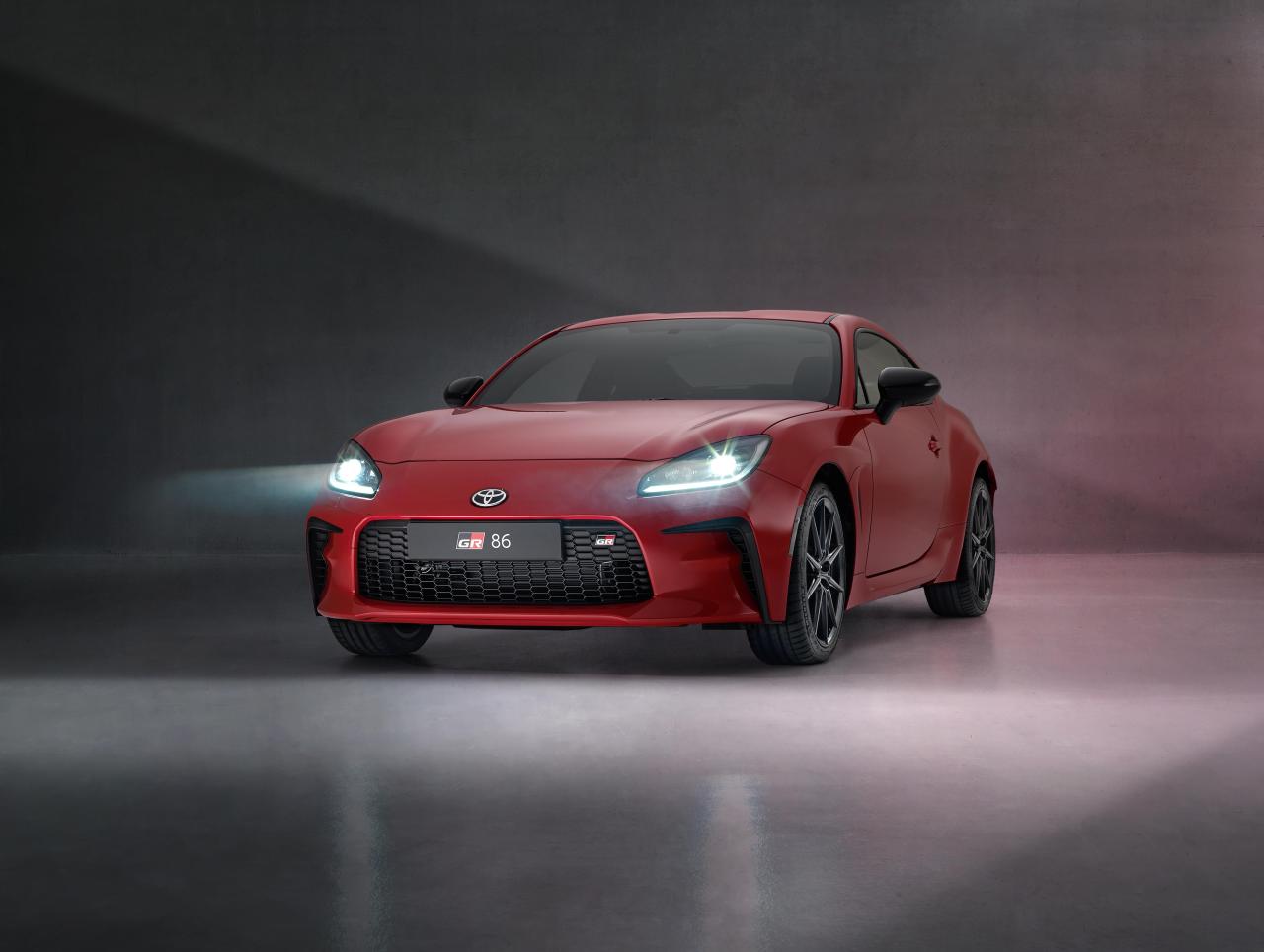
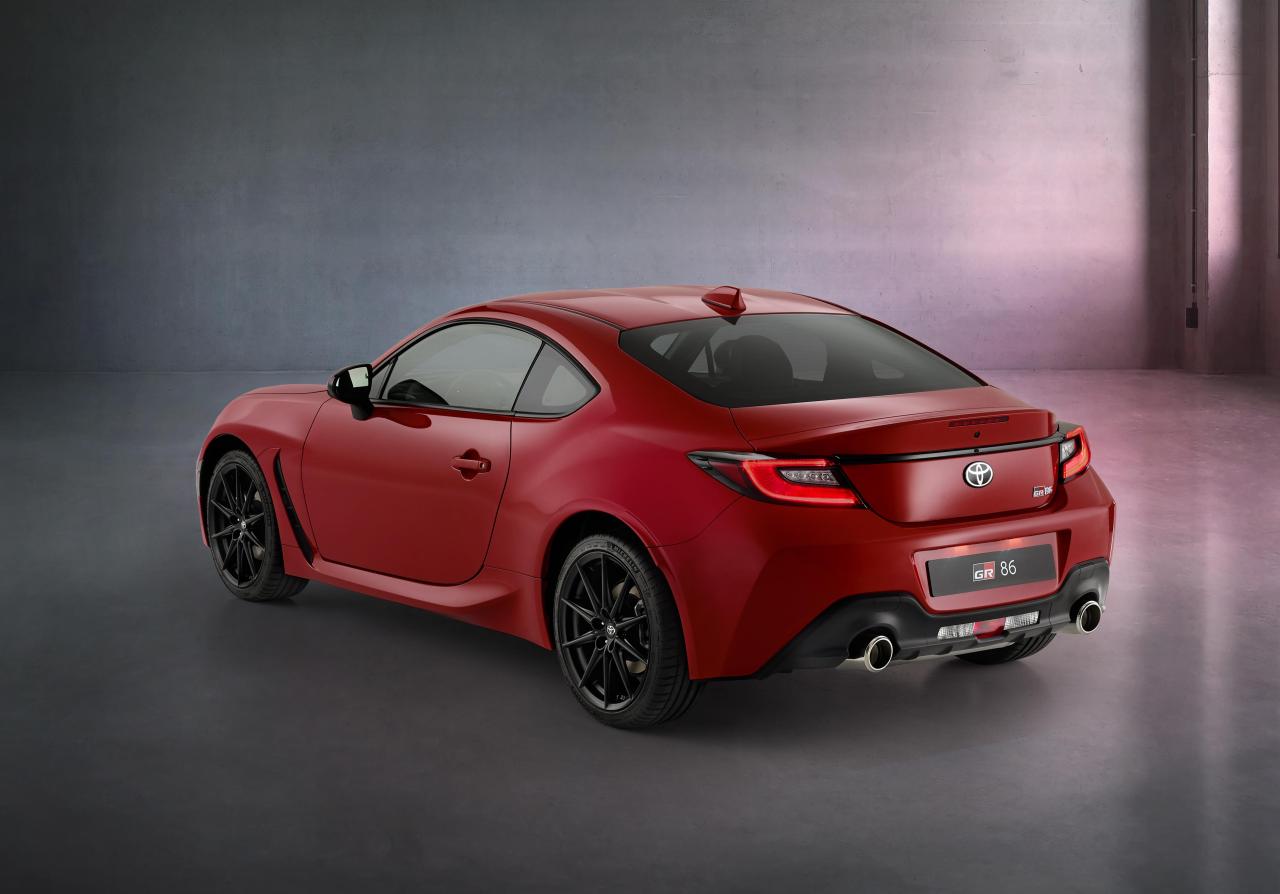
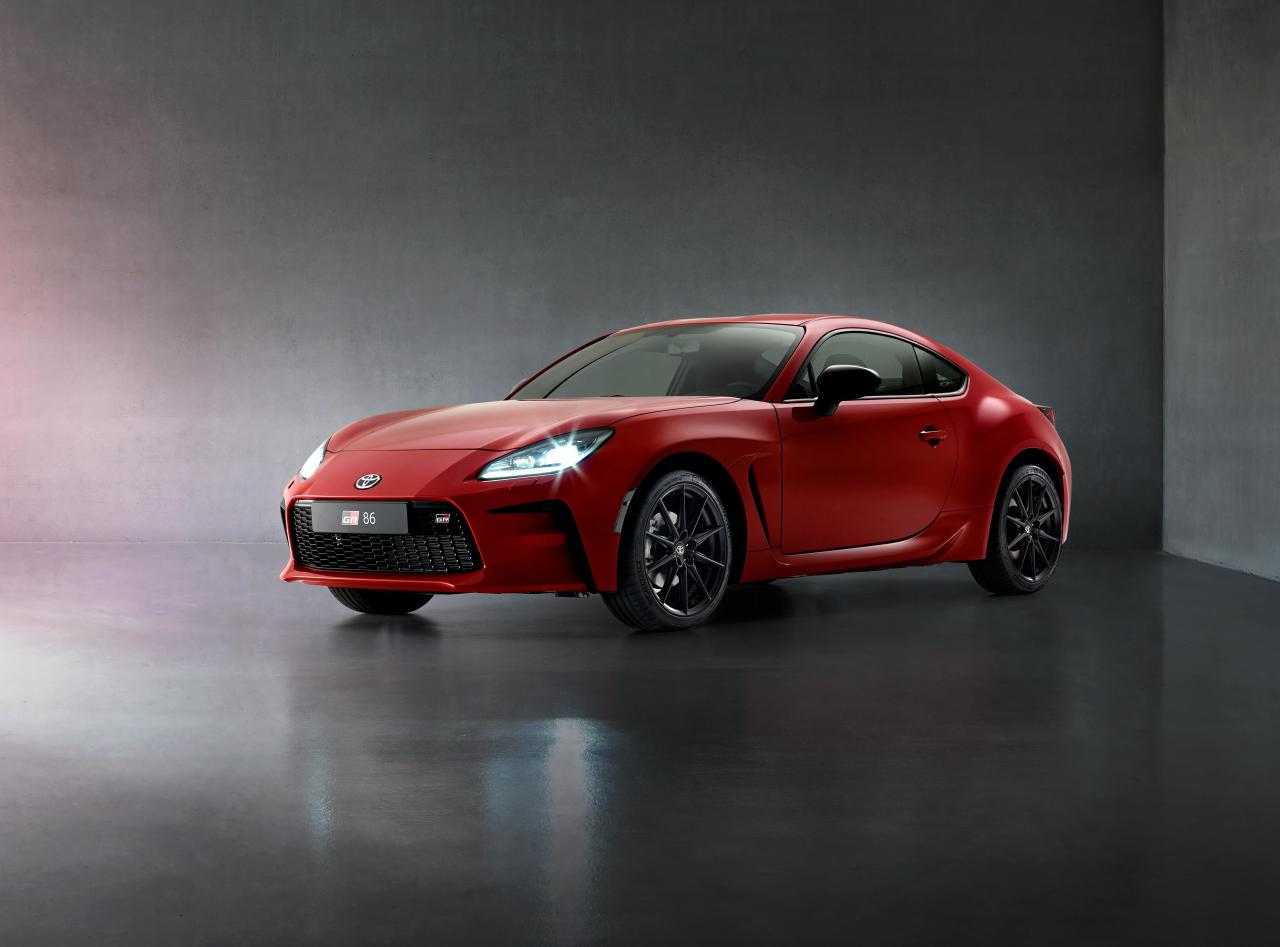
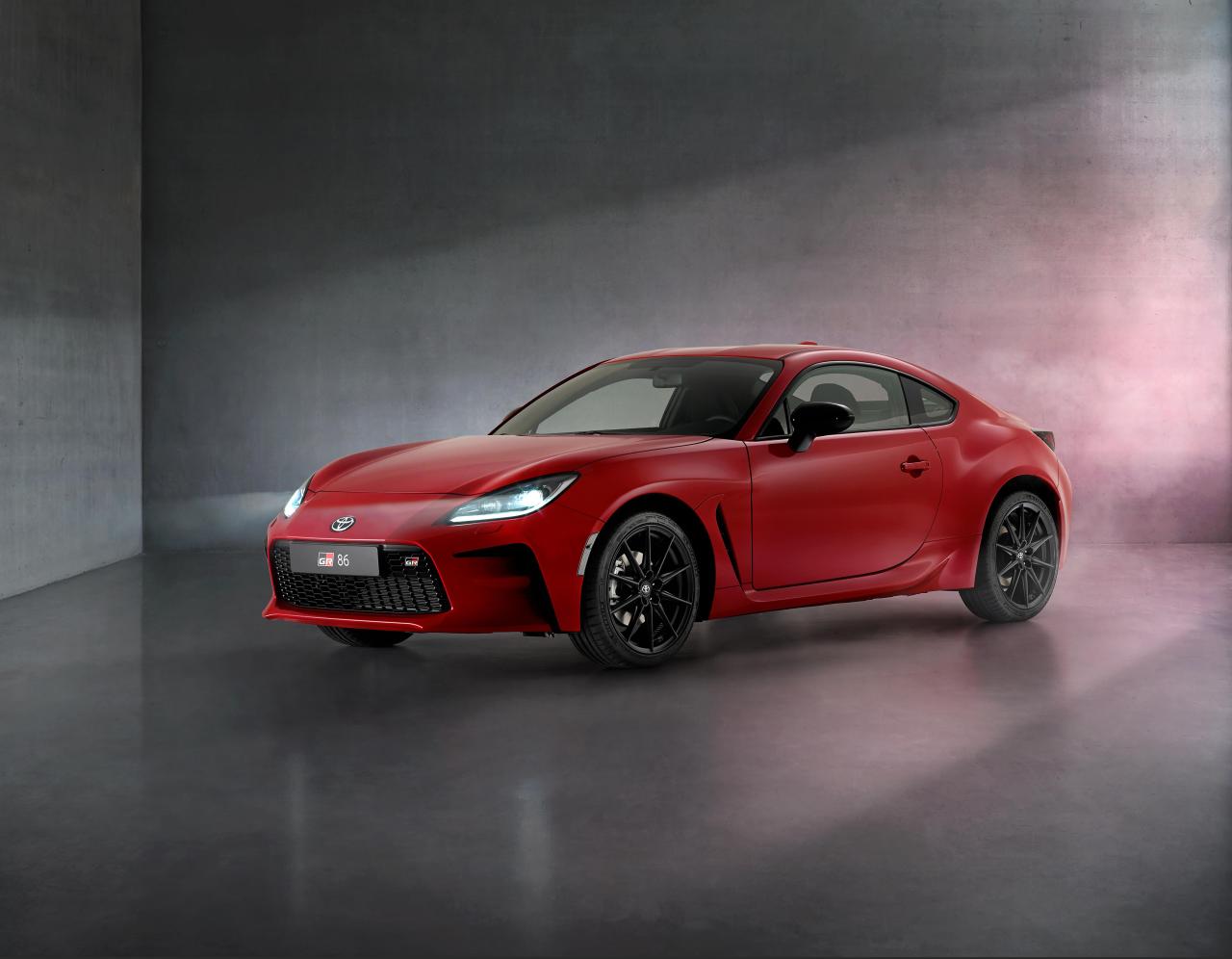
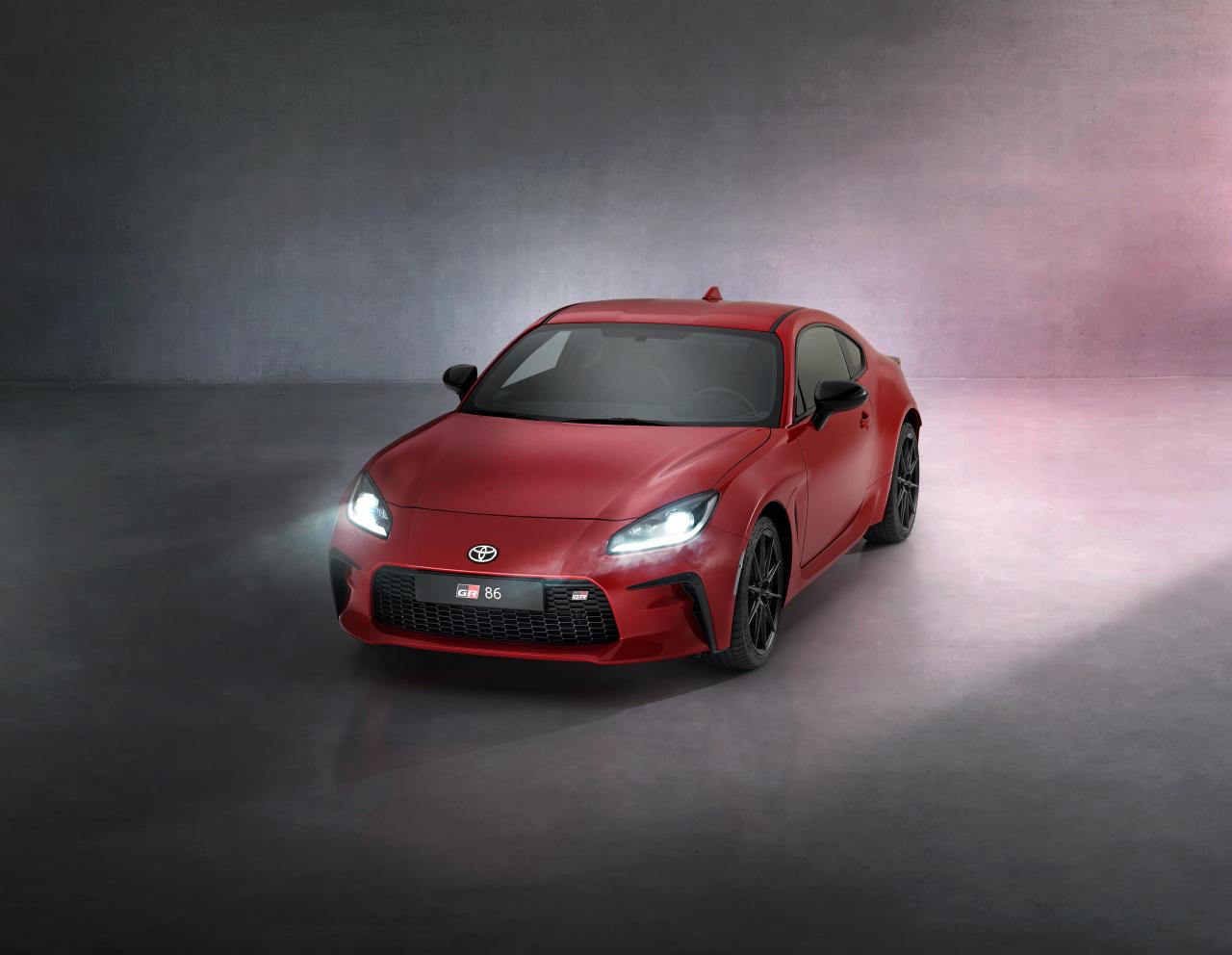
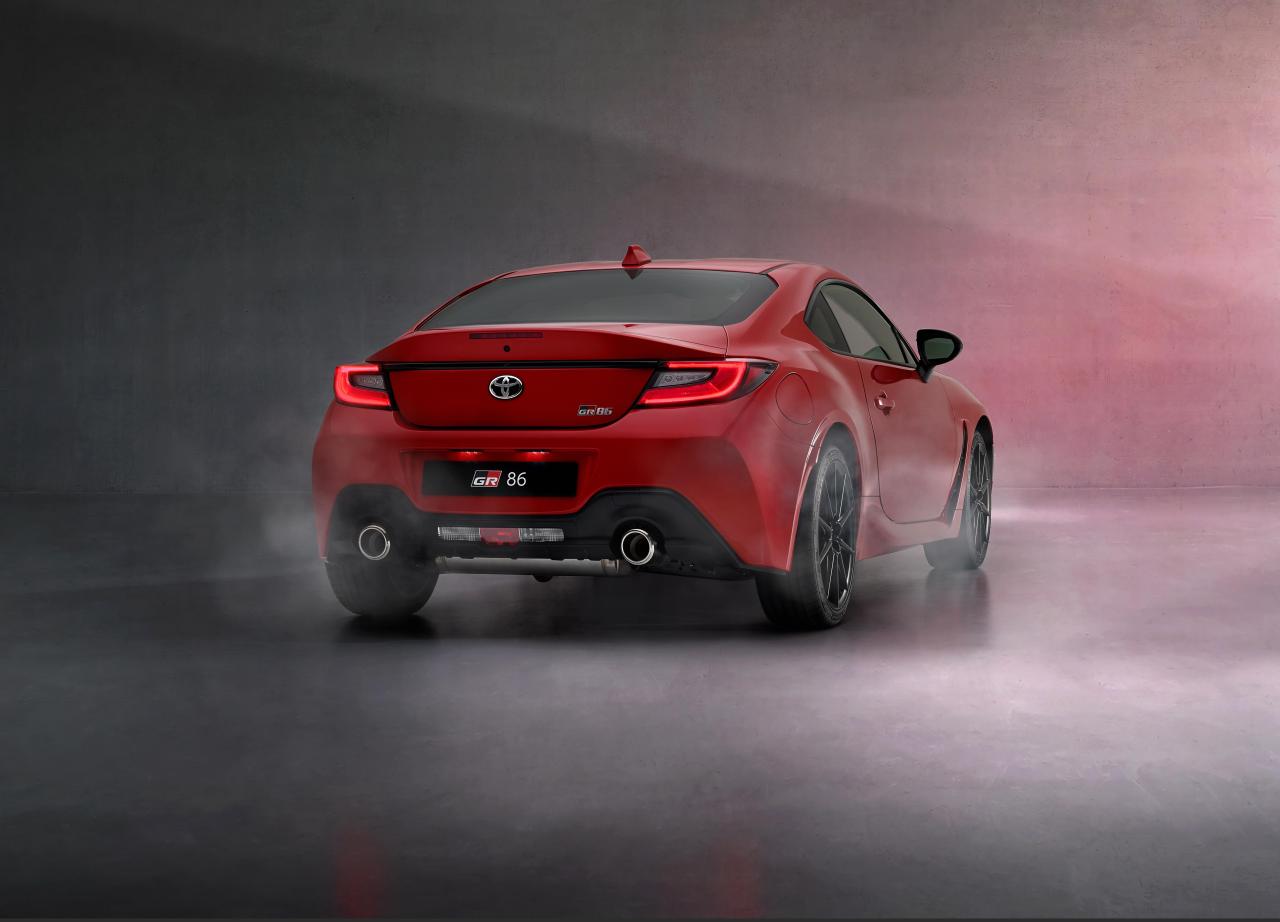
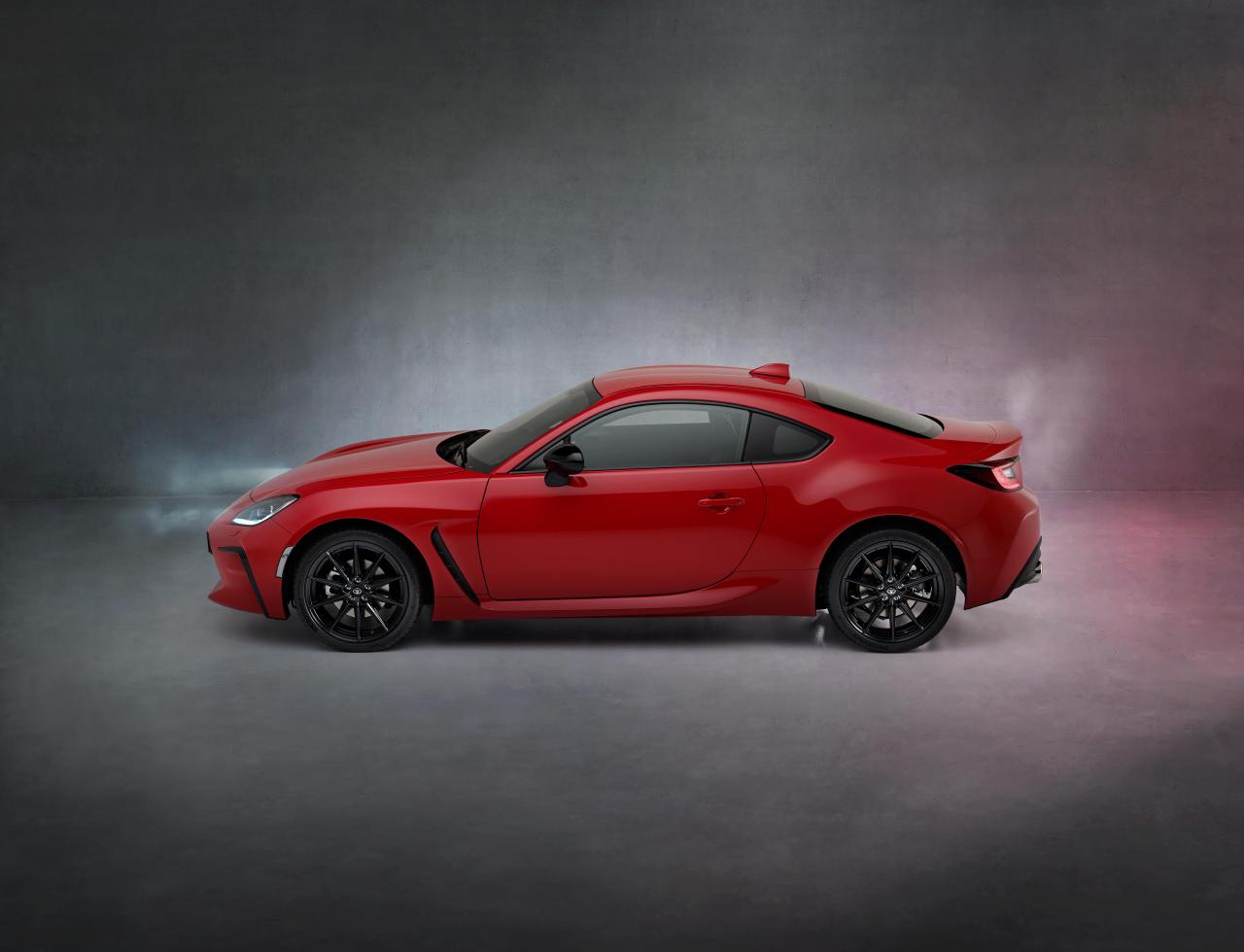
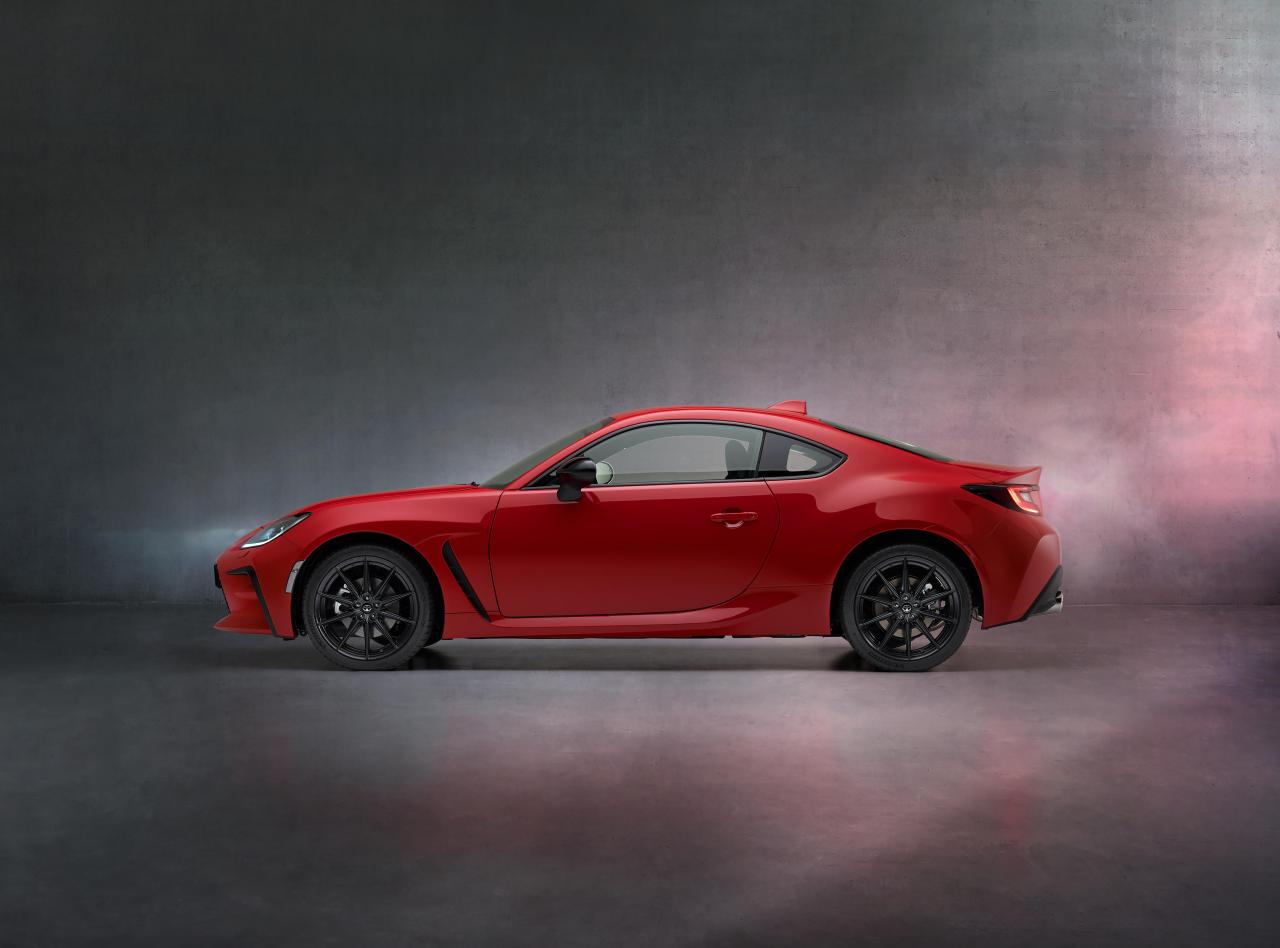
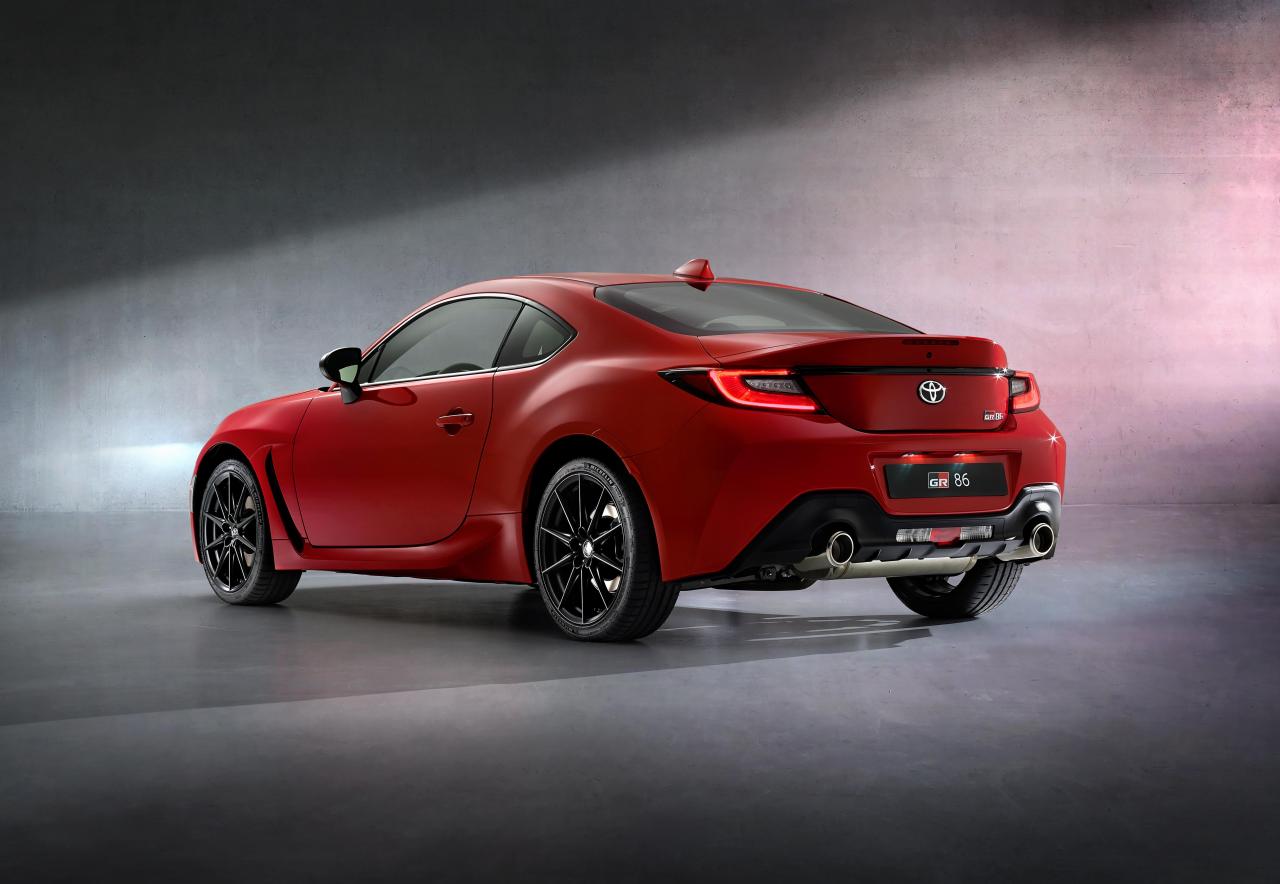
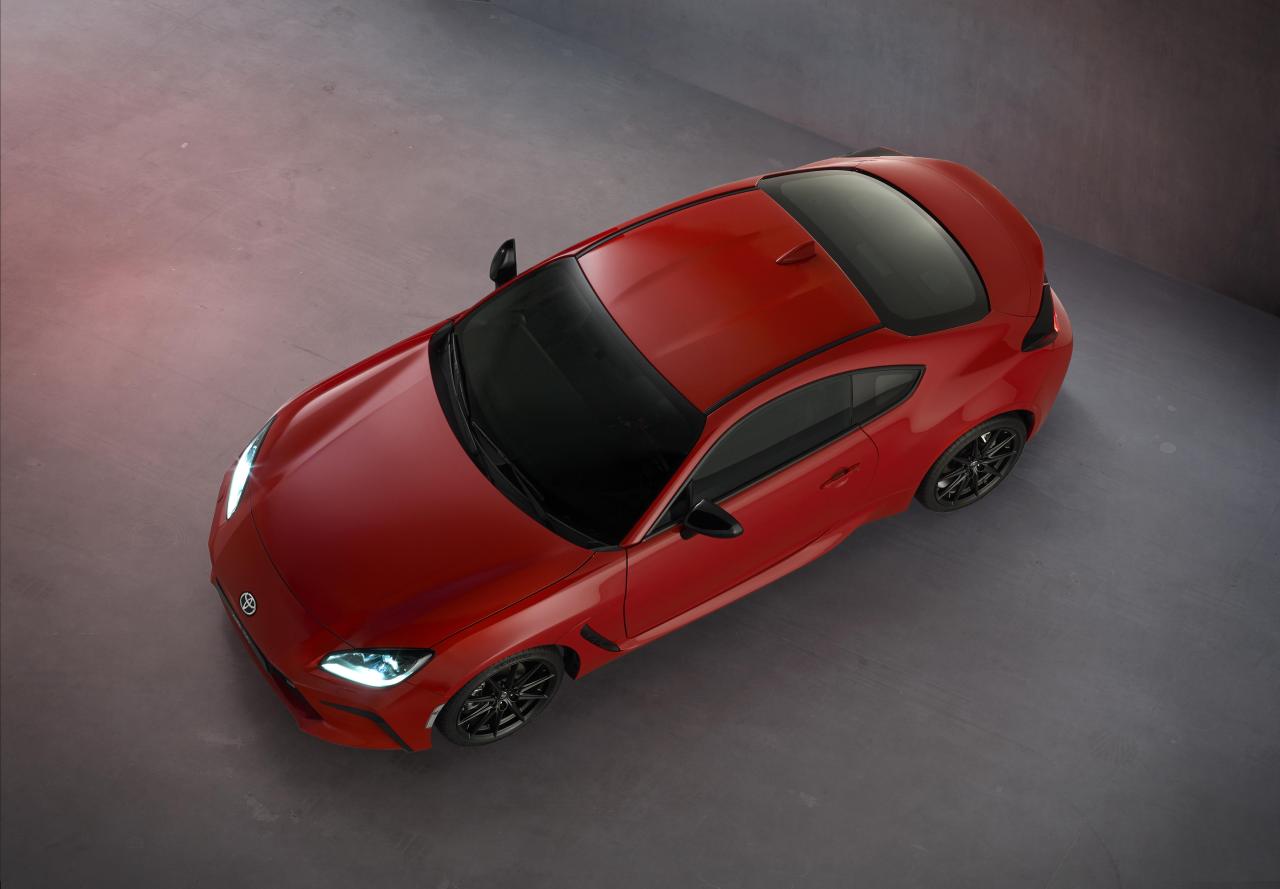
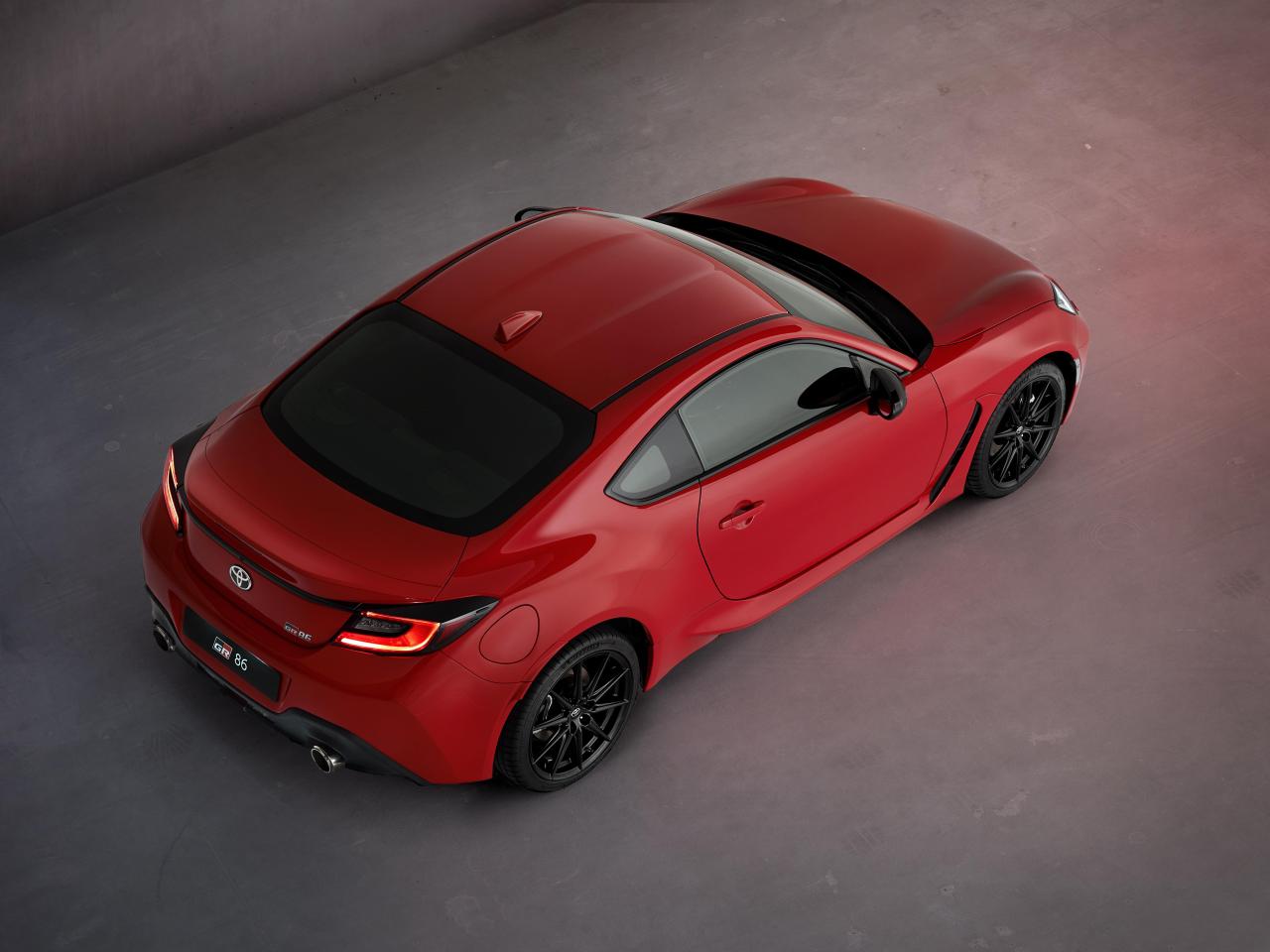
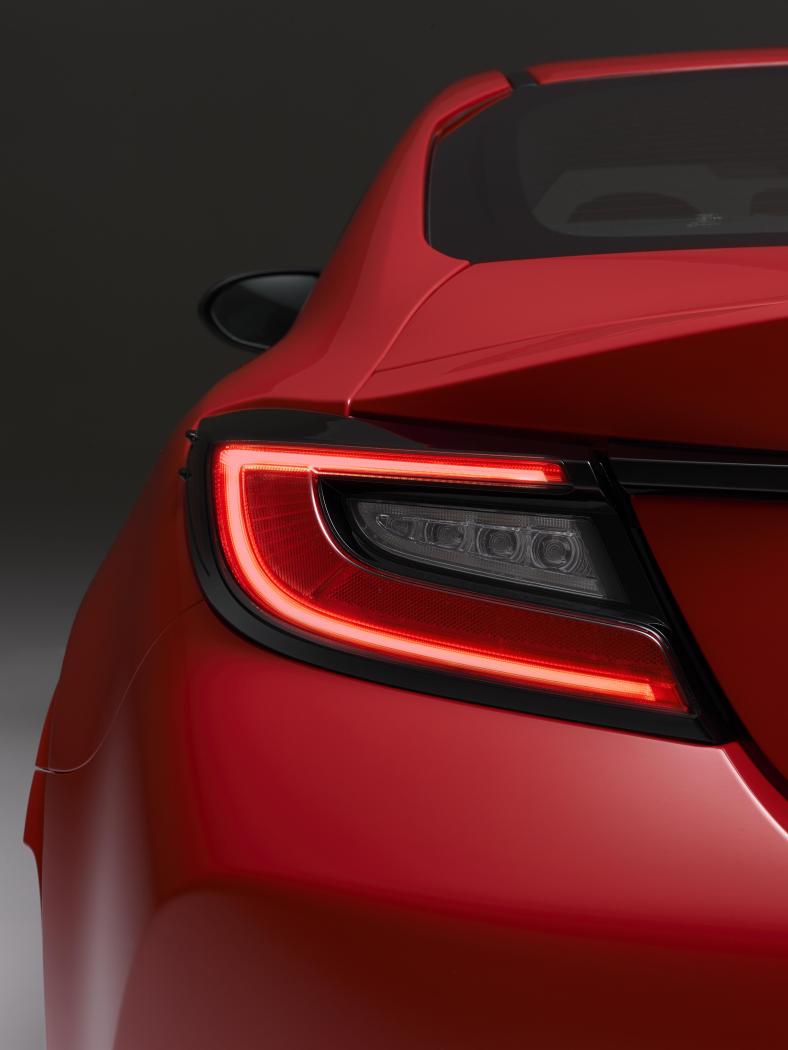
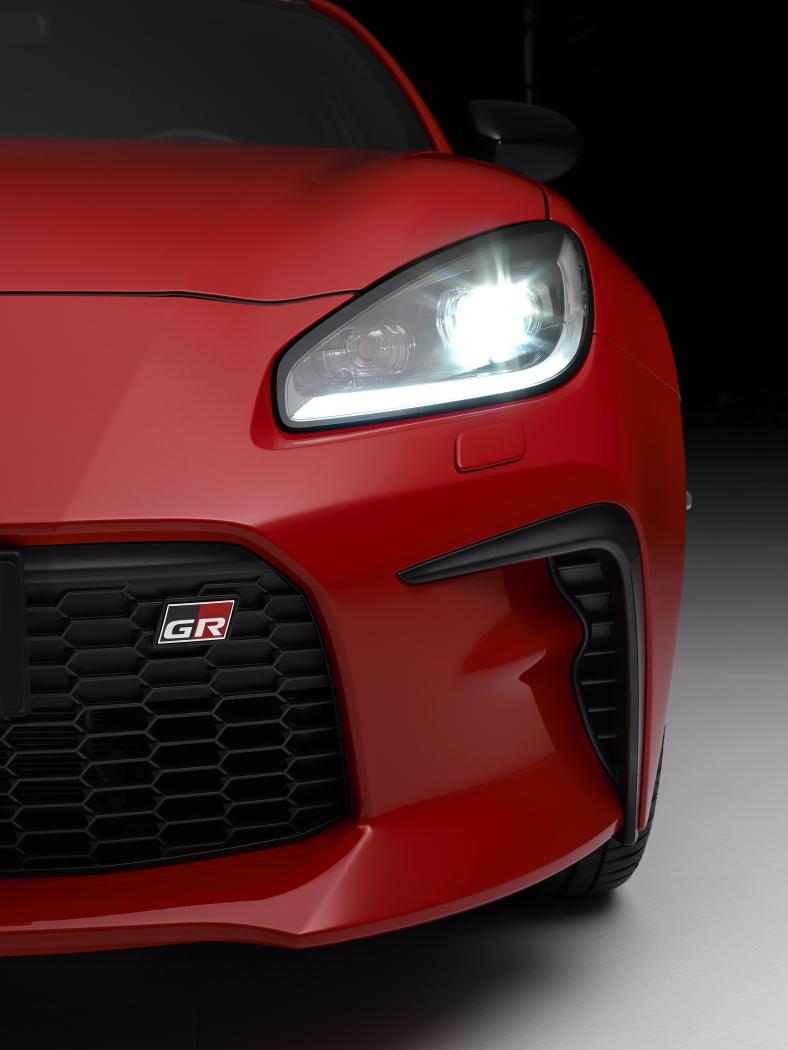
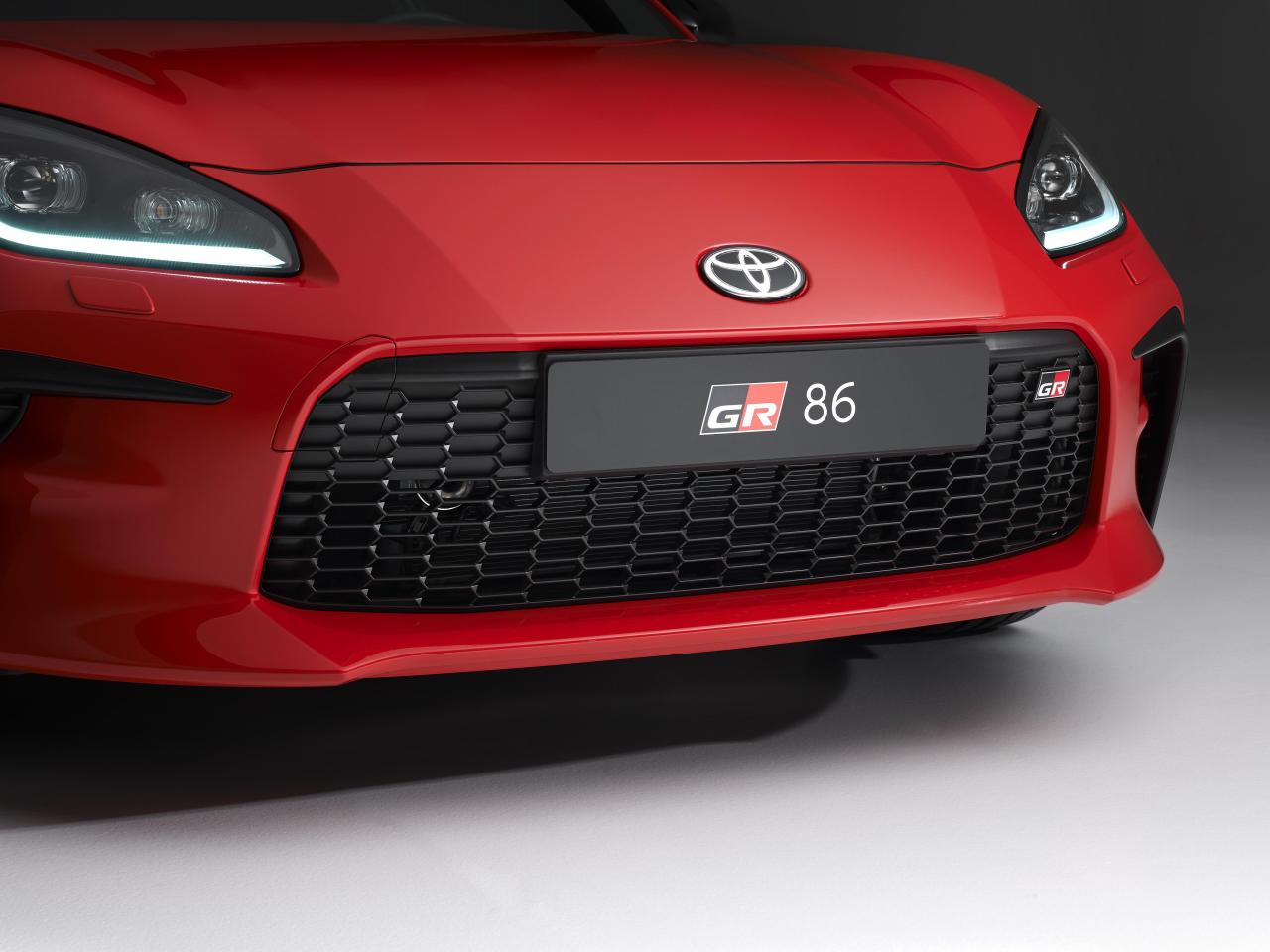
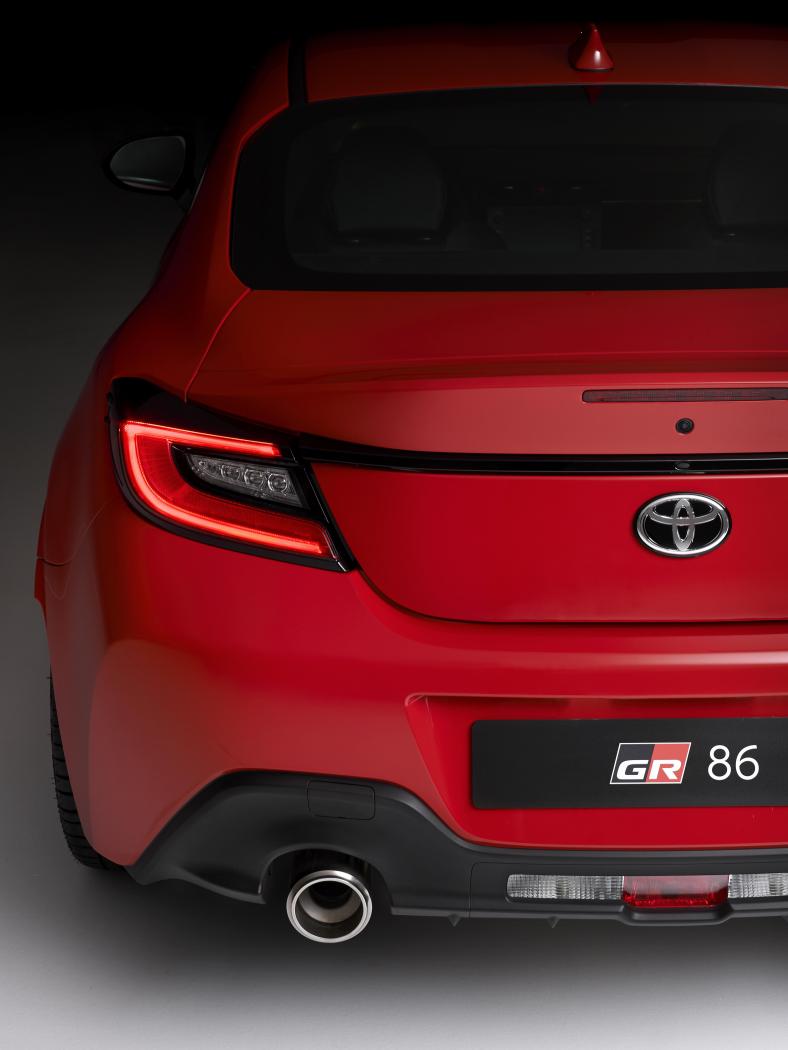
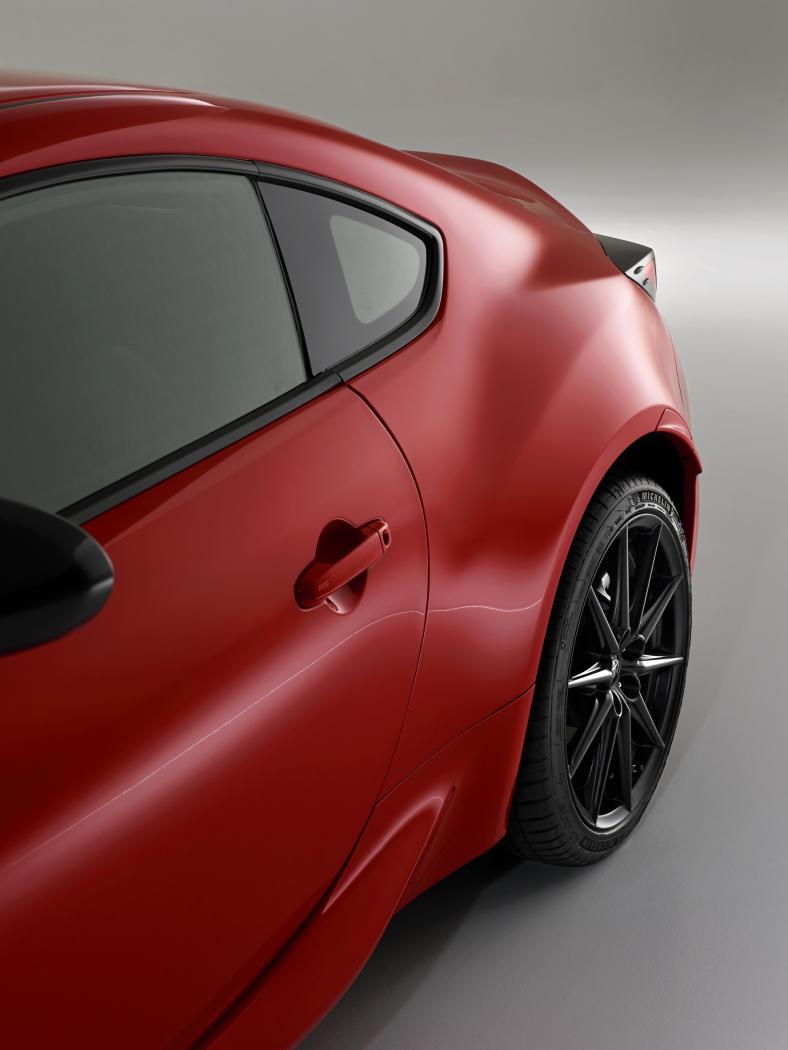
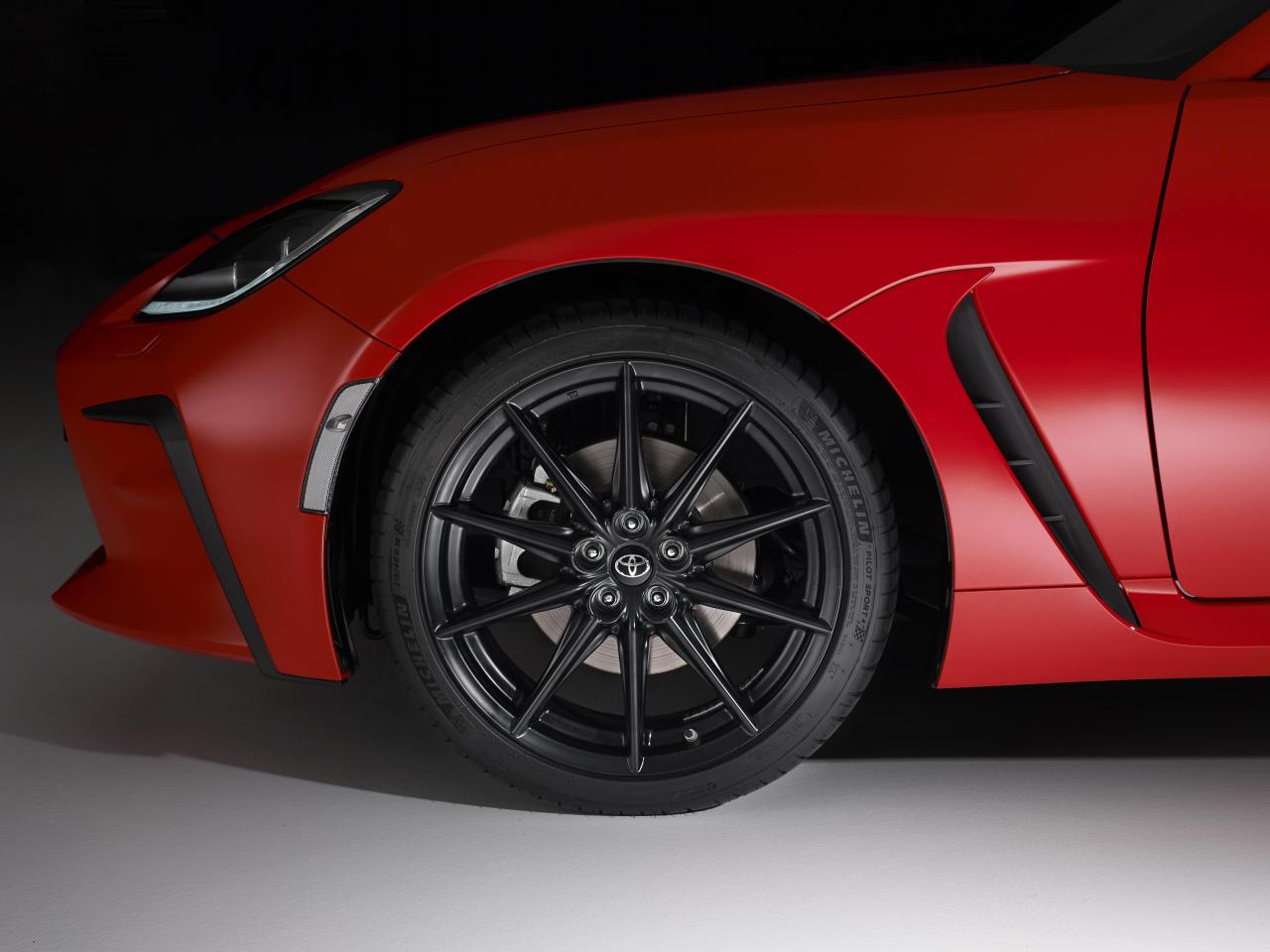
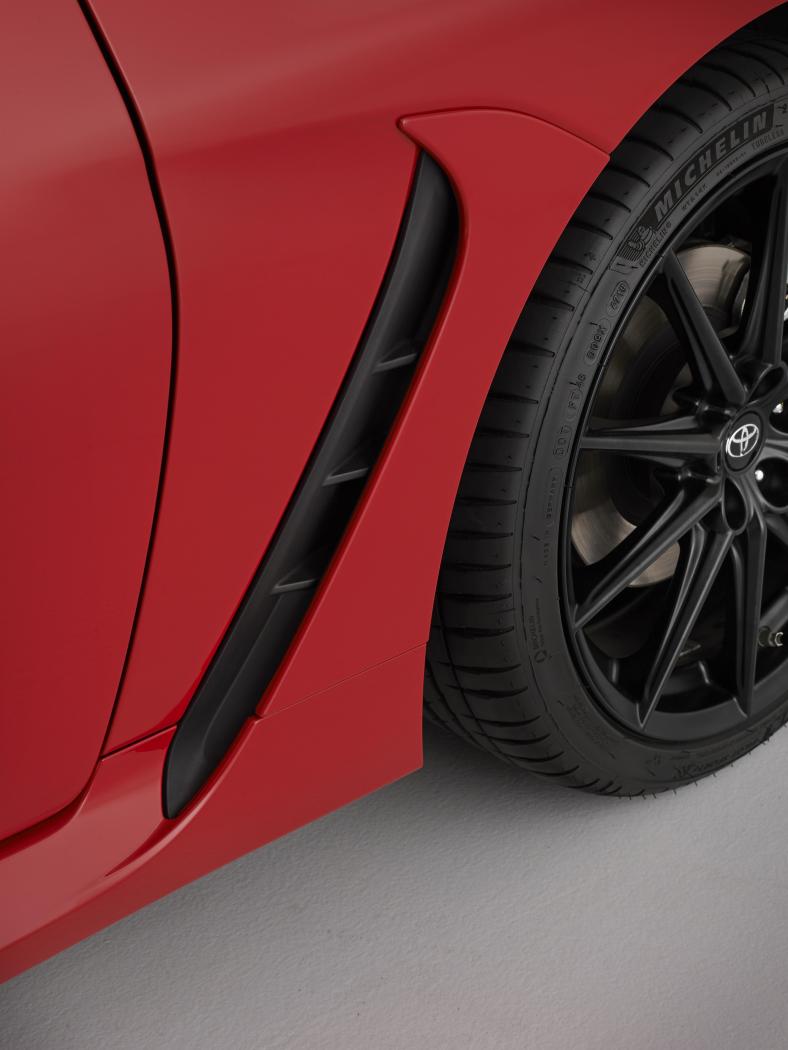
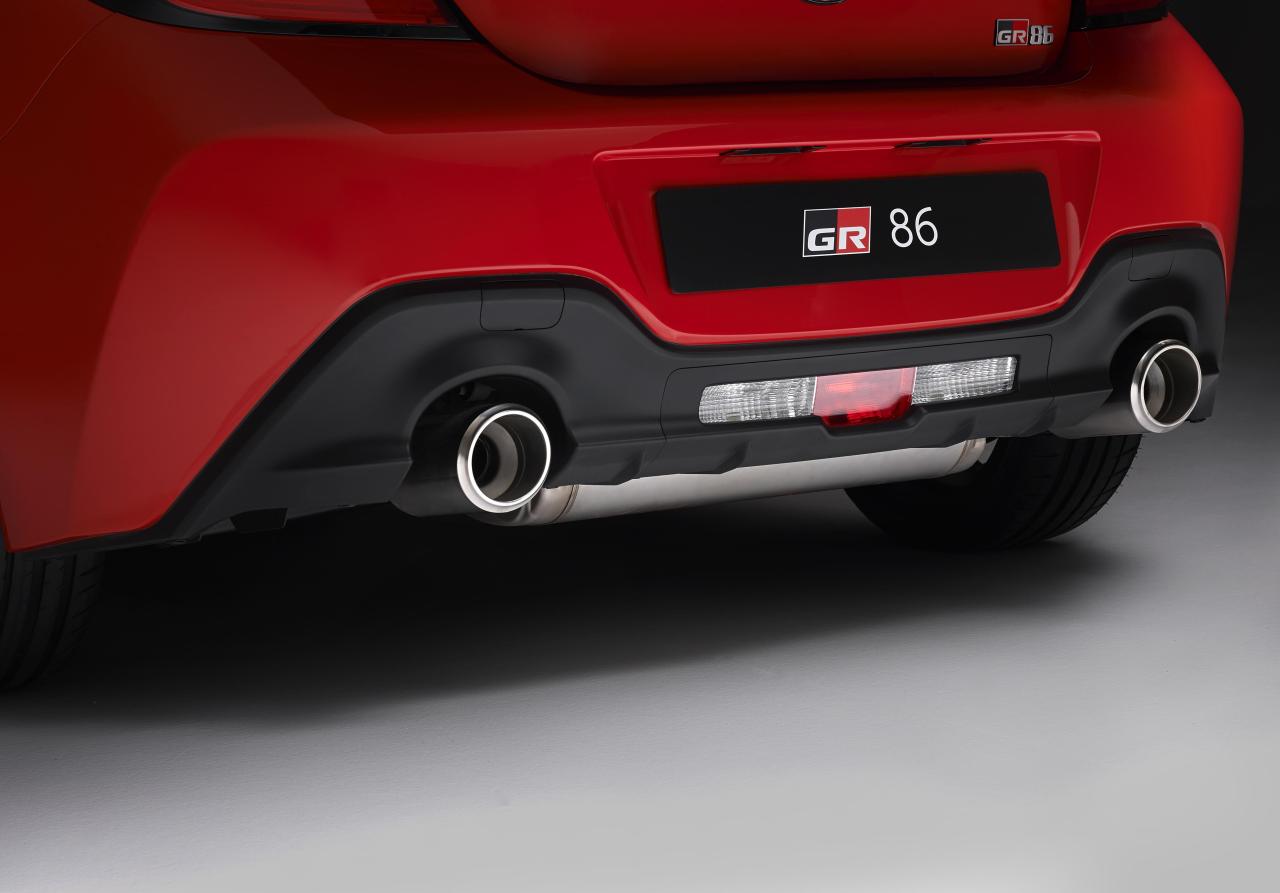
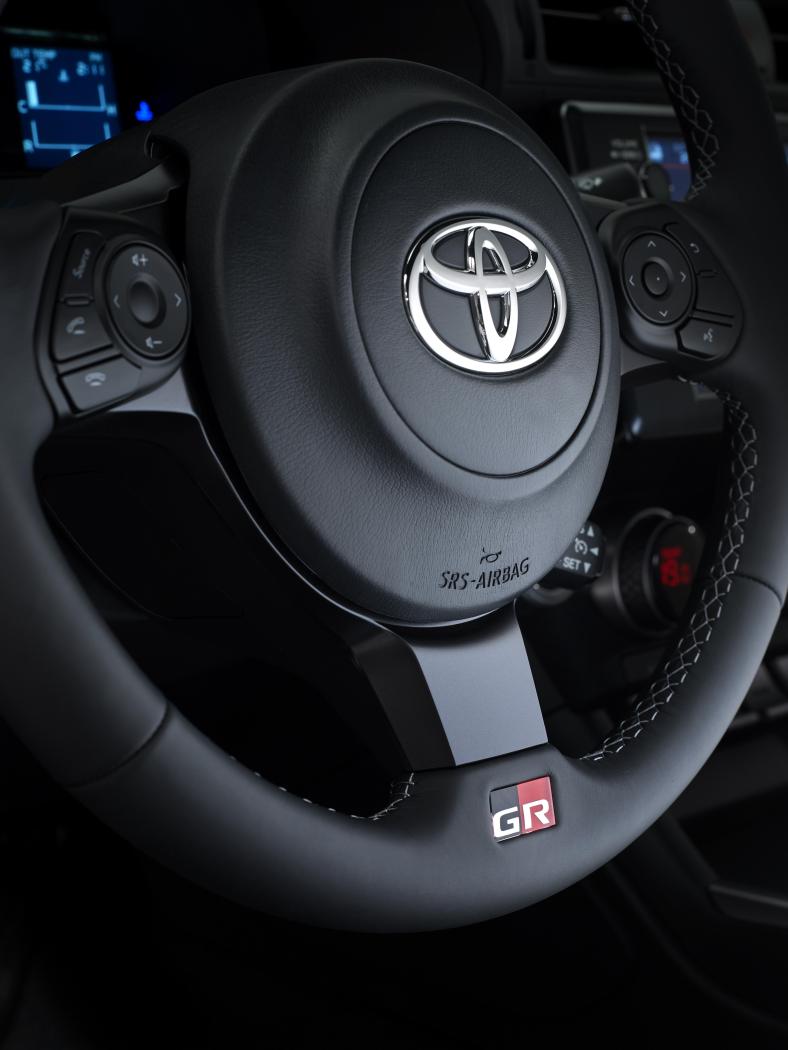
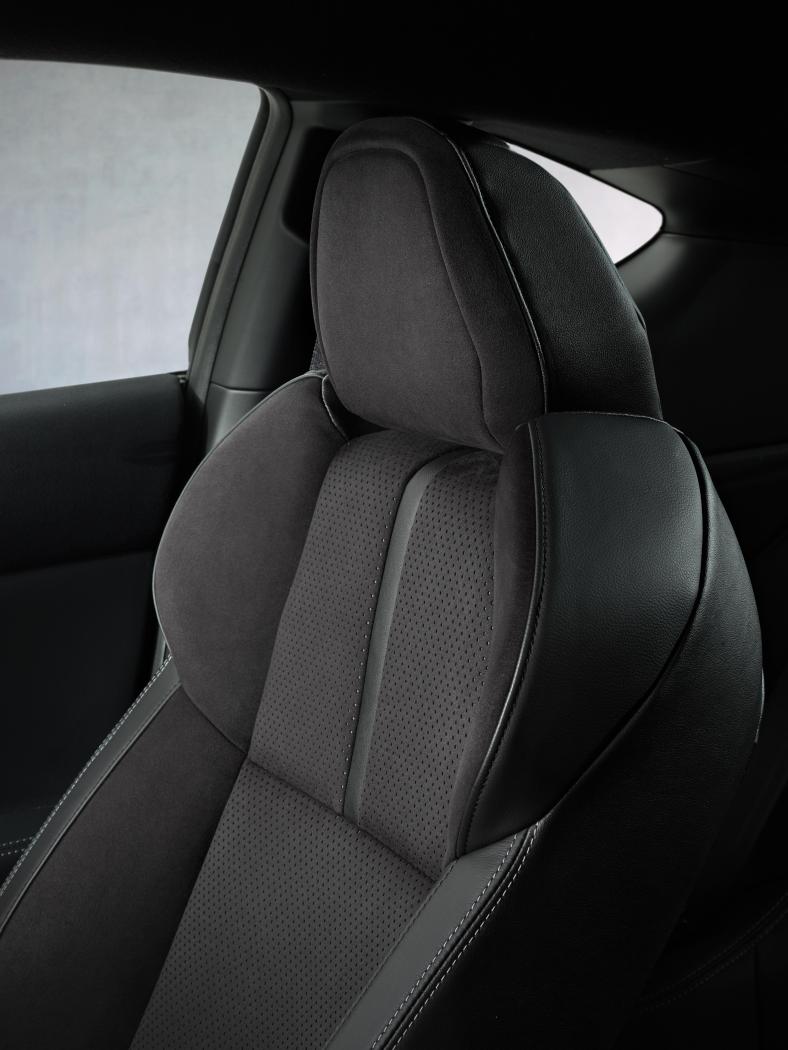
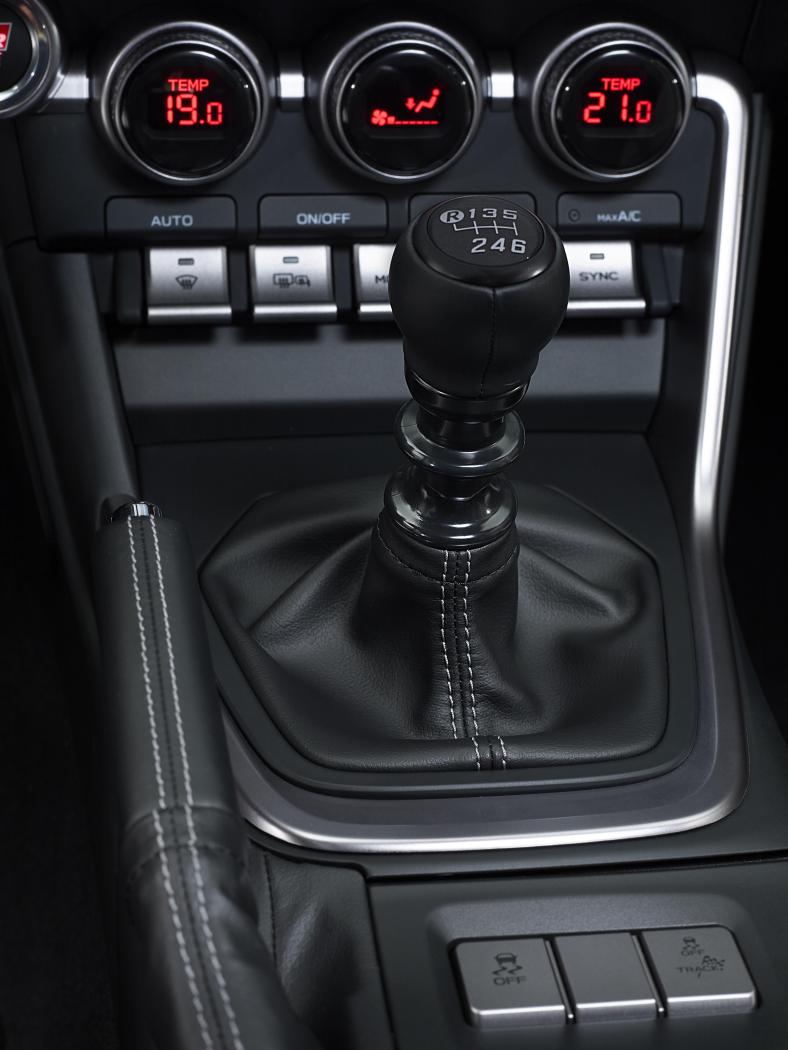
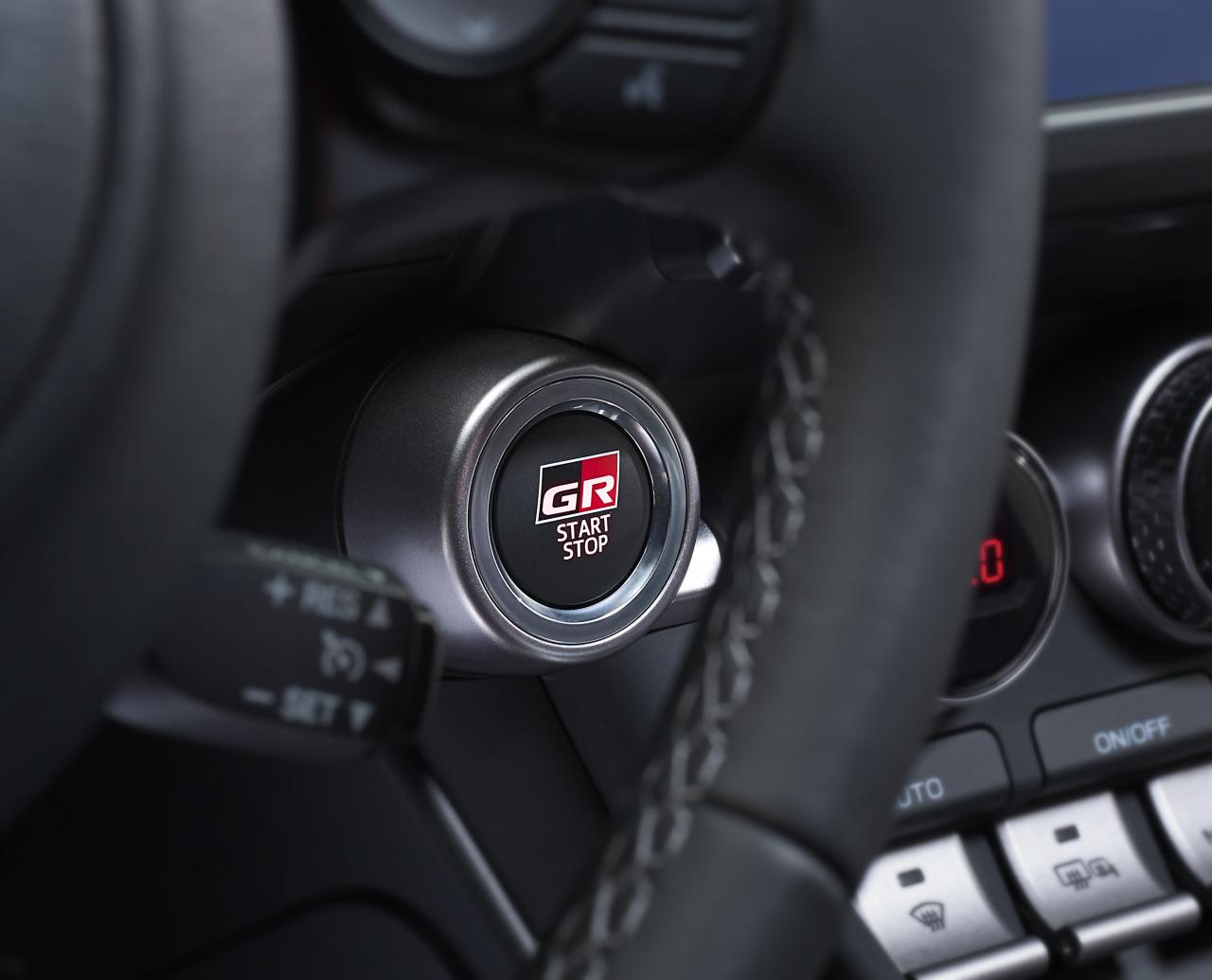
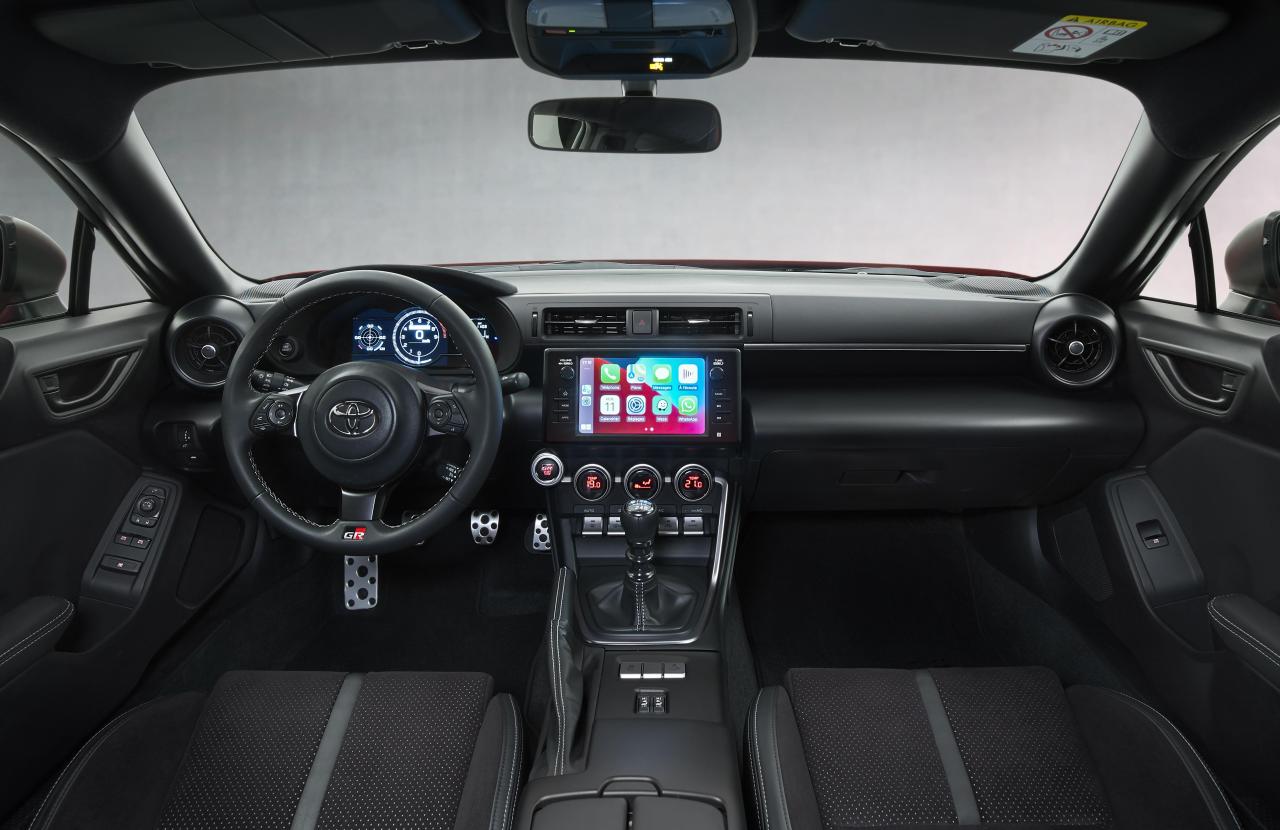
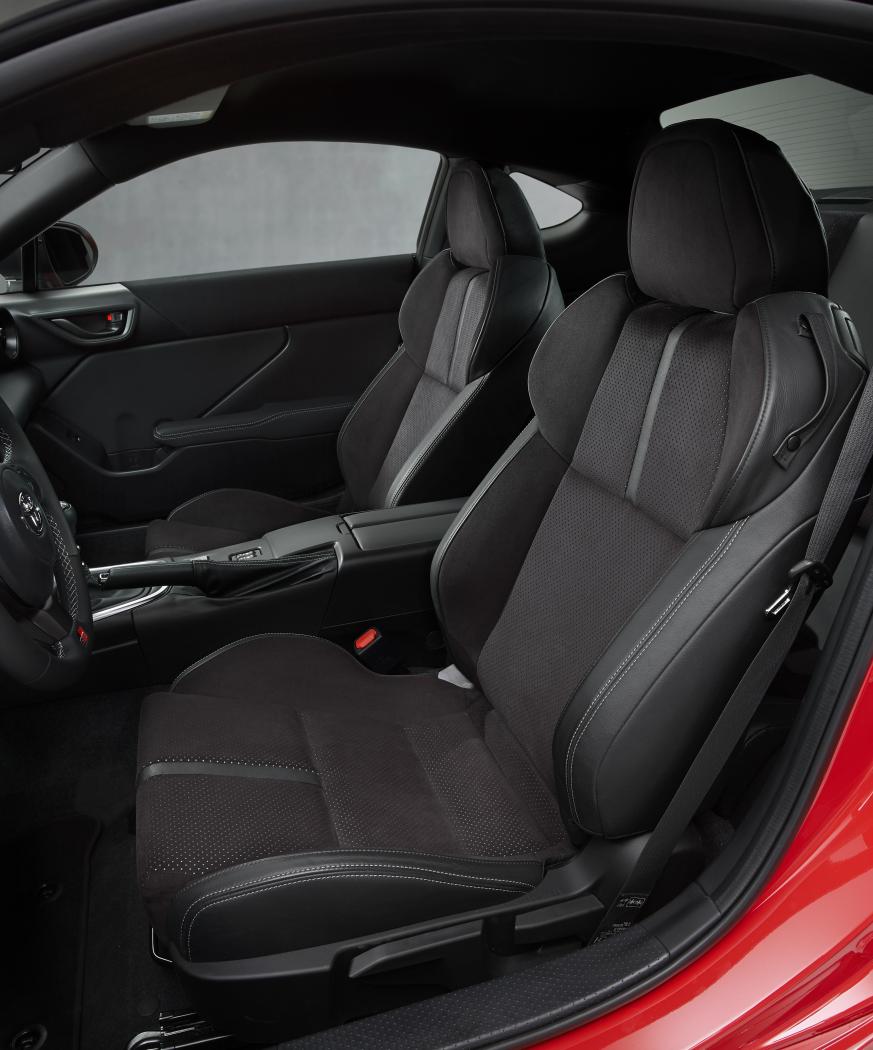
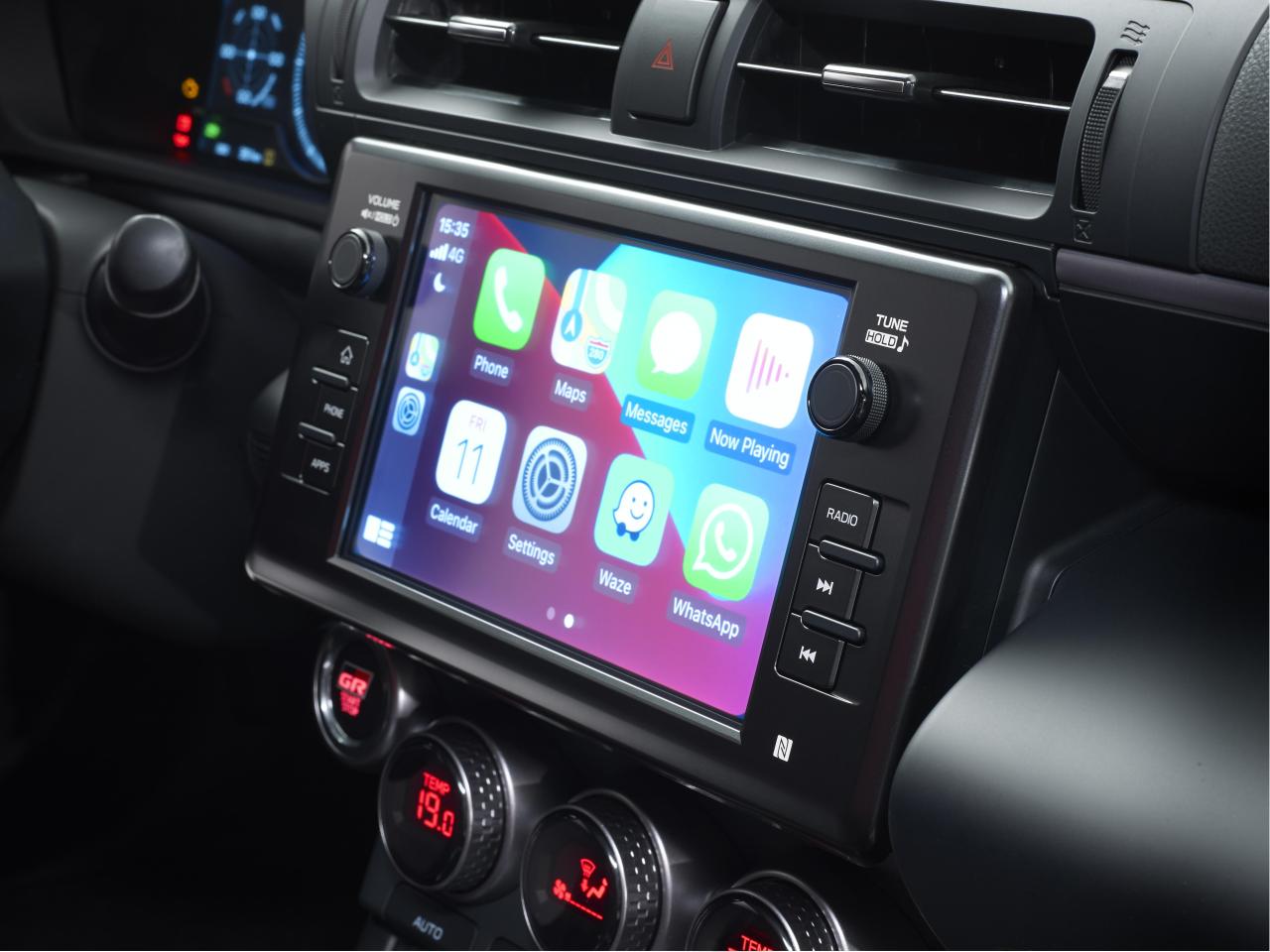
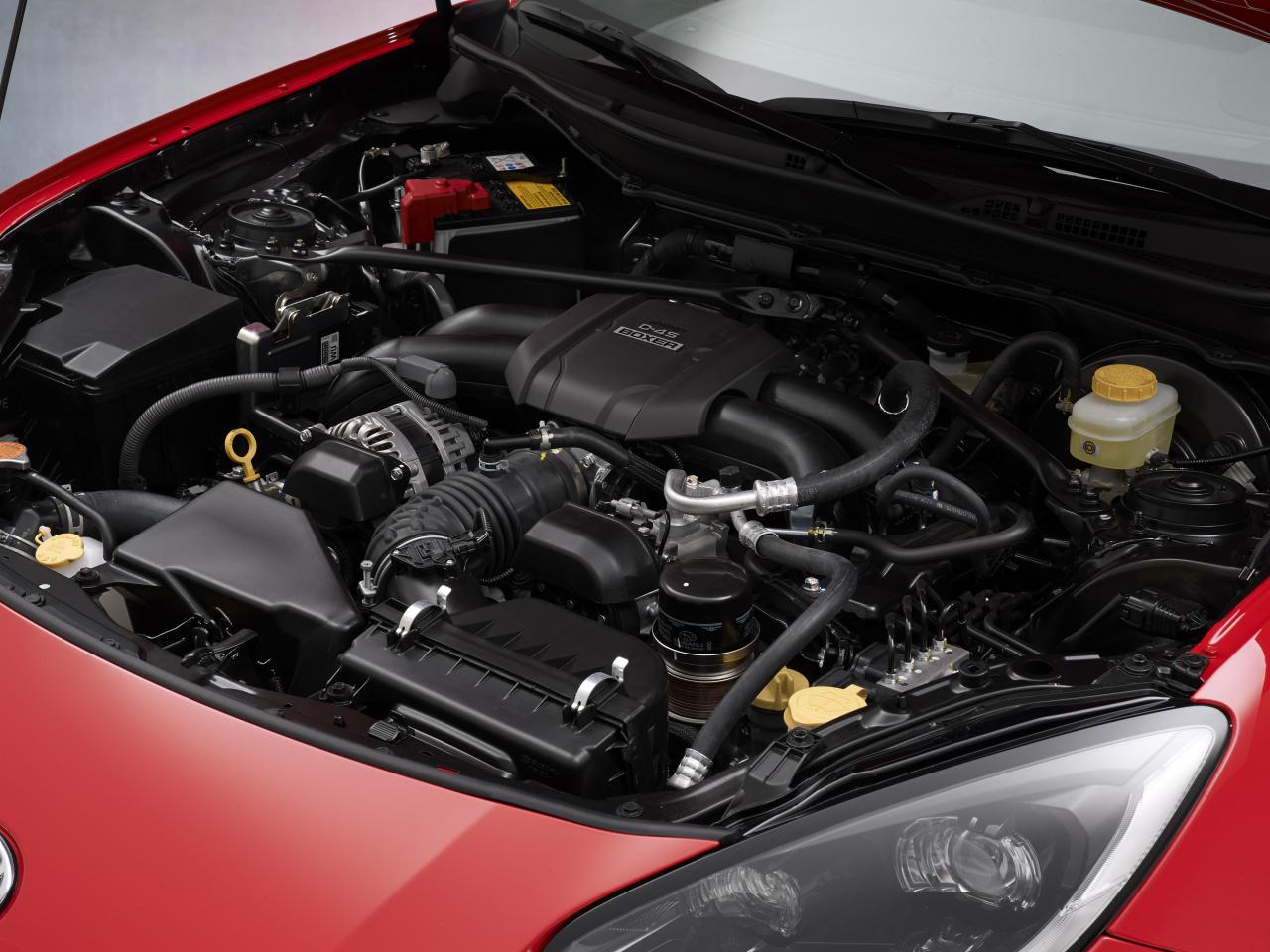
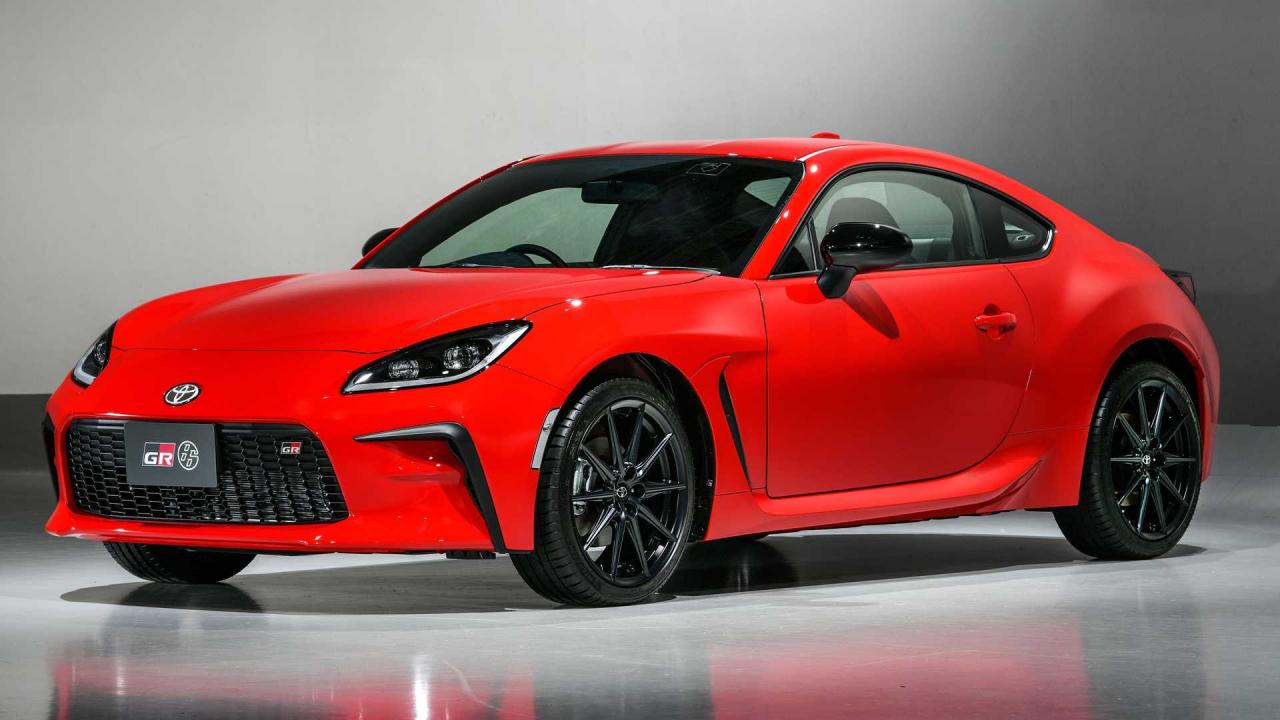
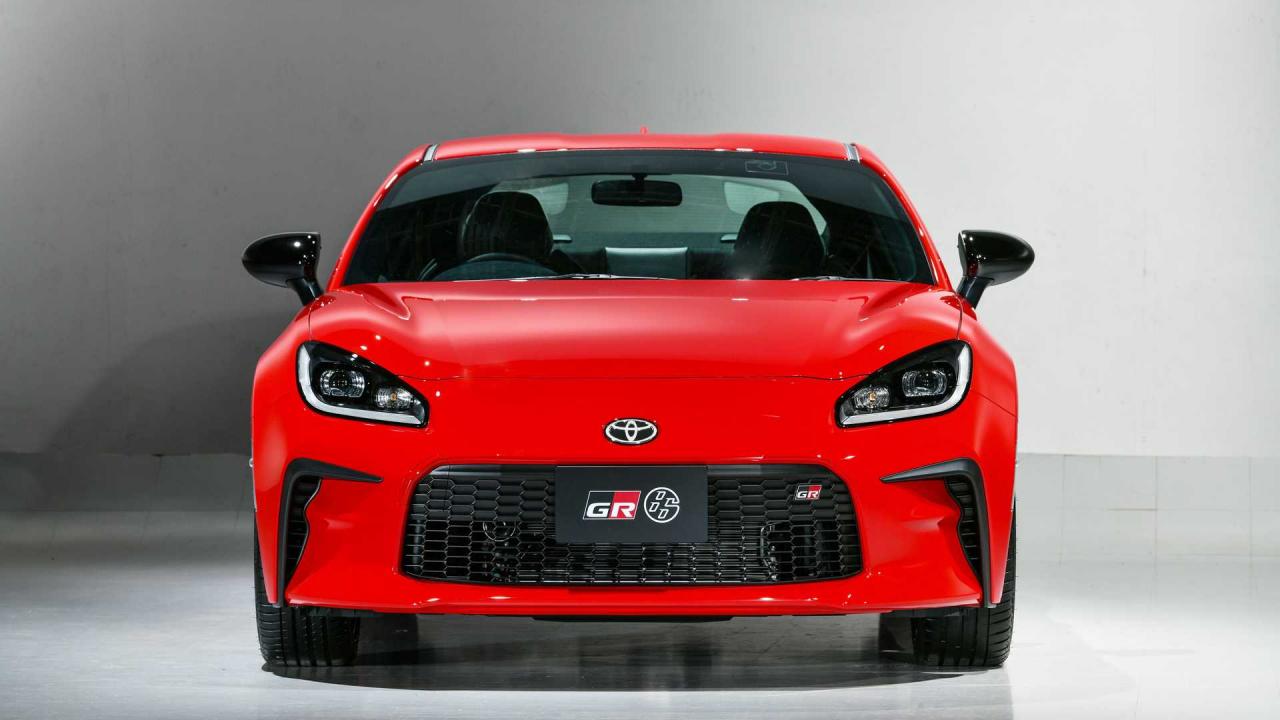
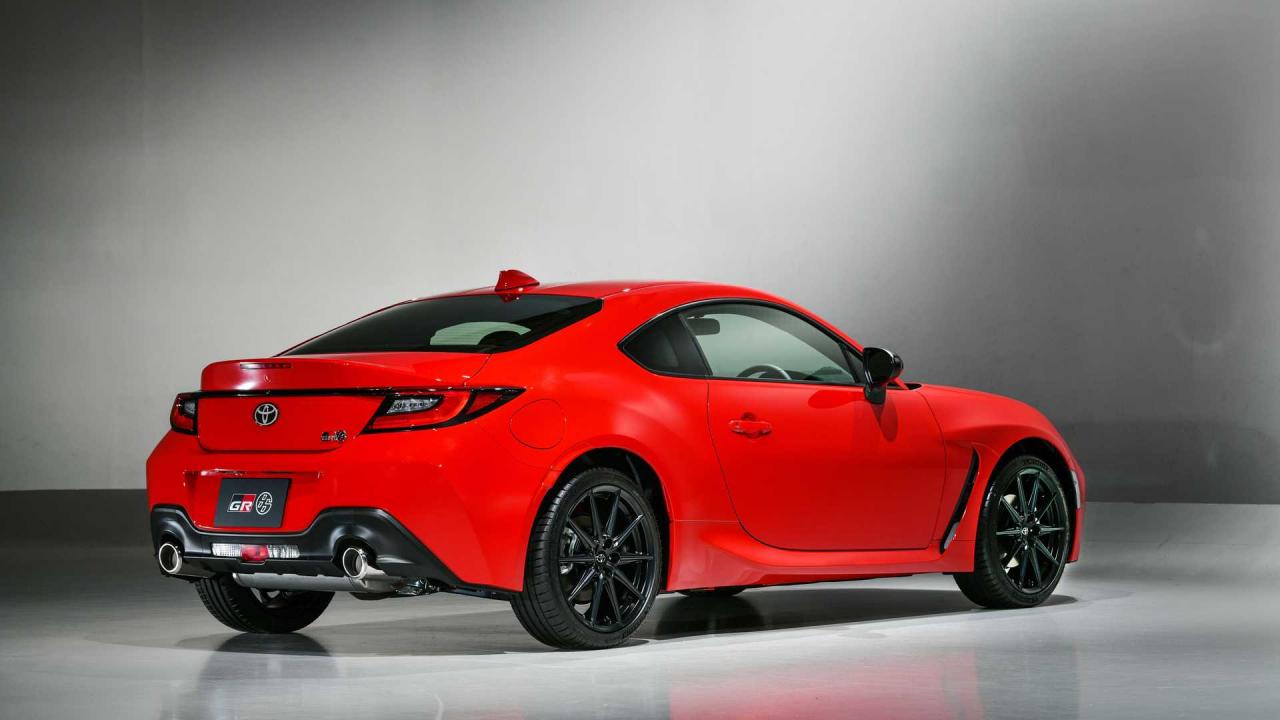
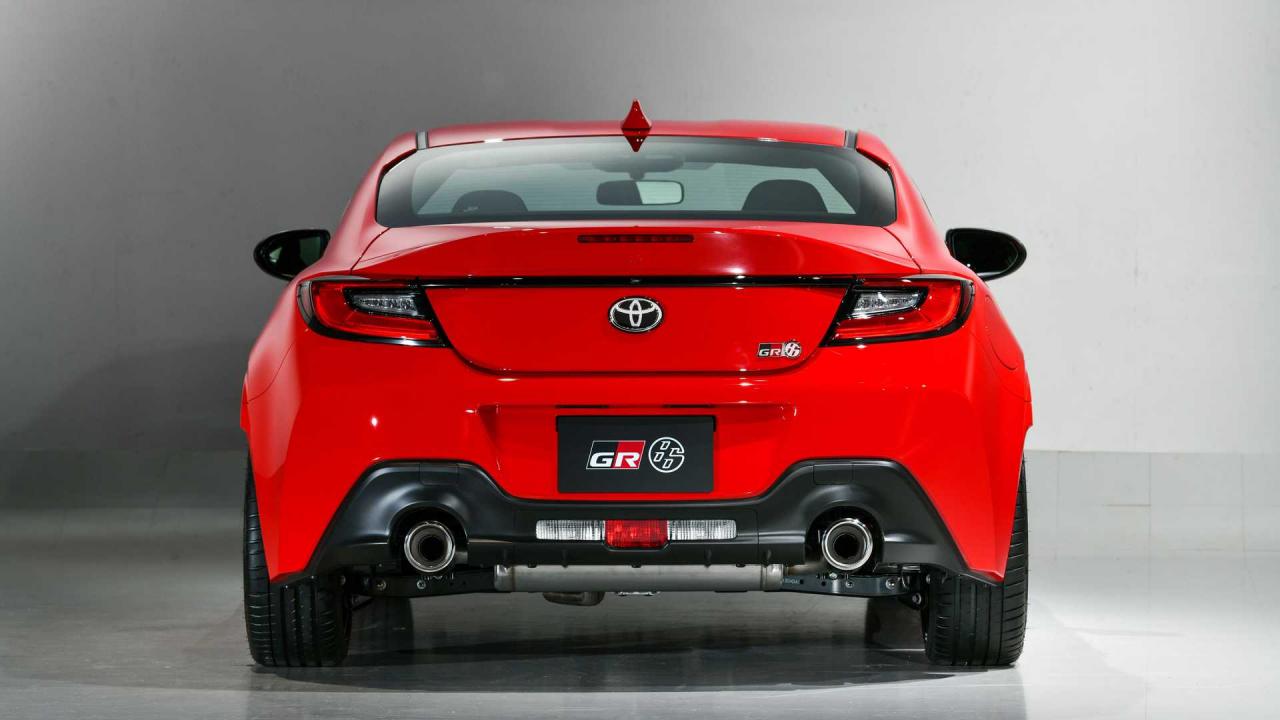

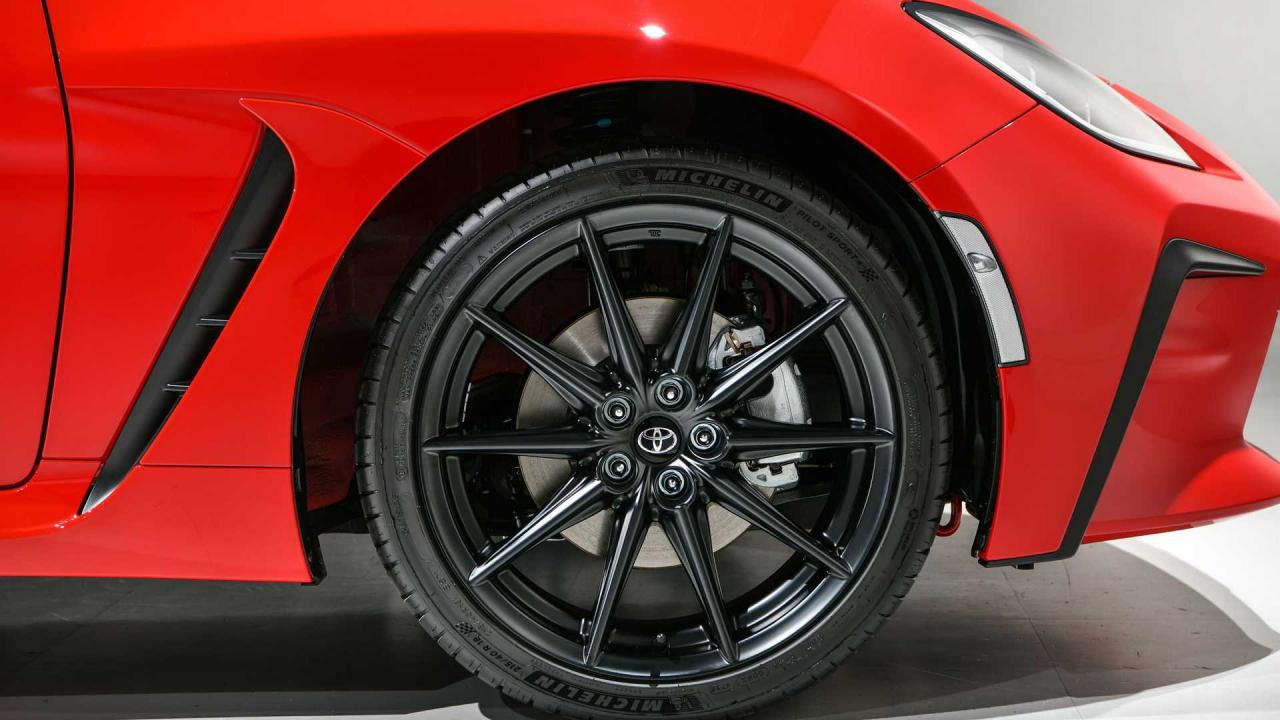
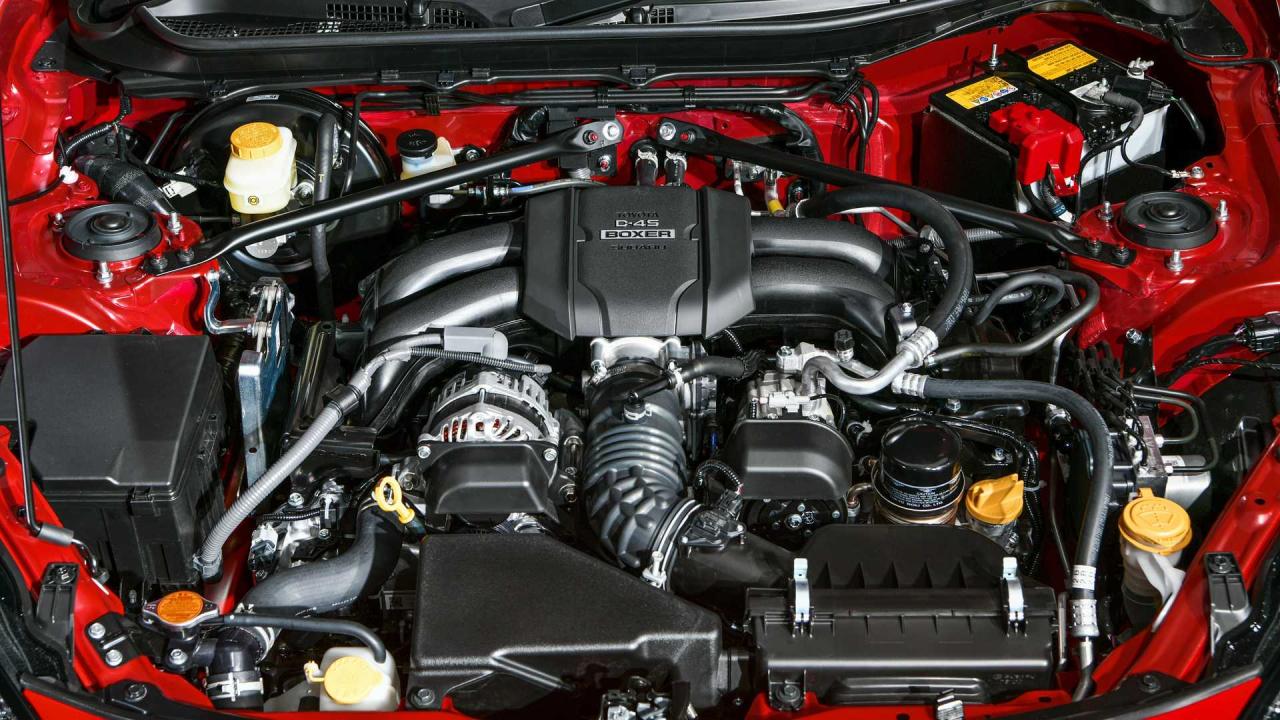
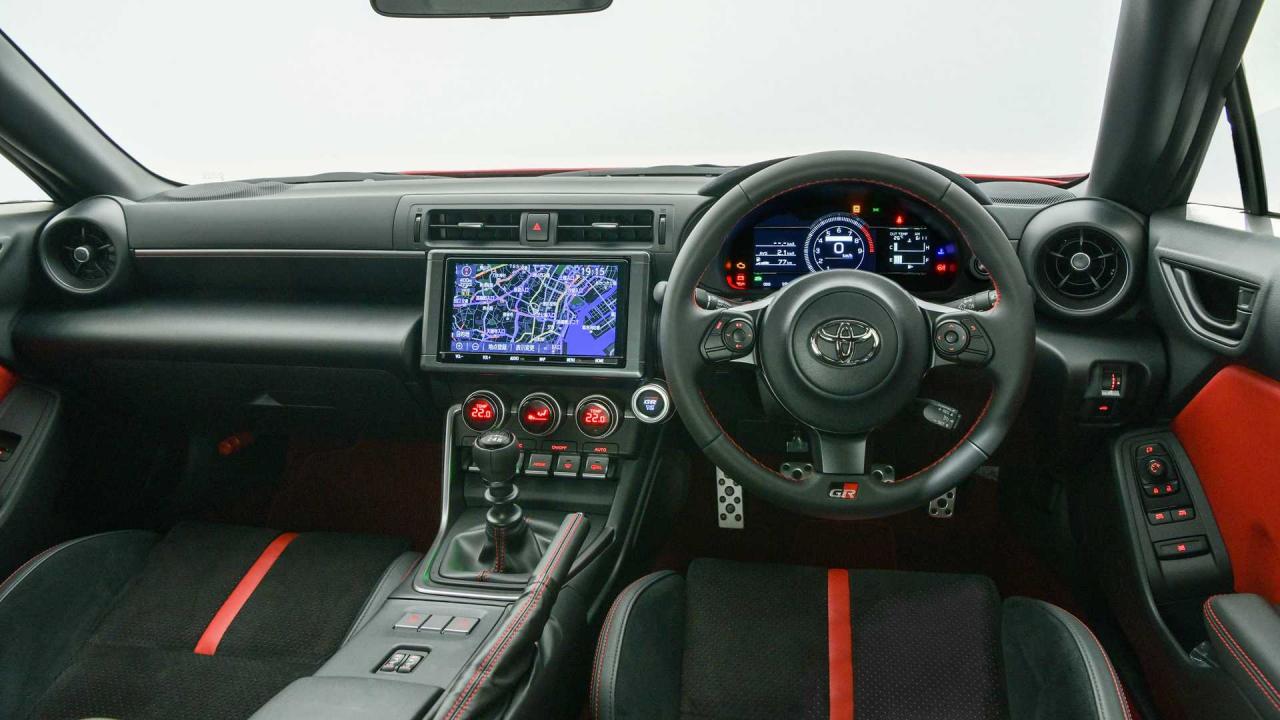
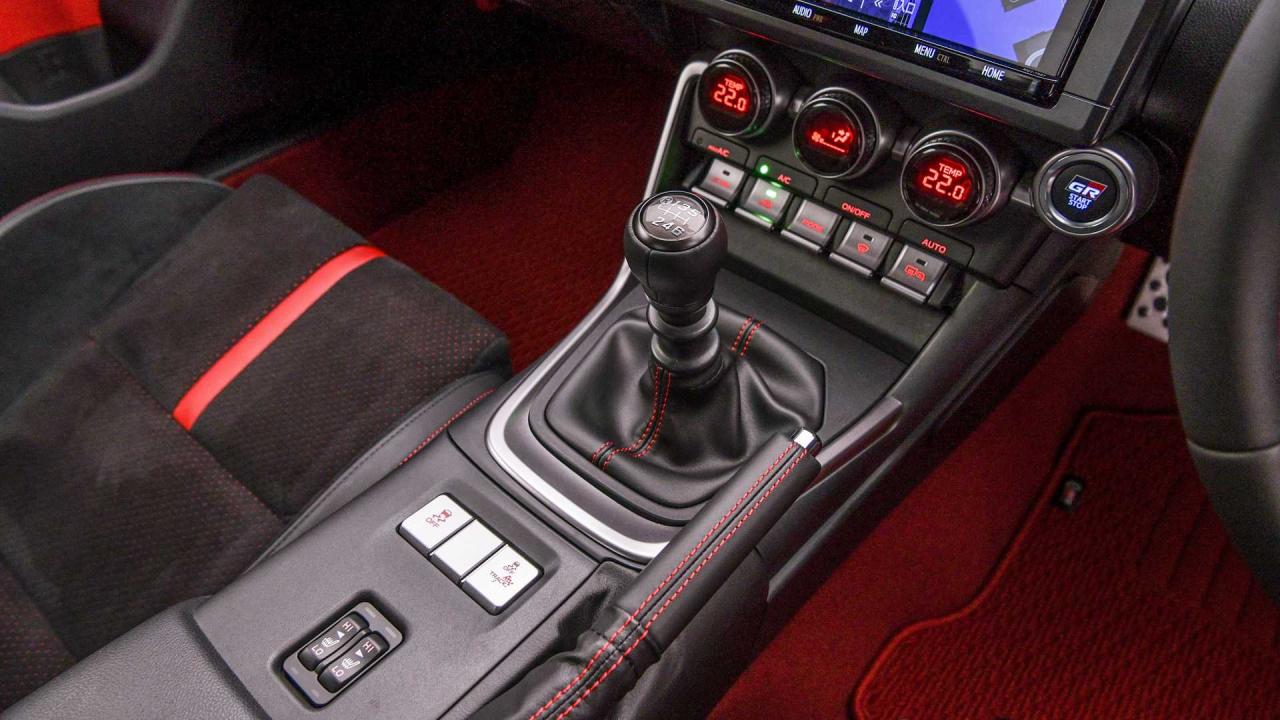
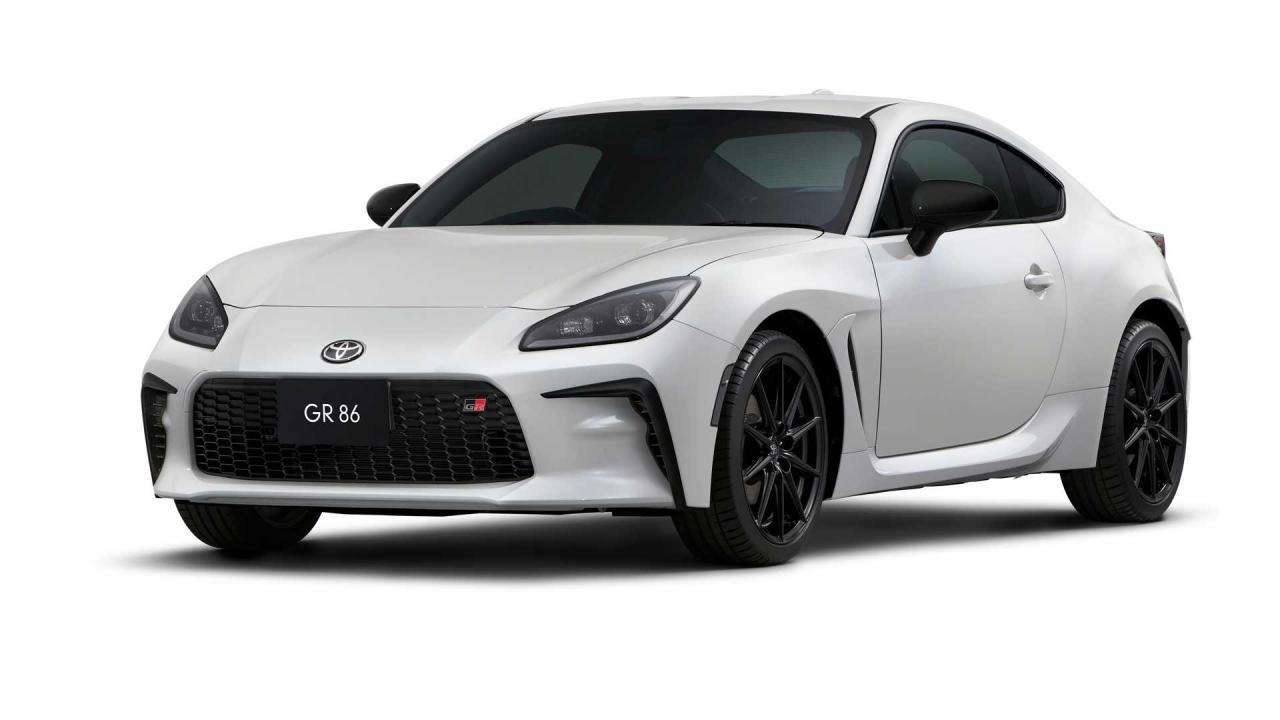
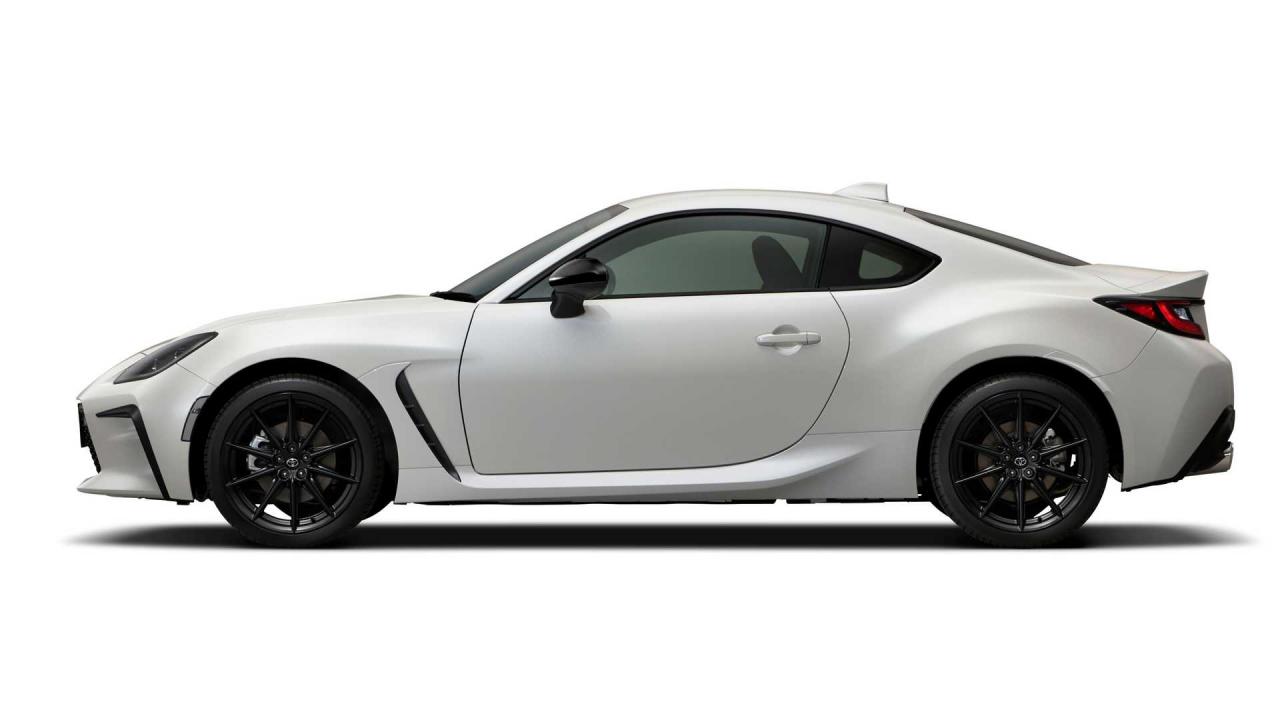
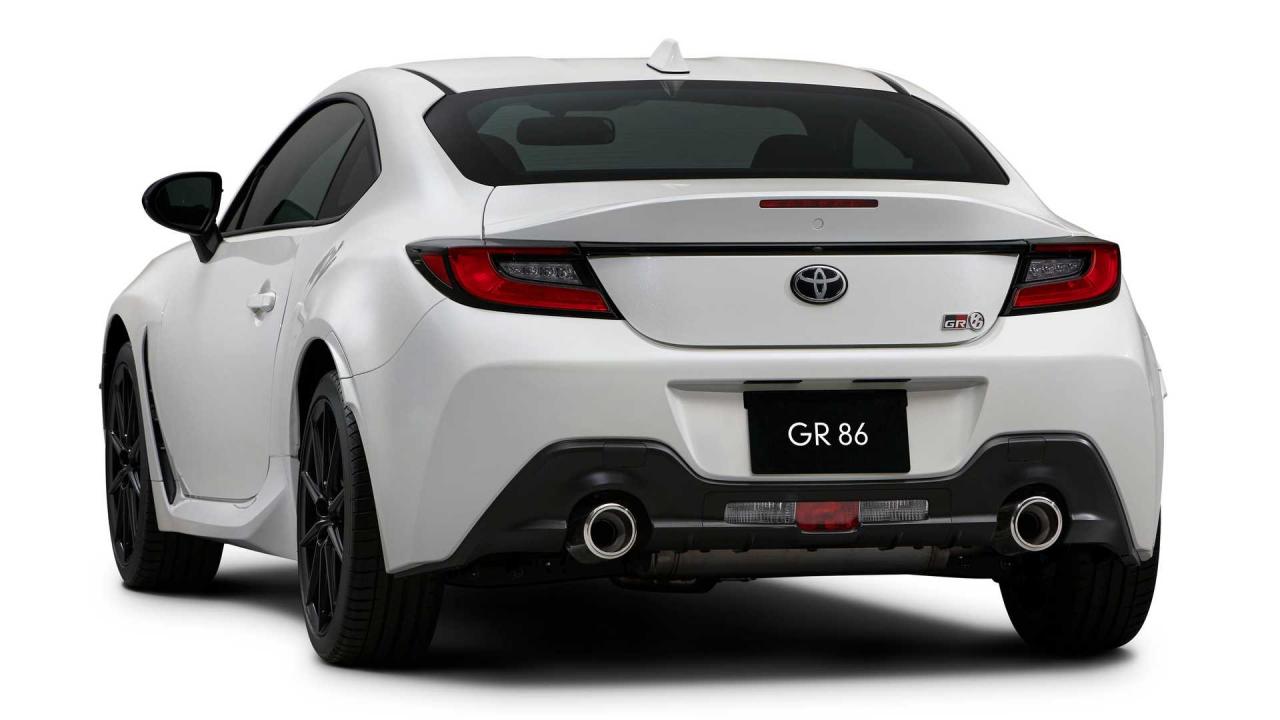
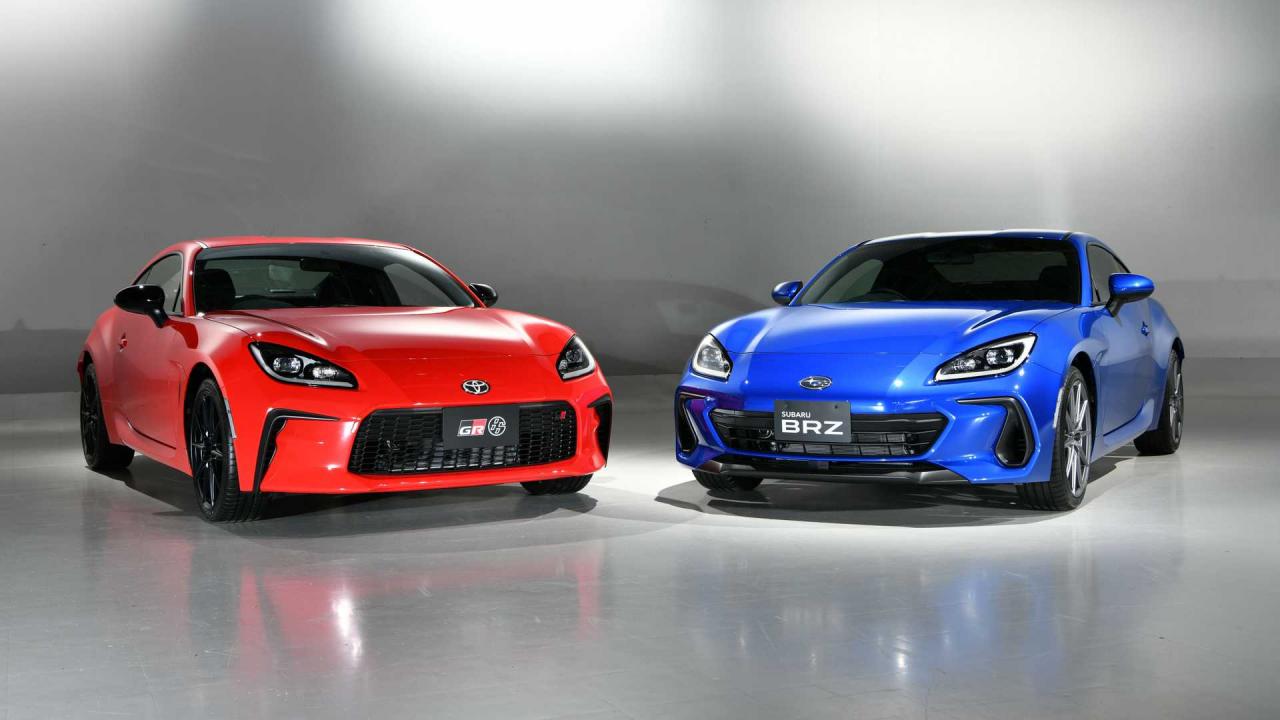
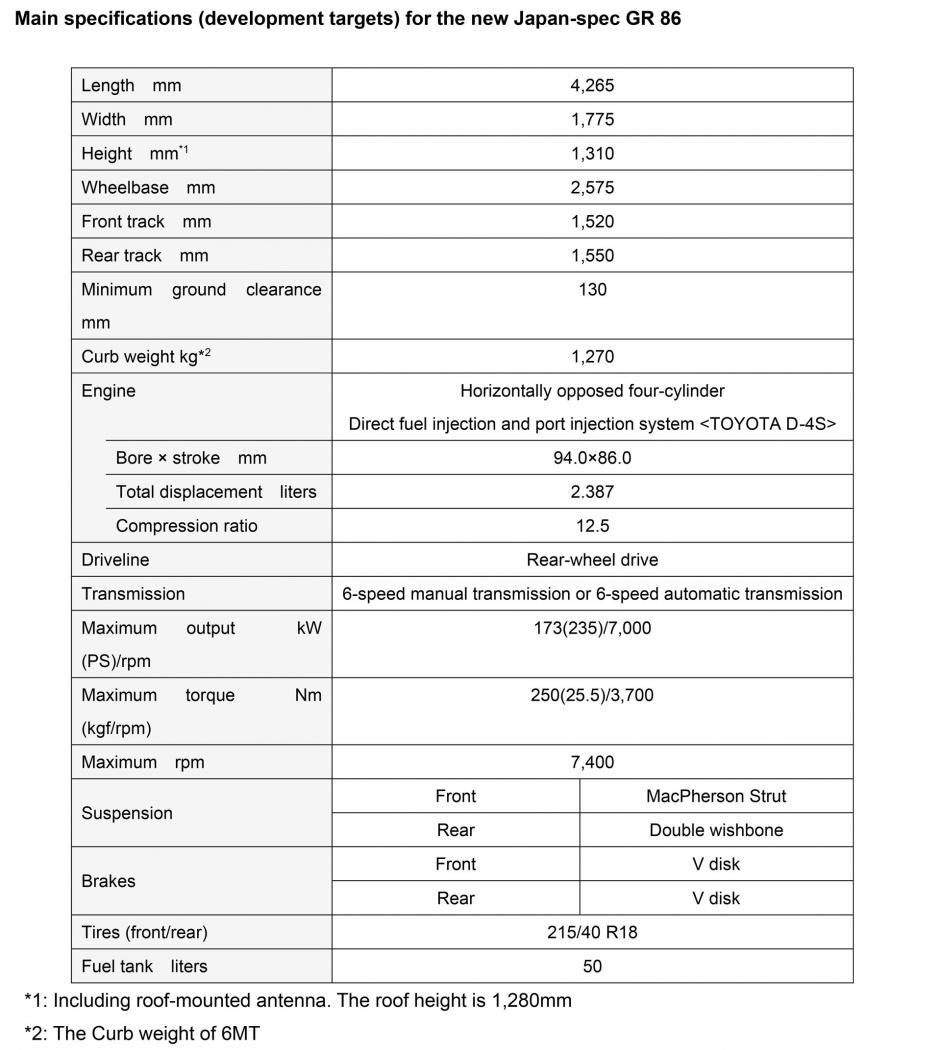
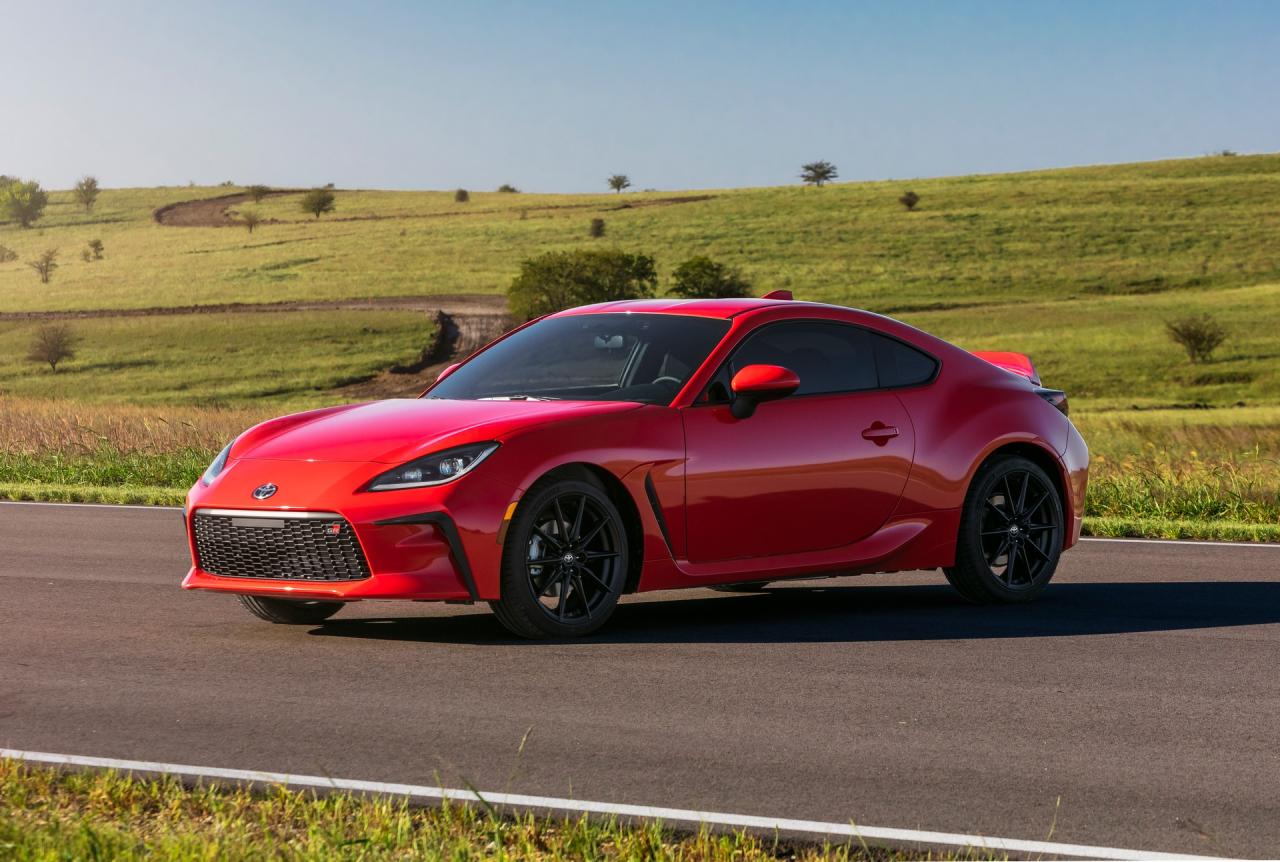
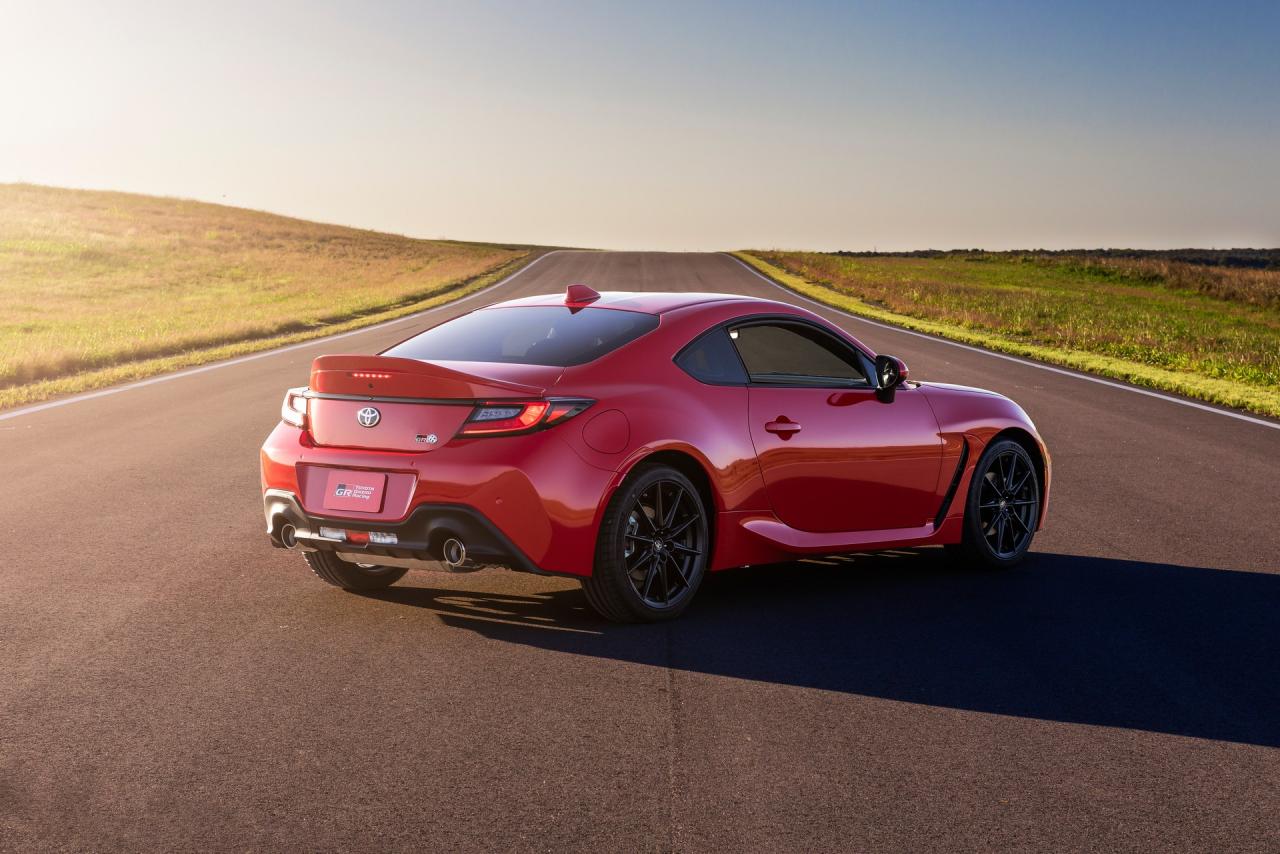
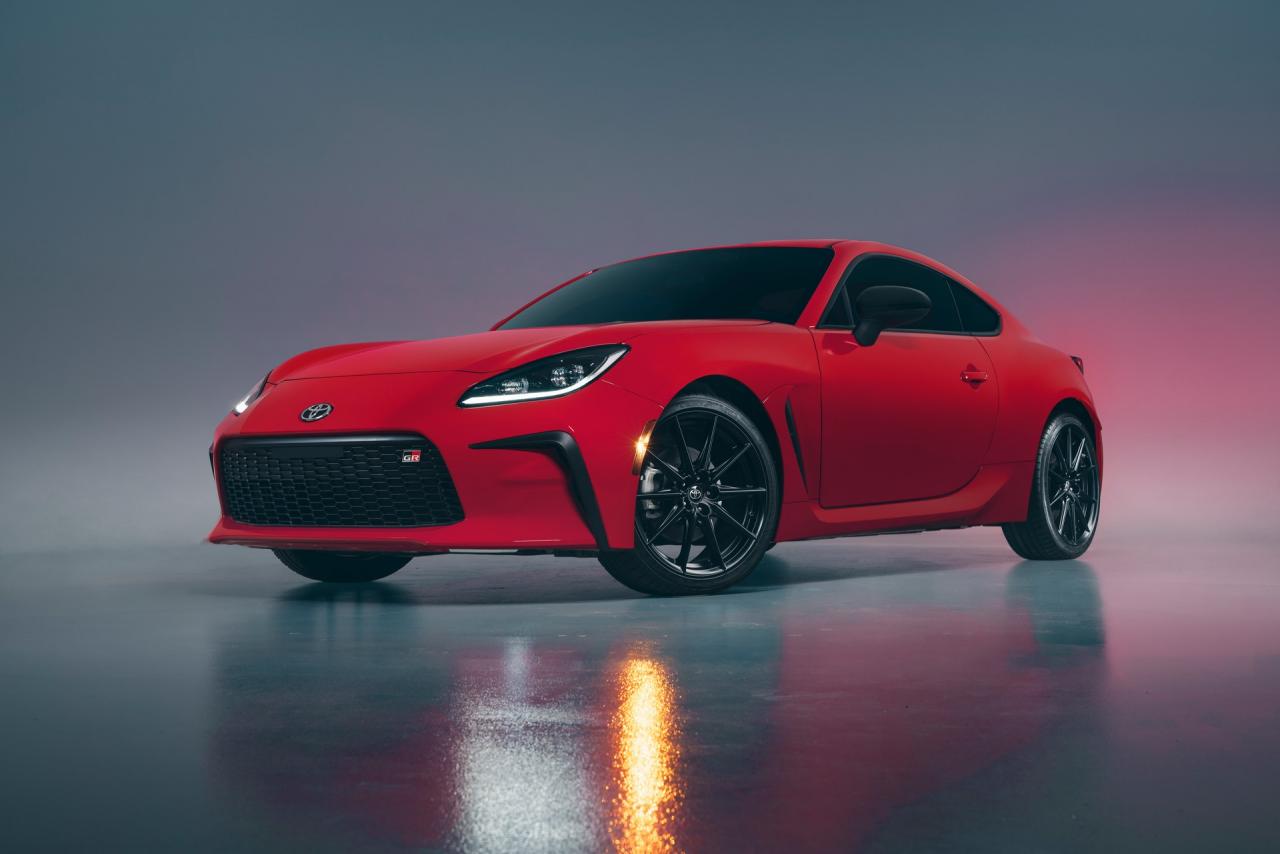
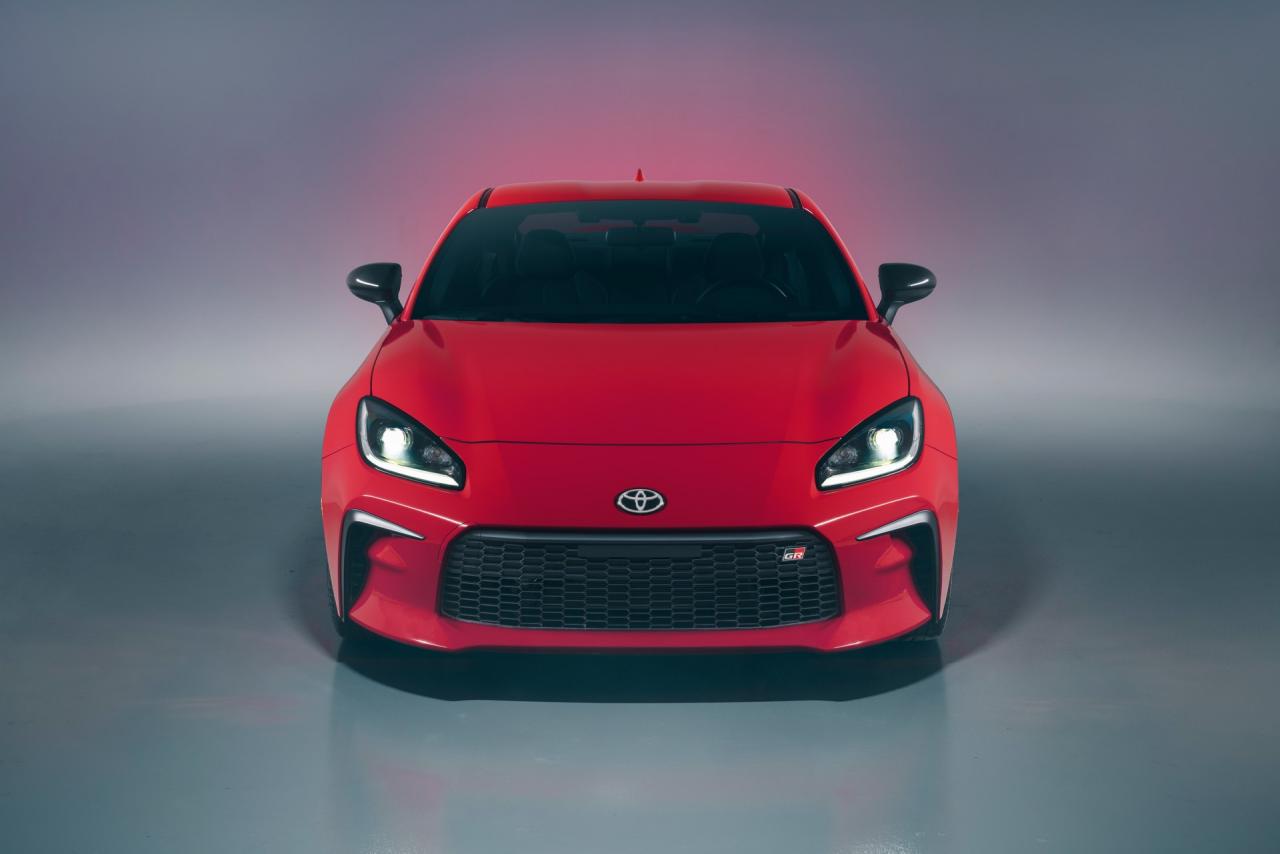
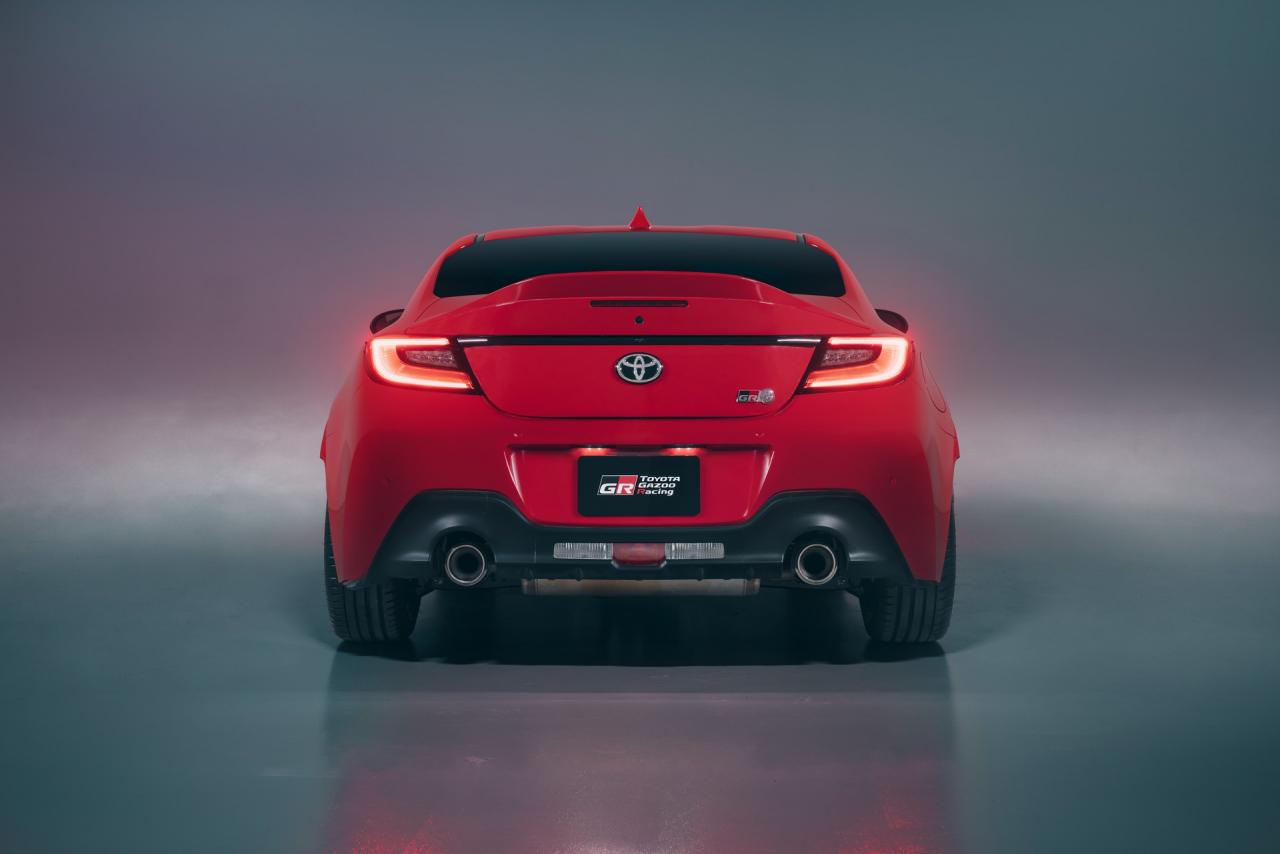
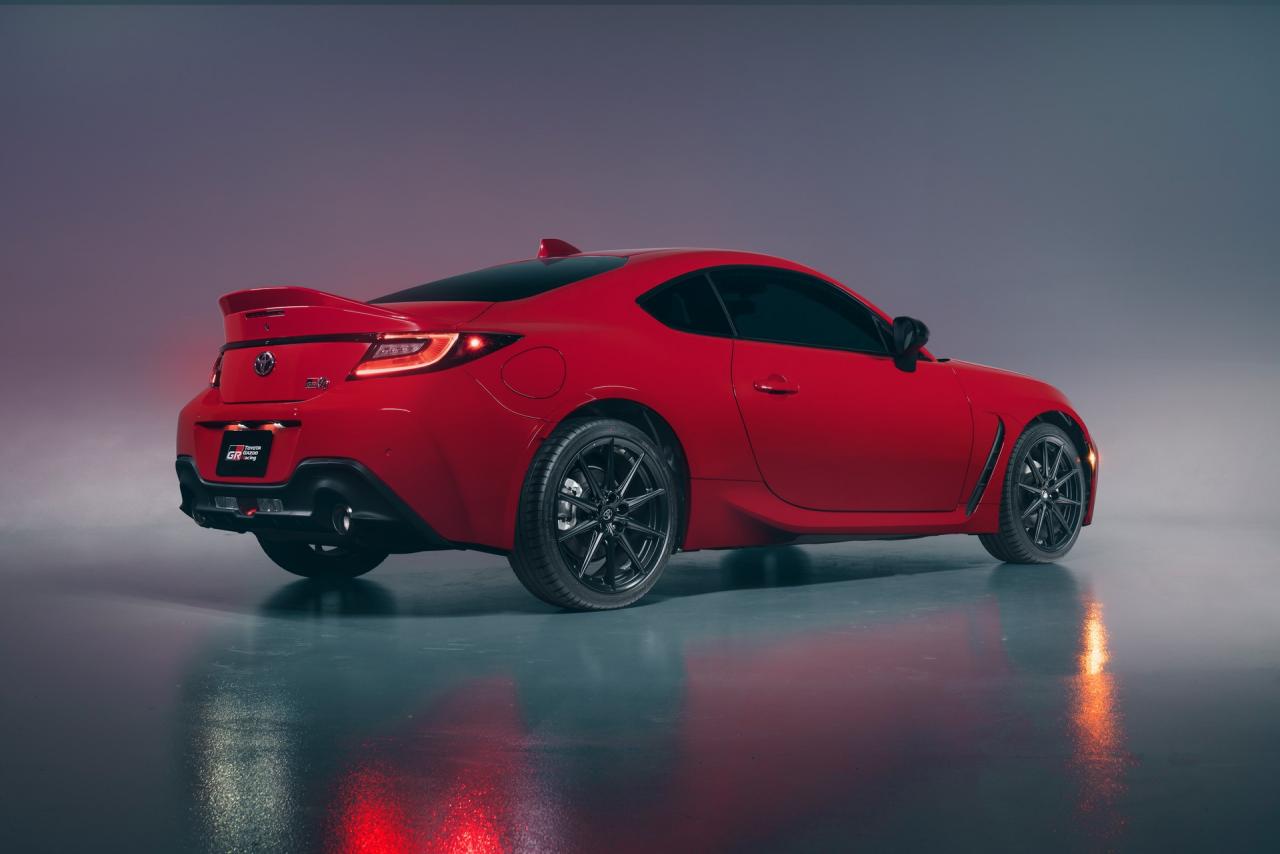
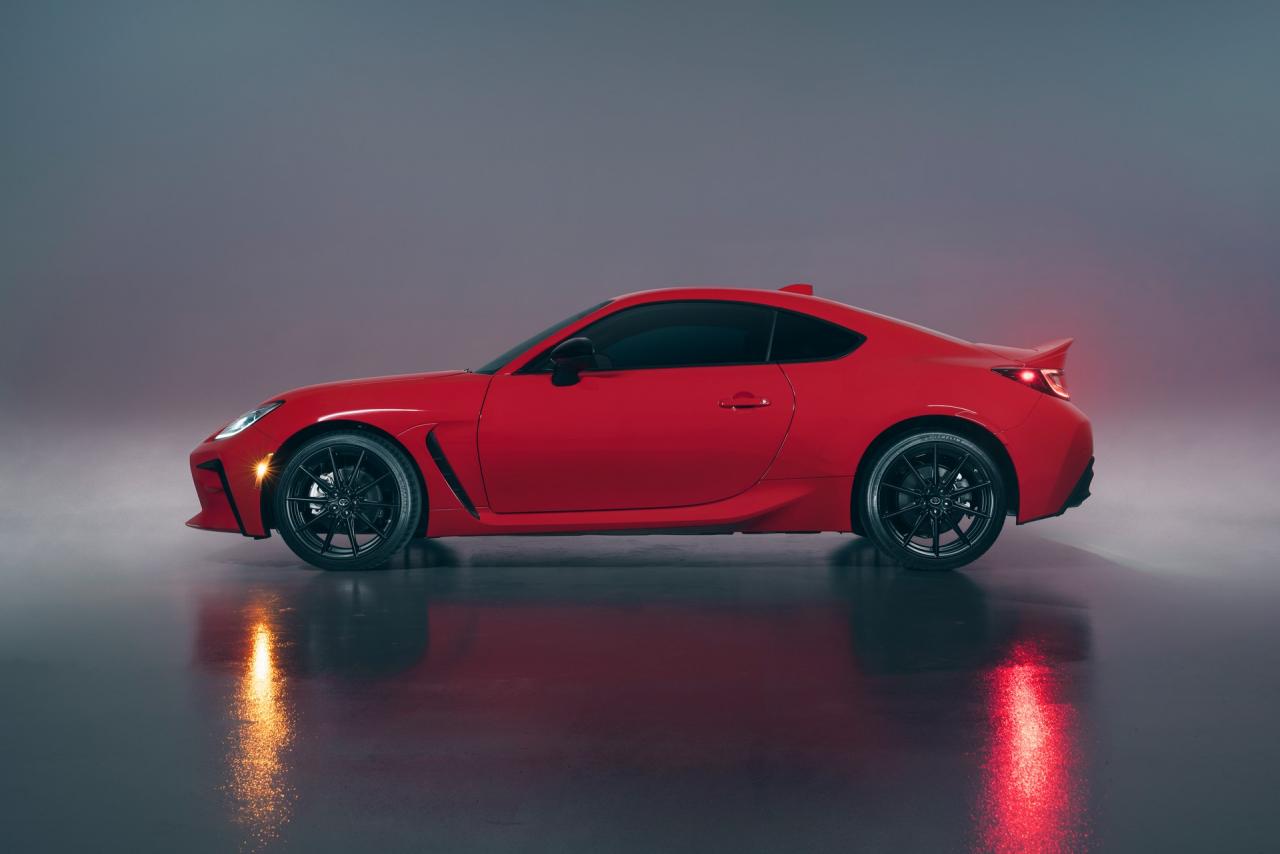
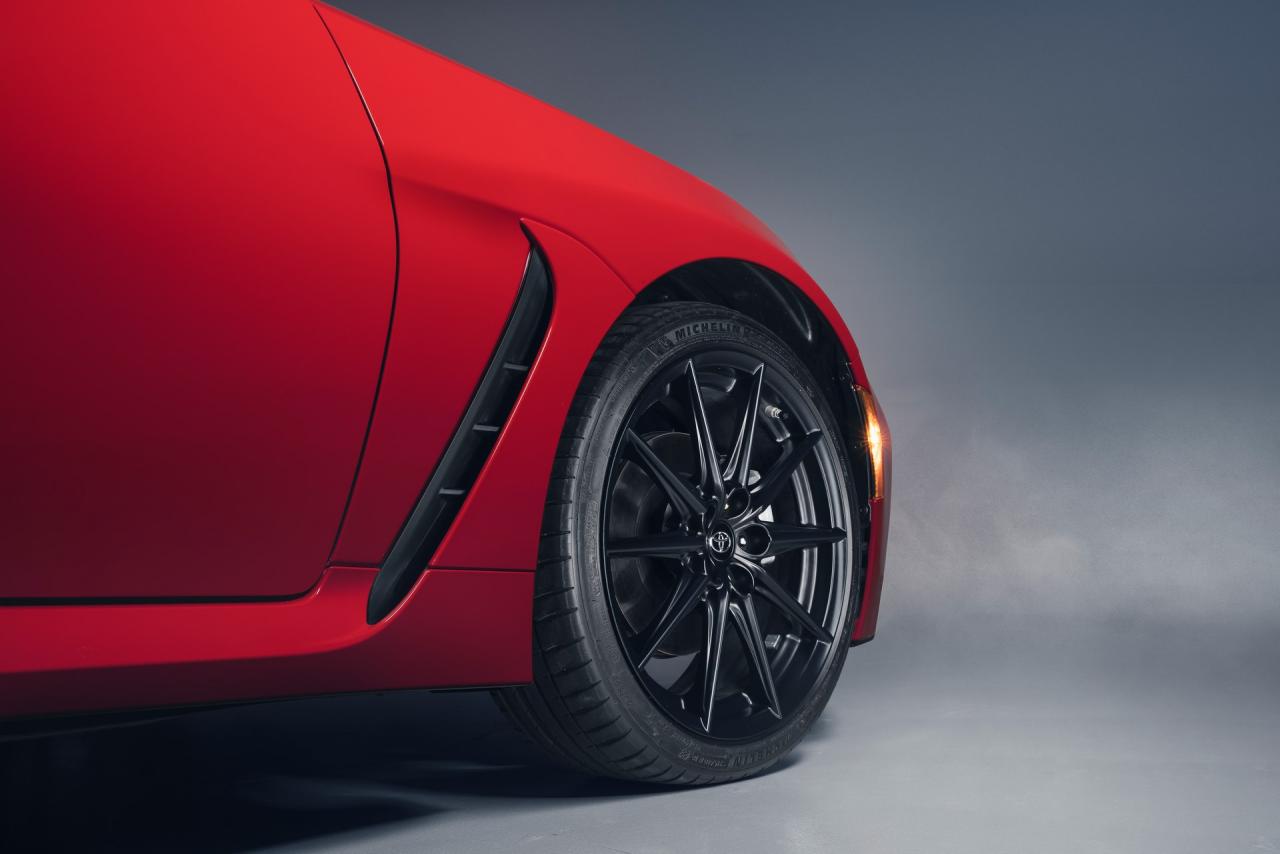
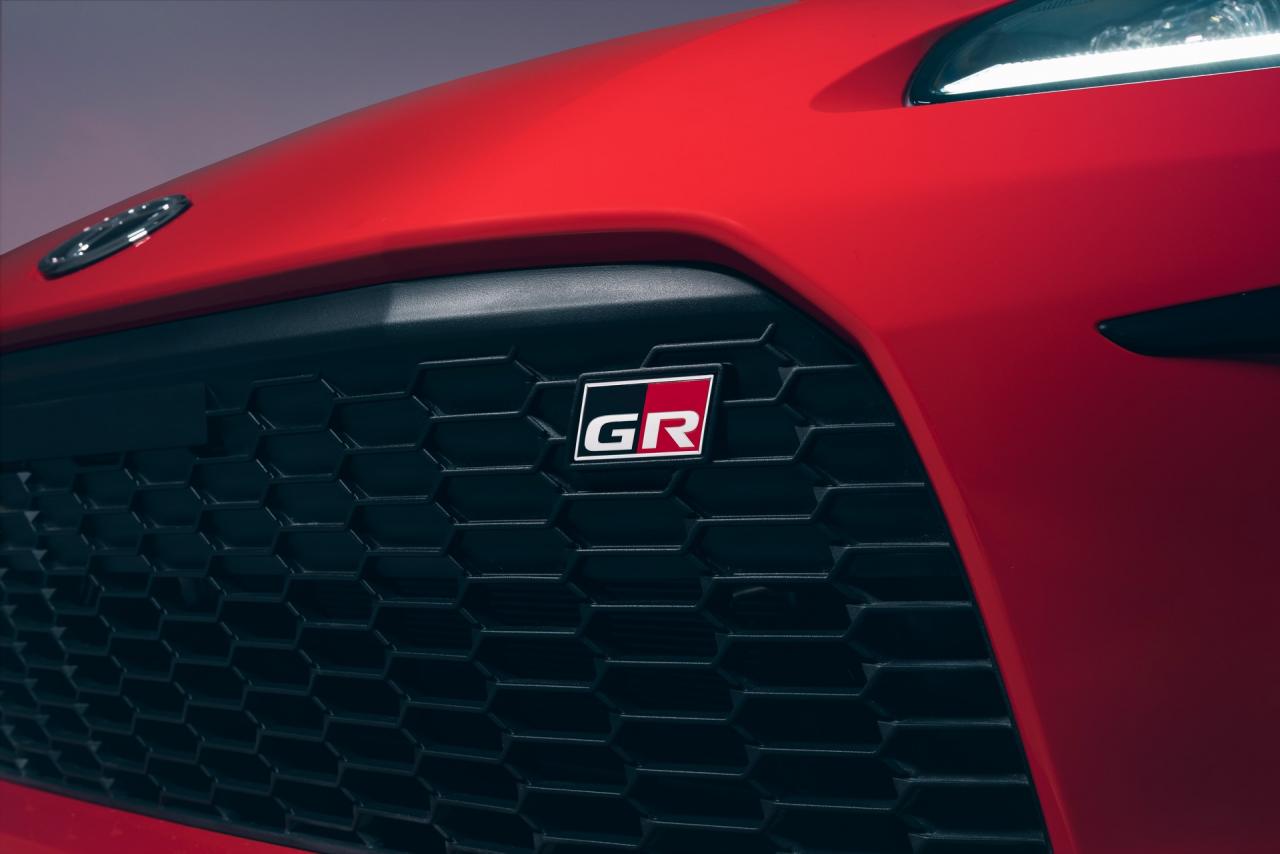
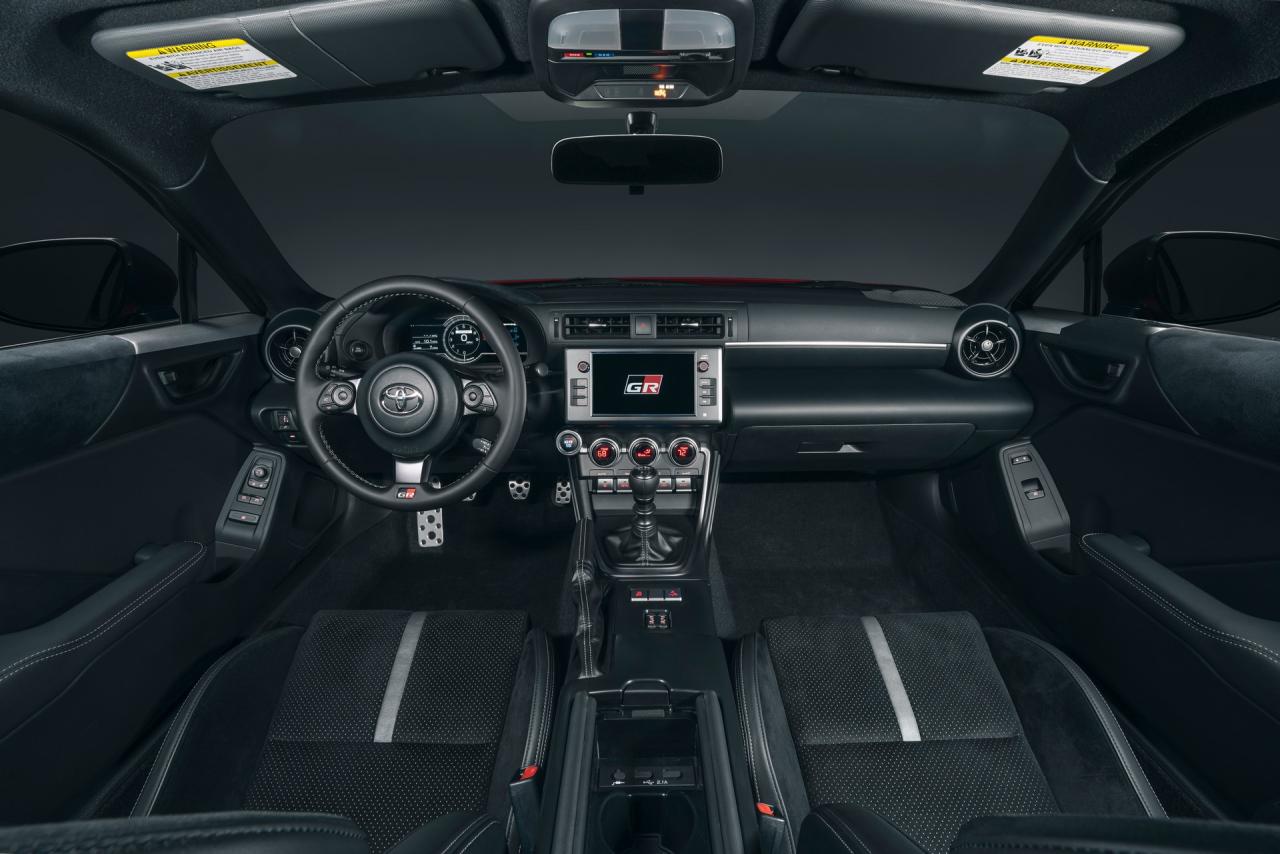
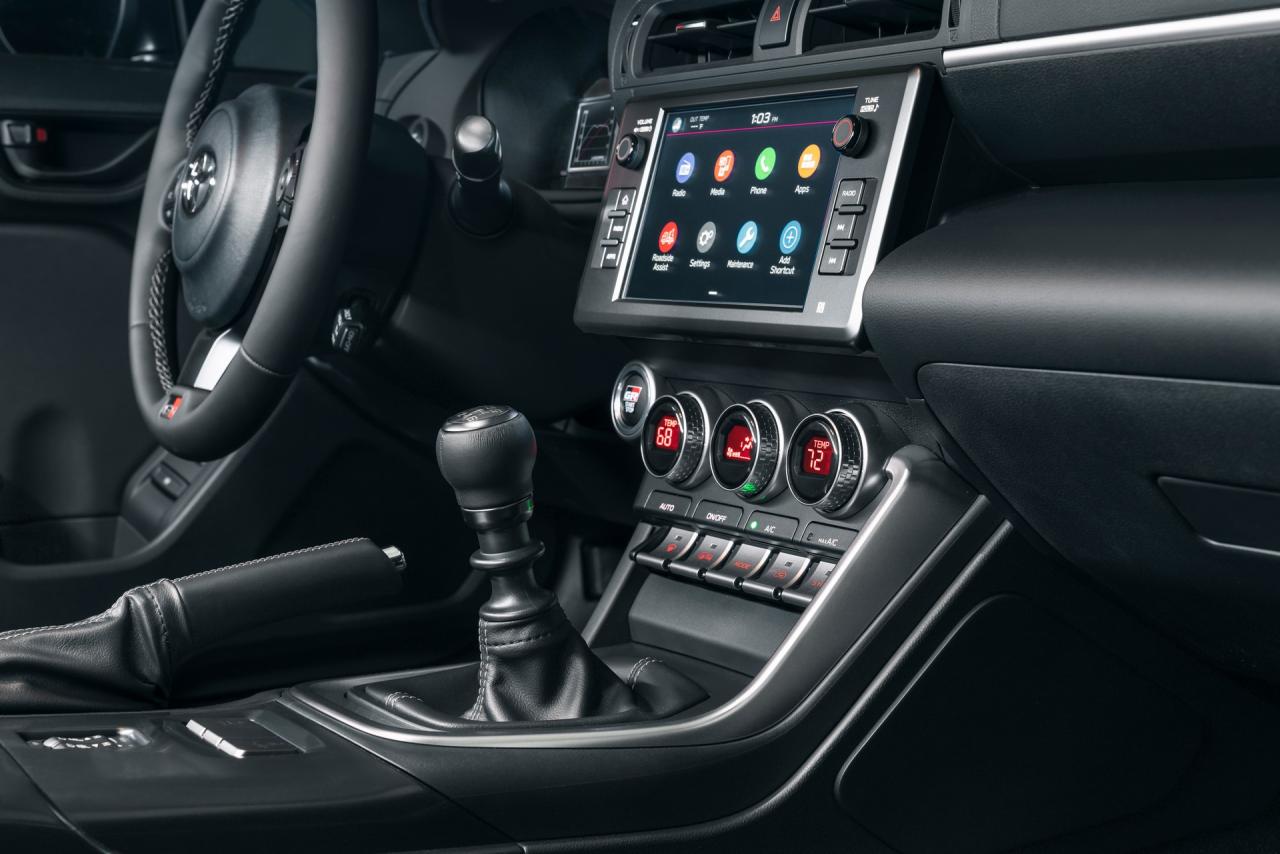
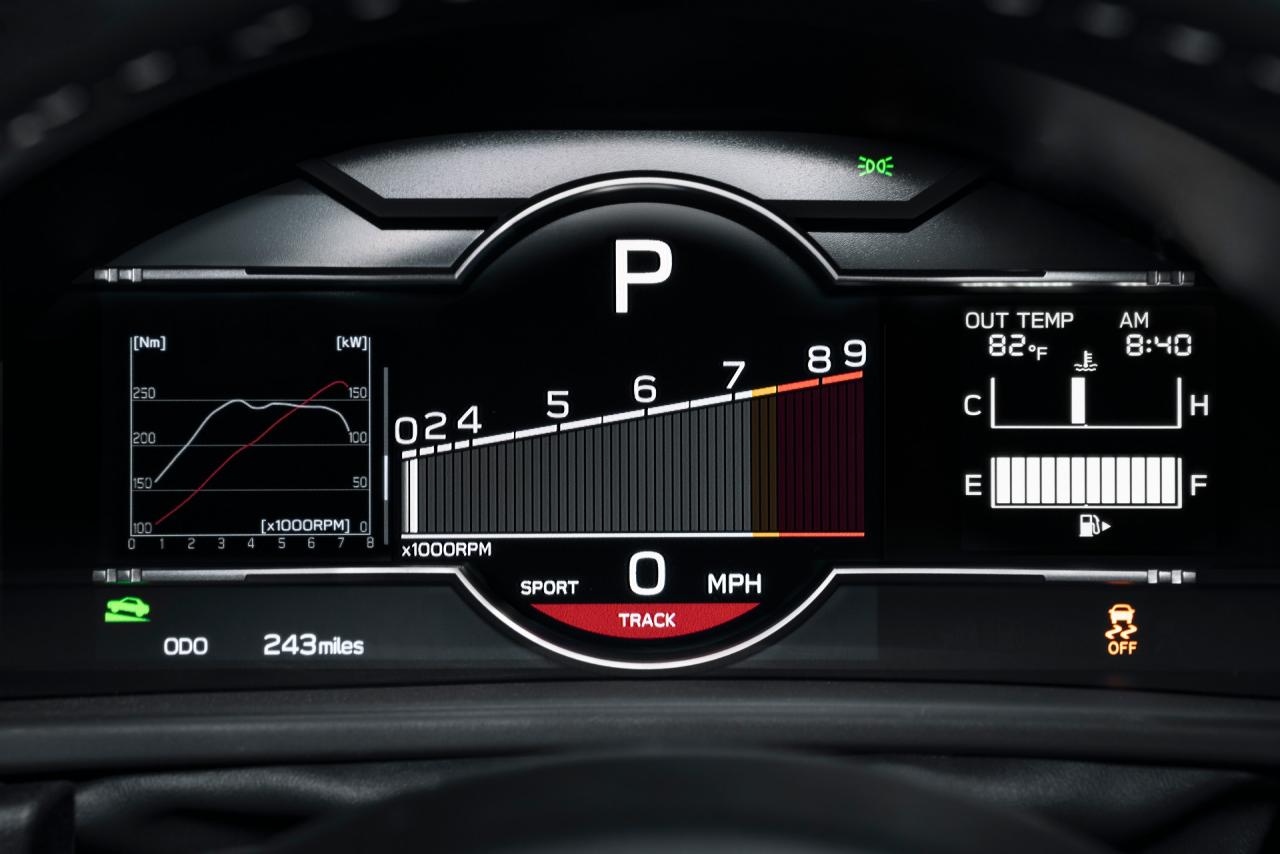
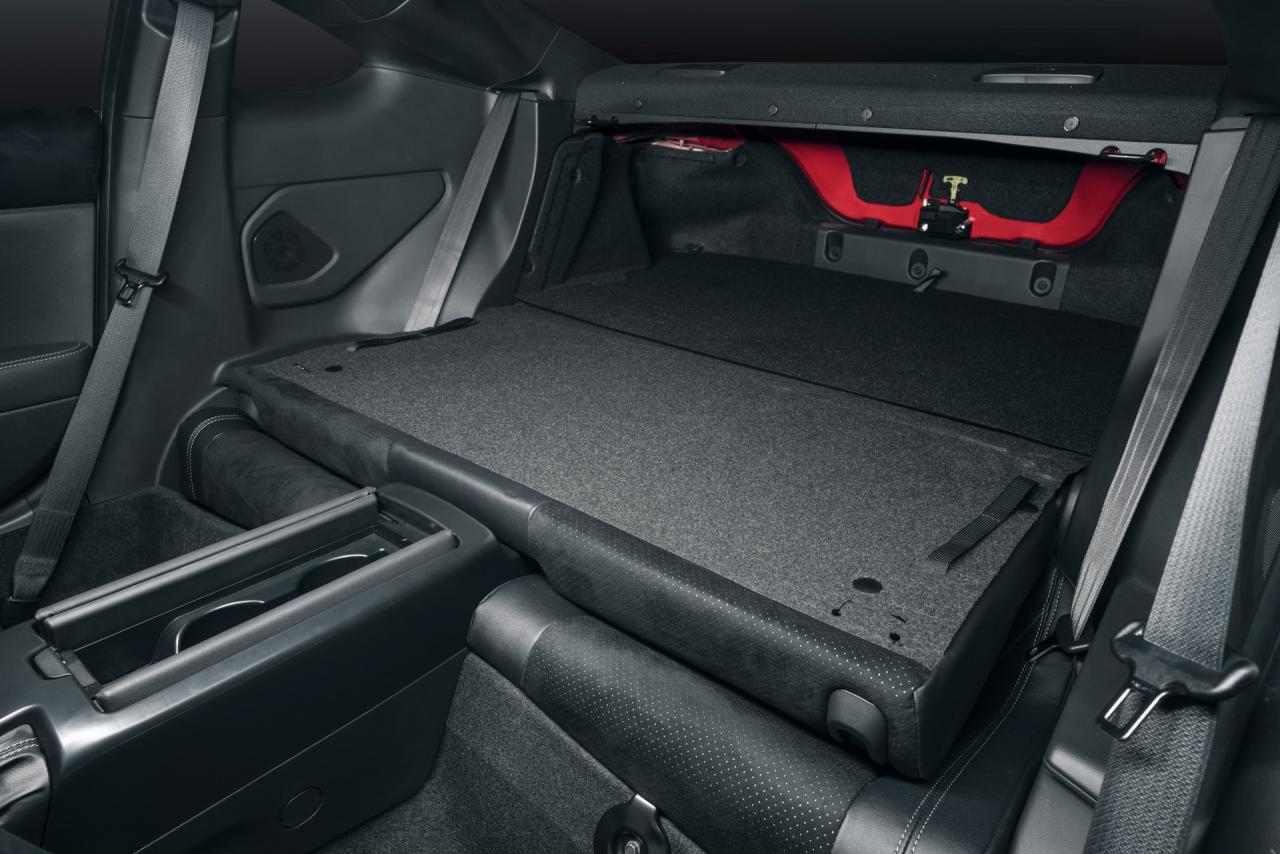
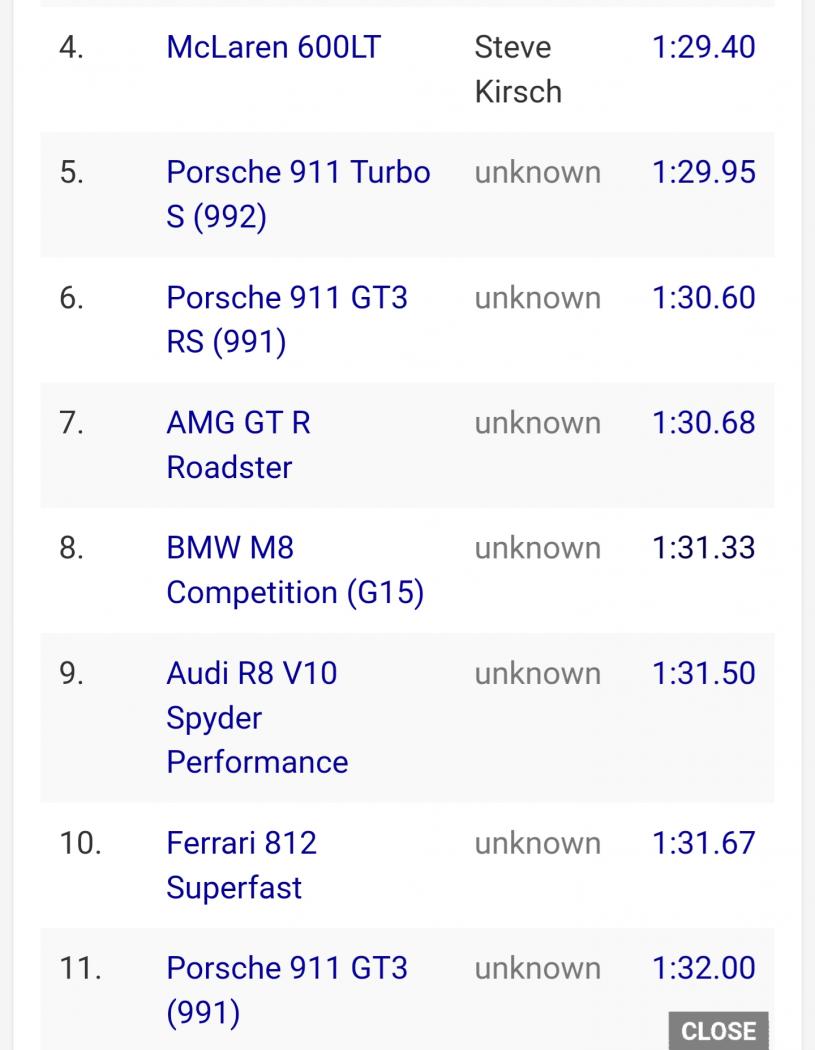
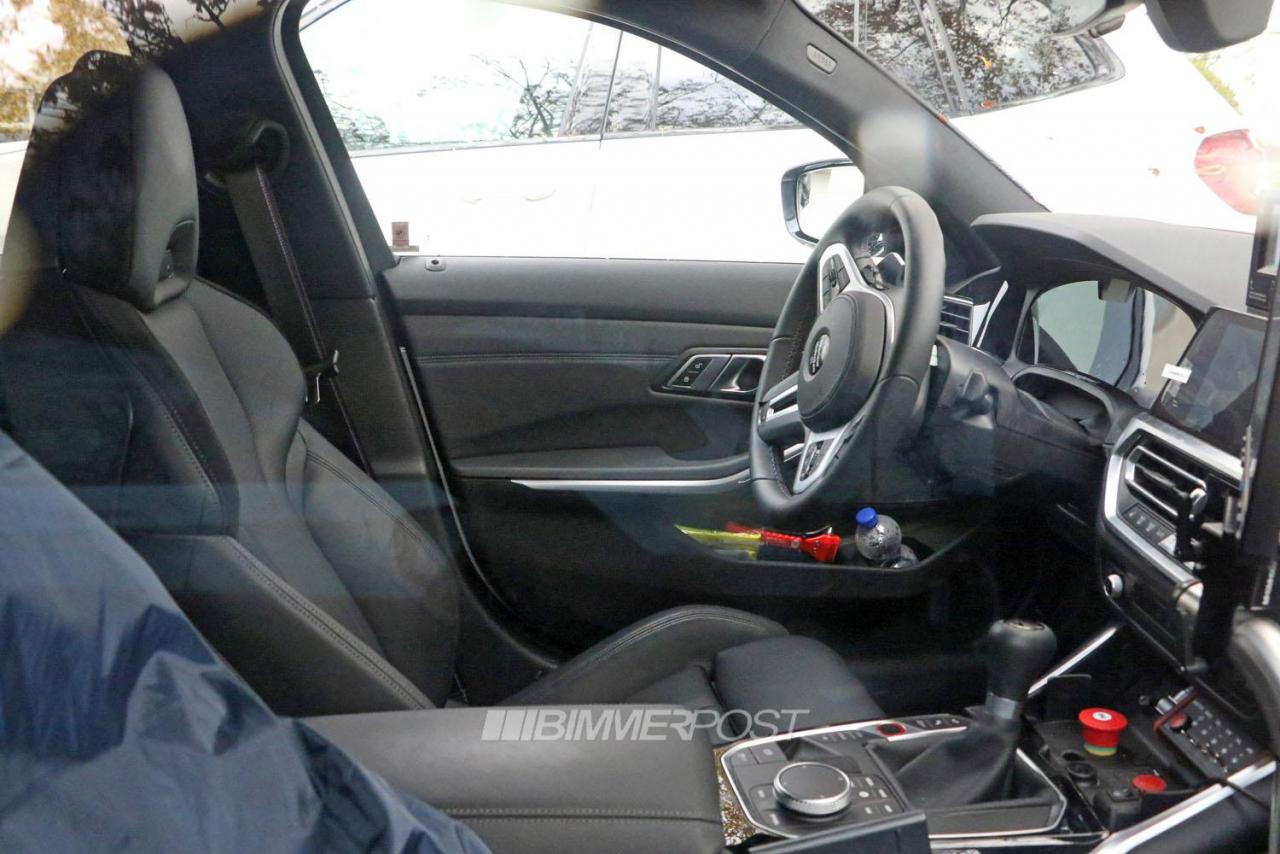
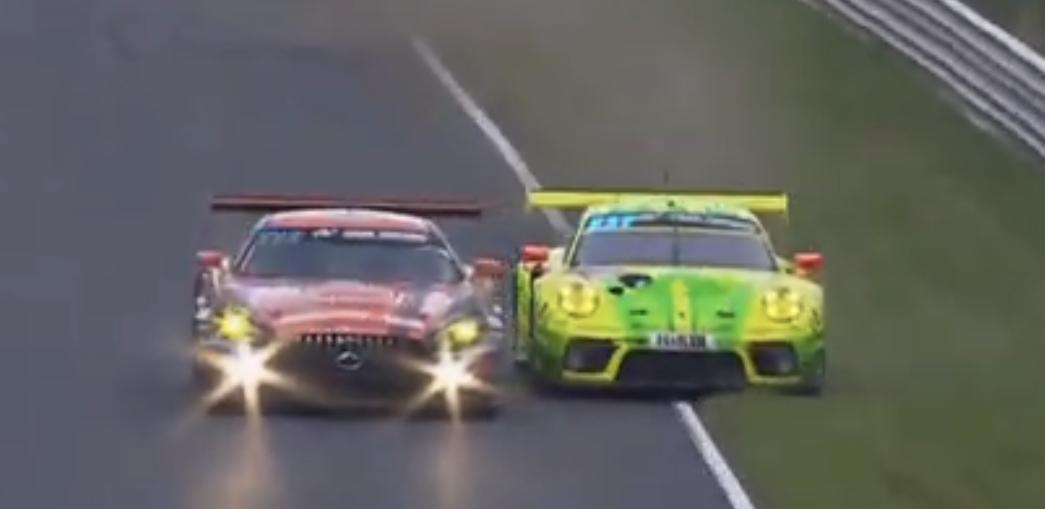
Toyota GR86 2022
in Toyota
Inviato
Ricordo questo bel video (con sottotitoli in inglese) che confrontava proprio BRZ e Alpine. Anche Tsuchiya e Max Orido chiedevano a gran voce un motore sovralimentato alla pari di quello dell'A110, ma non li hanno accontentati... chissà se con il nuovo modello cambieranno opinione.